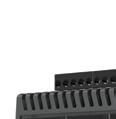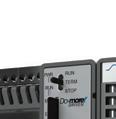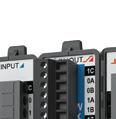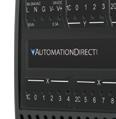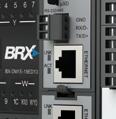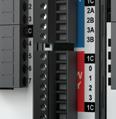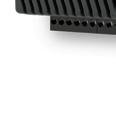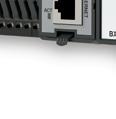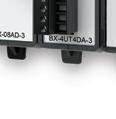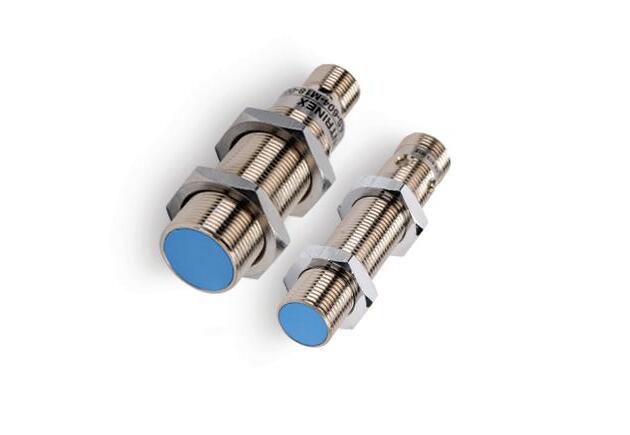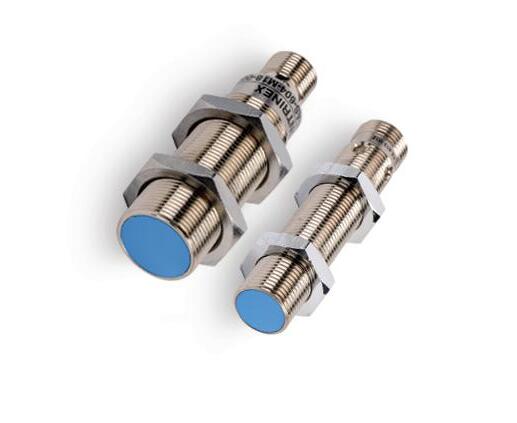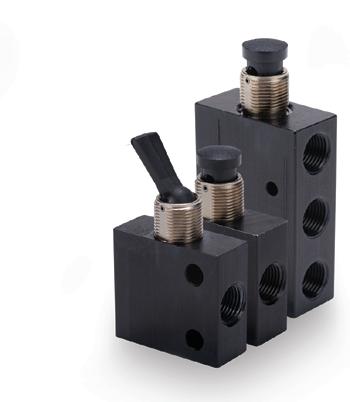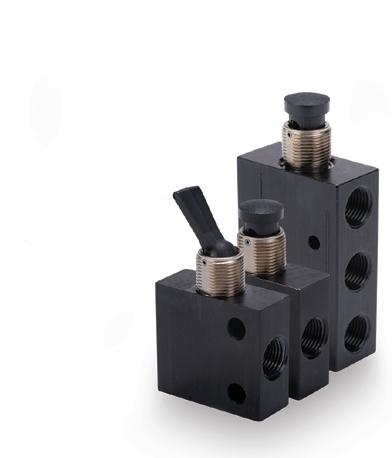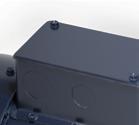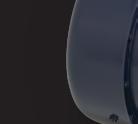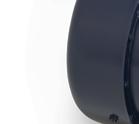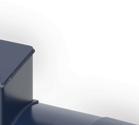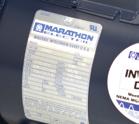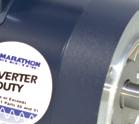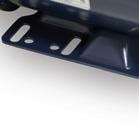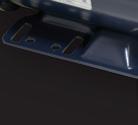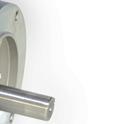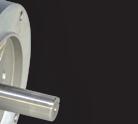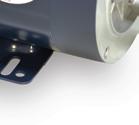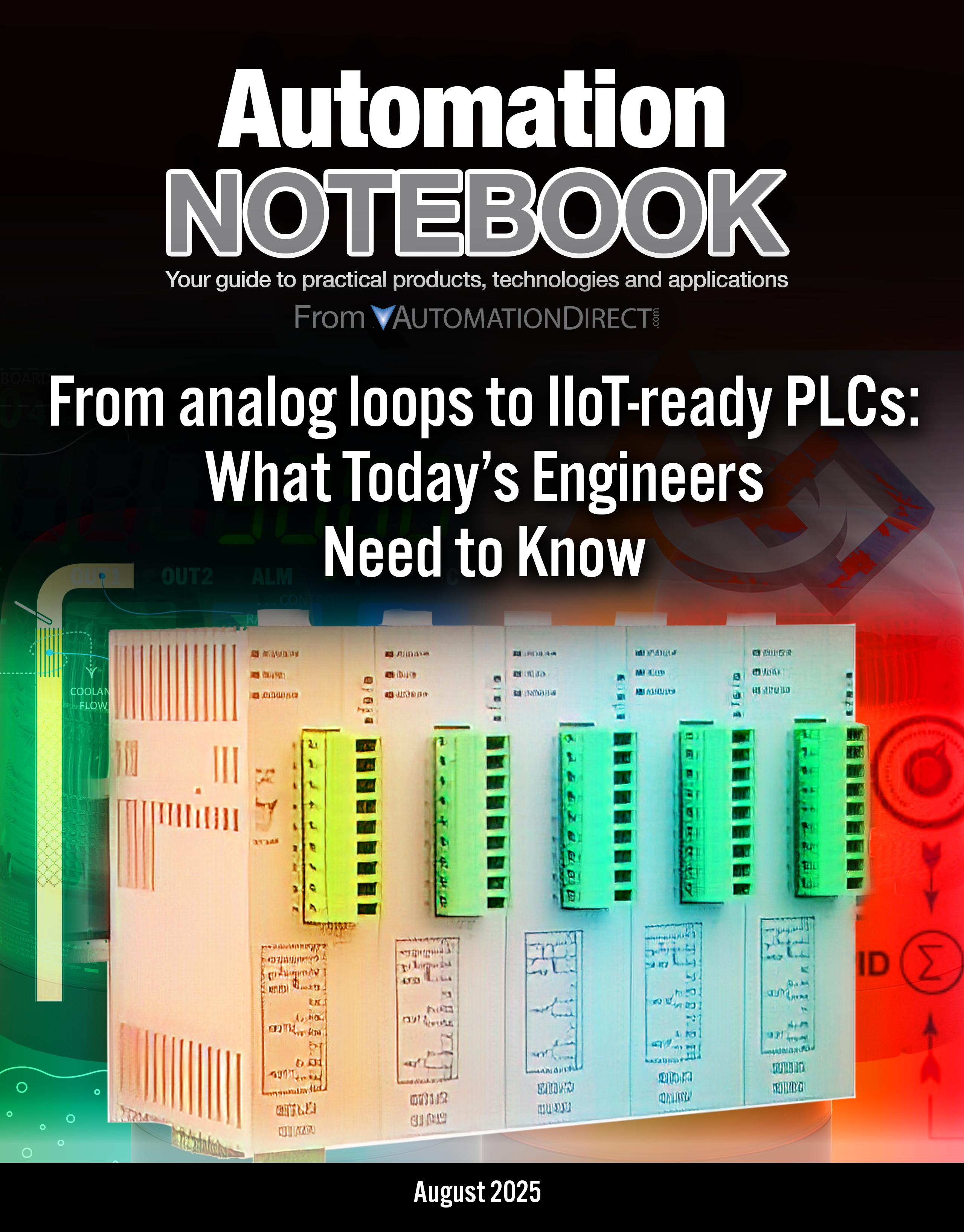

Turn

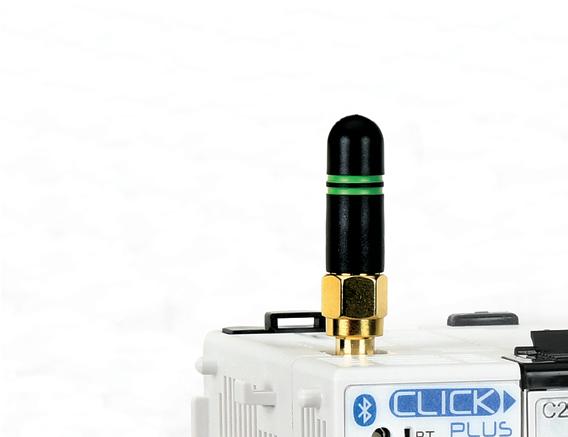
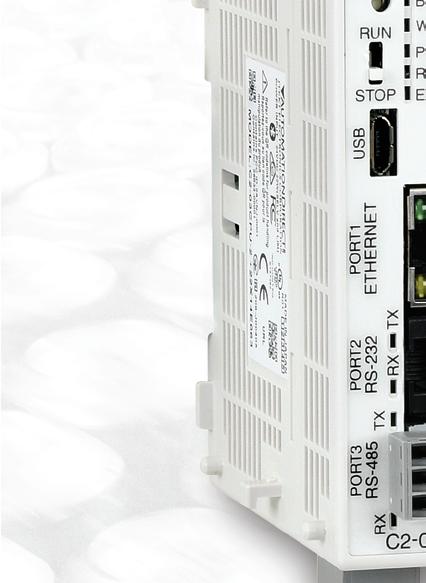

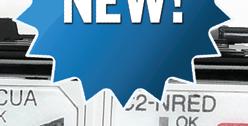
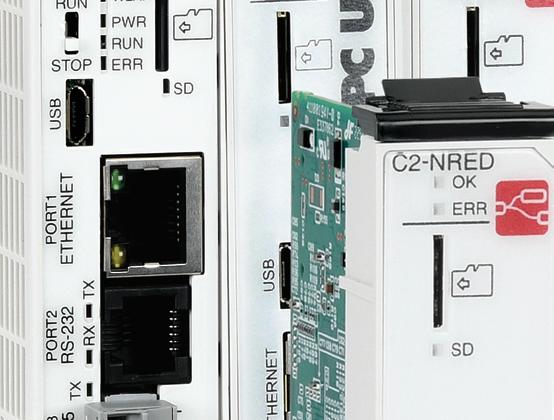




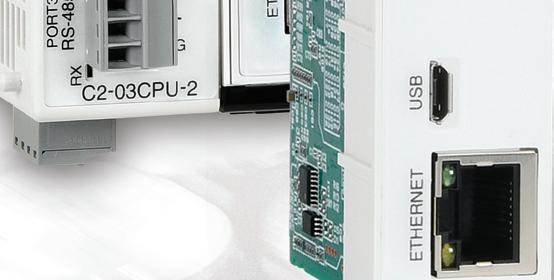

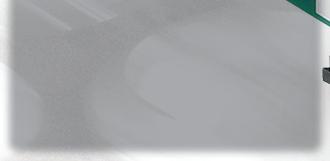
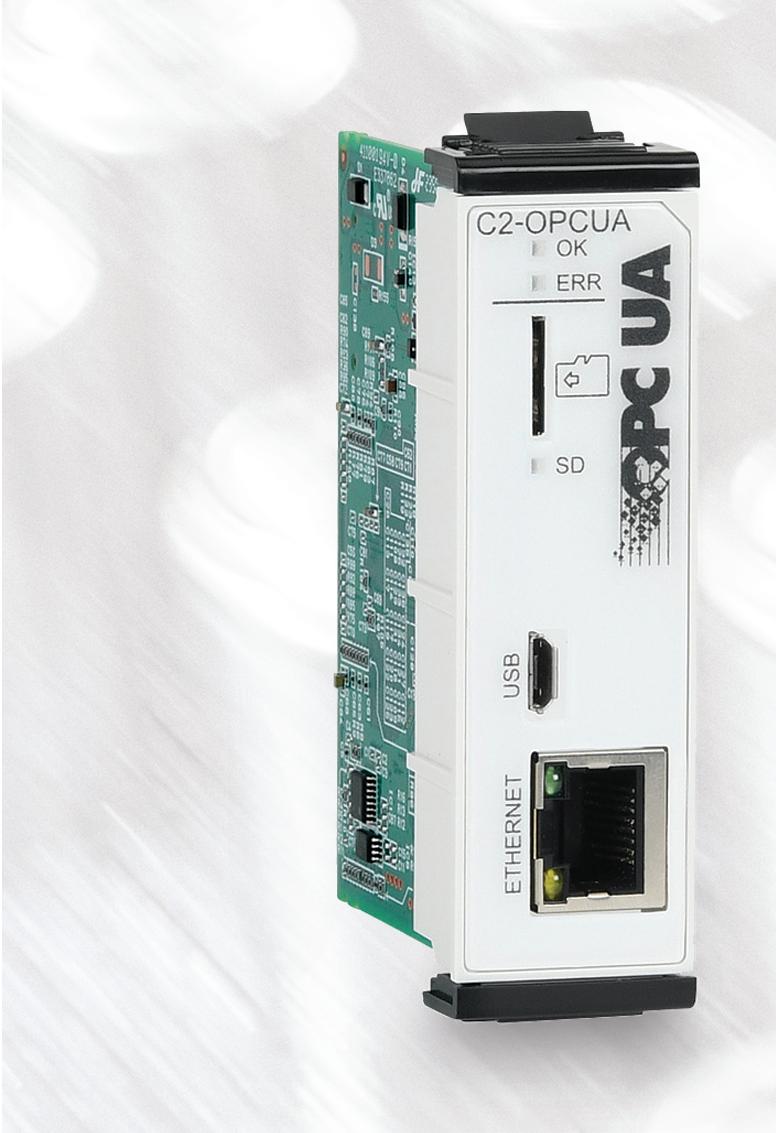






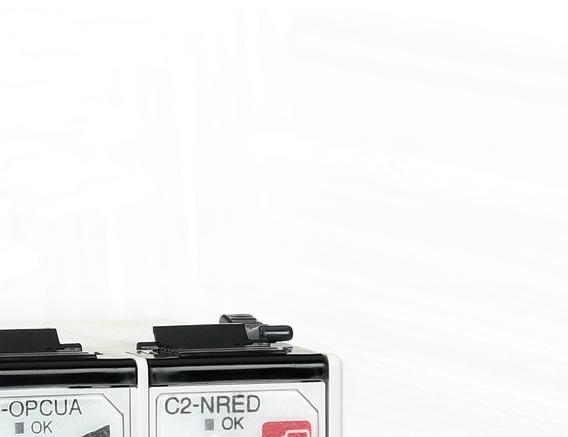
CLICK PLUS CPUs offer the utmost versatility with up to two option slots for custom control configurations.


With the new Node-RED® option slot module, you can combine the most affordable and user-friendly PLC in the industry with one of the most popular open-source software tools in the industrial sector for developing IIoT applications.












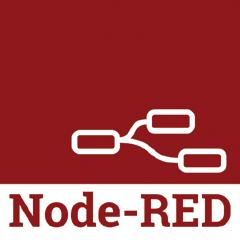
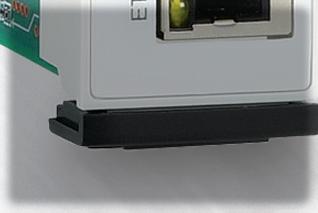

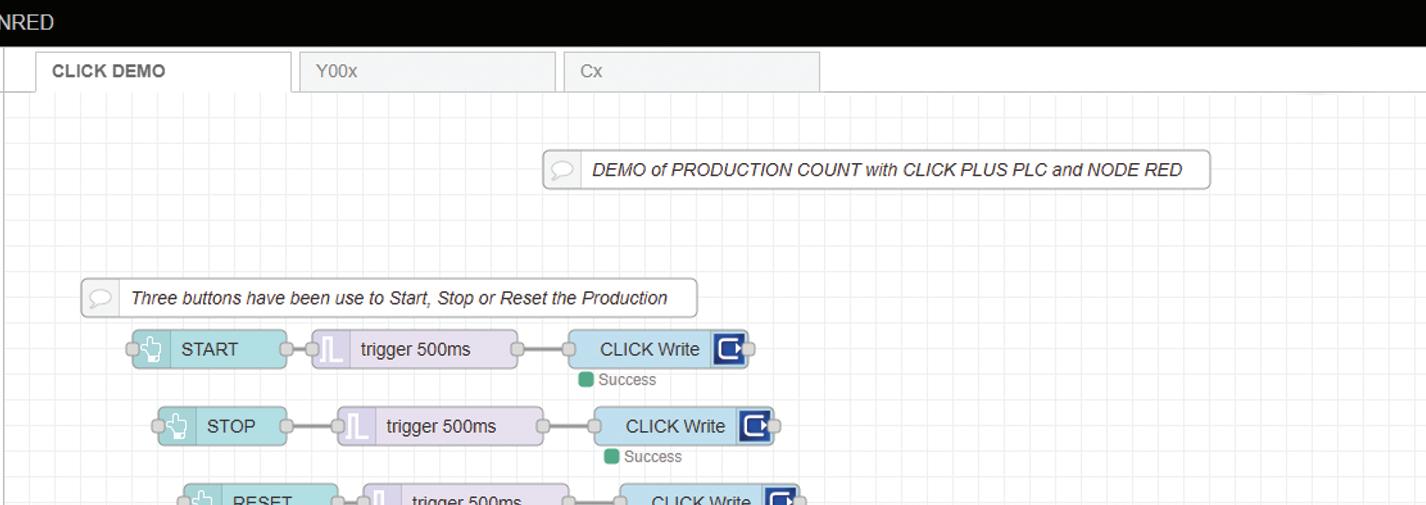




What can it do?


• Create interactive and customer-specific HMI dashboards that can be accessed with any browser






• Easily integrate plant-floor data into existing business systems/databases, e.g., MES or ERP systems







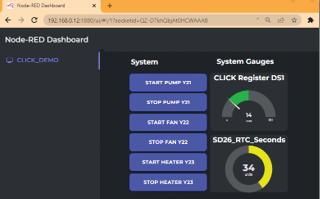
• Access cloud-based services or website APIs for a wealth of information (weather reports, energy/raw material costs, etc.) that can be used to optimize your processes










The C2-OPCUA module, when added to a CLICK PLUS CPU, allows the simplicity and reliability of CLICK PLCs to be deployed in many more applications, providing one of the lowest cost OPC UA systems available.
What does it offer?
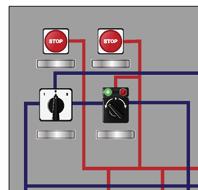
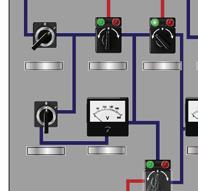
• Scalability - capable of large amounts of data transfer no matter the application
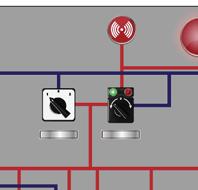
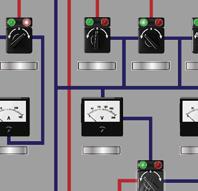
• Versatility - with OPC UA support, the CLICK PLUS can work seamlessly with numerous 3rd party control platforms, business/IT systems, cloud networks, SCADA systems, etc.
• Enhanced security - featuring authentication, authorization, and encryption methods

• Better efficiency - real-time data exchange for process optimization


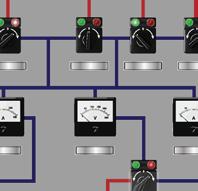




















The Power of the PLC
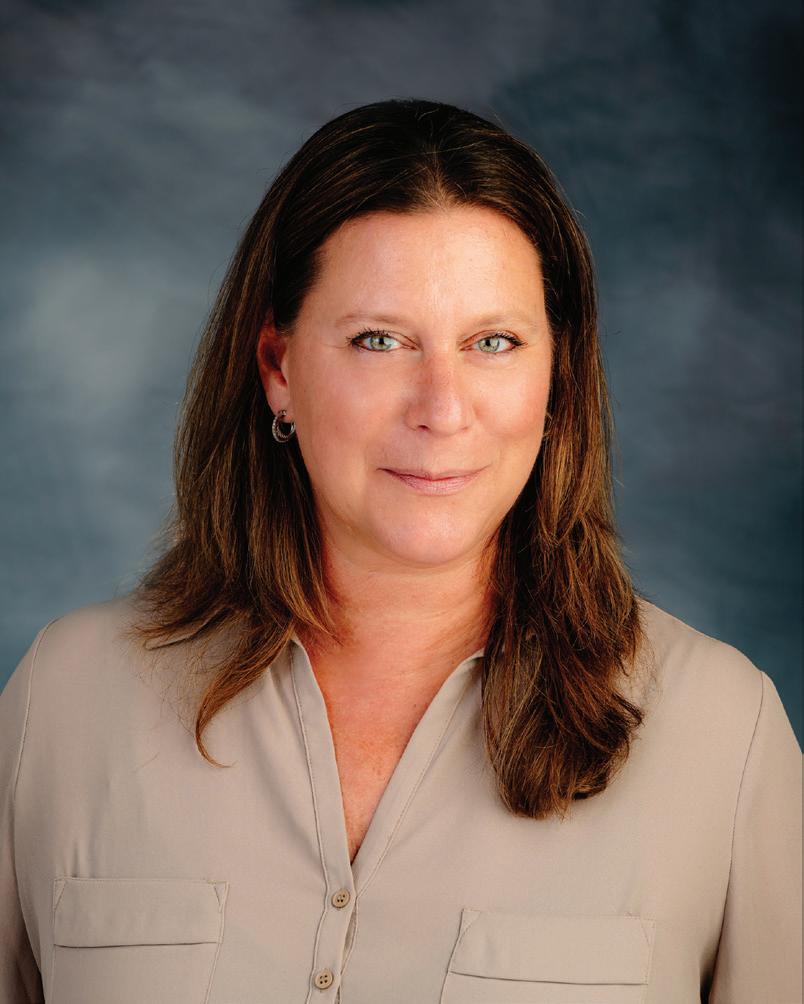
Stephanie Neil VP, Editorial Director sneil@wtwhmedia.com
Since its humble beginnings in the 1960s as a replacement for relay logic systems on the automotive line, programmable logic controllers (PLCs) have evolved into multi-core processing units that run many critical functions in manufacturing plants.
With more processing power and more memory, the PLC has also expanded beyond discrete operations for basic sequencing into more complex process applications that control variables like flow, pressure, and temperature.
Today, there’s basically a PLC for everything. And in this issue of NOTEBOOK we explore the many sides of this versatile industrial automation controller.
The tutorial really starts on page 8 where we highlight a Q&A with Jeff Payne, director of business development at AutomationDirect. Payne provides an overview of the innovations that have enabled PLCs to play a part in process control, including the technologies that push its capabilities to the edge — and even the cloud. Payne also provides recommendations on how to choose the right PLC for your application, including the PLC platforms suited for process control that engineers can get from AutomationDirect.
Despite the impressive power of the modern PLC, it’s possible that a simple solution is all that is required. In that case, a single-loop process controller, designed to monitor one process variable, might be the right fit. On page 14, Rin Irvin, product engineer, and Josh Waters, product manager for AutomationDirect’s process control products, walk through the options for easy and economical singleloop controllers.





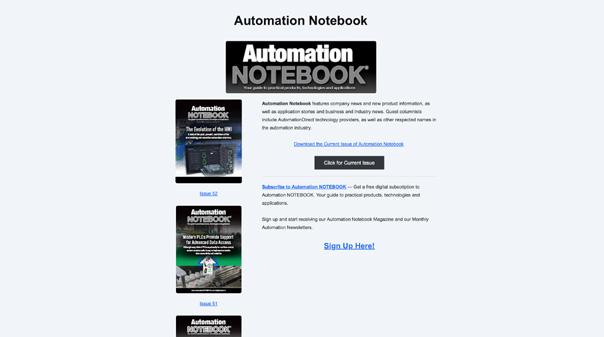

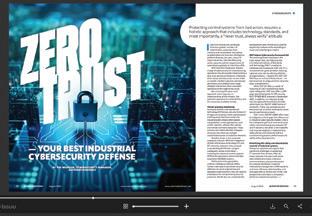





Caldwell Electrical Contractors is a member of the AutomationDirect SIDirect program, a network of system integrators that provide customers with integration services with an emphasis on PLCs, human machine interfaces (HMIs), and motion products. The Caldwell team has nearly 40 years of experience providing electrical and SI services for a variety of industries. Working with another SIDirect member, InterConnecting Automation, they developed a state-of-the-art turn-key automation solution for the food facility. You’ll want to read this story to learn more!
Award-winning HMI
In other news, in June, Control Engineering magazine announced the 2025 Product of the Year winners. AutomationDirect’s C-more CM5-RHMI took home the silver in the HMI category!
The CM5-RHMI stands out for many reasons, the most noticeable being its lack of an embedded display. Most HMIs incorporate embedded touchscreen displays, impacting their size, installation flexibility, and cost. But the CM5-RHMI, a headless HMI, eschews a built-in display in favor of a user-supplied external display or remote connectivity.
To that end, the CM5-RHMI offers powerful functionality at a lower price point, making it an attractive option for businesses looking to upgrade their automation systems without breaking the bank. Plus, a compact footprint makes this device easy to install into tight spaces. Find out more about this awardwinning HMI on page 5.
As always, we hope you enjoy the latest edition of NOTEBOOK — and if you do — please pass it on to a friend to enjoy too!
Stephanie Neil


Our PLC coverage doesn’t stop there. The technical brief on page 20 compares the use of dedicated devices versus using a PLC for proportional integral derivative (PID) control loops. And a case study on page 26 highlights how system integrator Caldwell Electrical Contractors implemented AutomationDirect’s Productivity 2000 micro-modular PLC to control a wastewater handling system for their food processing client.
Stephanie Neil

Square the Steps
Can you cut the shape below into four identical shapes that will fit together to form a square?
AutomationDirect
Jousting Knights
Using their regulation chess movements, can you swap the positions of the white and black knights? Each piece may make multiple consecutive moves but may only move in the manner of a knight, and all moves must land within the grid.
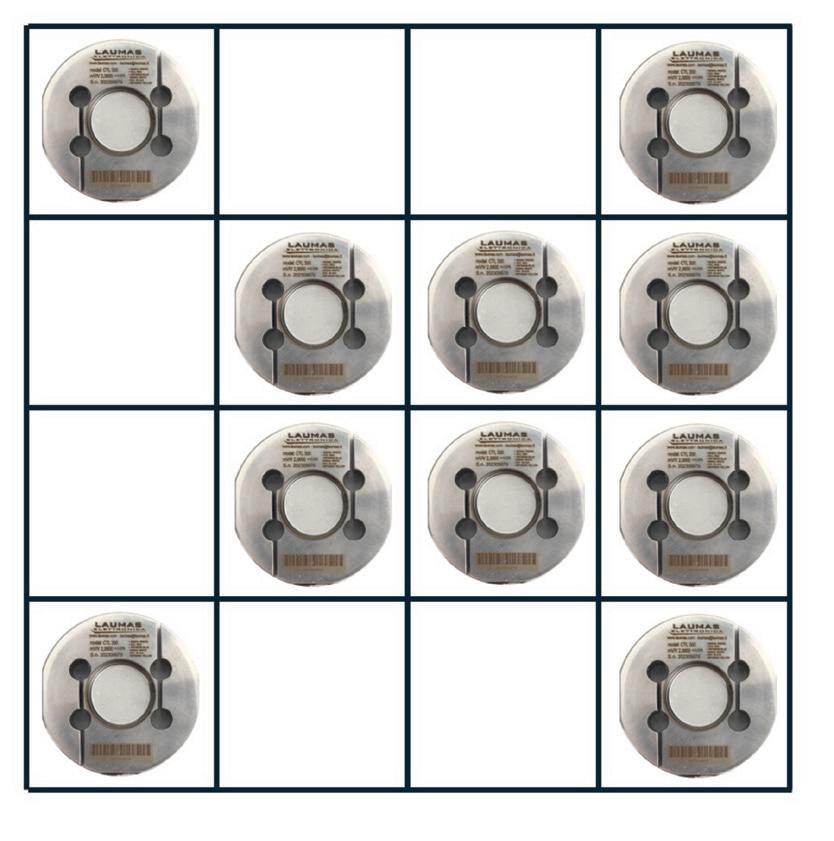

Cells within Cells
Can you move exactly two of the load cells to new squares, so that all the rows and columns will have an even number of load cells? Word is: there are 12 distinct solutions. Let us know if you can find a 13th!
Did you know that AutomationDirect now offers Laumas® load cells? Load cells convert force into electrical signals for weight and force measurement applications. Bending beam load cells measure perpendicular forces. Tension/ compression load cells measure pulling or pushing forces, while low-profile compression load cells provide weight measurement where space is limited.
Learn More: www.automationdirect.com/ weight-force-sensors
Find these answers and more @ library.automationdirect.com/brain-teasers-answers
EDITORIAL STAFF
VP, Editorial Director Stephanie Neil sneil@wtwhmedia.com
COORDINATING EDITORS Director of Marketing Joan Welty AutomationDirect jwelty@automationdirect.com
Technical Marketer Bill Dehner AutomationDirect bdehner@automationdirect.com
Advertising Manager Tina Gable AutomationDirect tgable@automationdirect.com
Puzzle Master Chip McDaniel cmcdaniel@automationdirect.com
CREATIVE SERVICES
VP, Creative Director Matt Claney mclaney@wtwhmedia.com
Cover Artist Erika Kinney ekinney@automationdirect.com
SALES TEAM VP, Business Development Jim Powers jpowers@wtwhmedia.com
CONTENT STUDIO
VP, Content Studio Peggy Carouthers pcarouthers@wtwhmedia.com
Program Manager Meghan Brown mbrown@wtwhmedia.com
Director, Content Studio Courtney New cnew@wtwhmedia.com
AUTOMATION NOTEBOOK does not pass judgement on subjects of controversy nor enter into dispute with or between any individuals or organizations. AUTOMATION NOTEBOOK is also an independent forum for the expression of opinions relevant to industry issues. Letters to the editor and by-lined articles express the views of the author and not necessarily of the publisher or the publication. Every effort is made to provide accurate information; however, publisher assumes no responsibility for accuracy of submitted advertising and editorial information. Non-commissioned articles and news releases cannot be acknowledged. Unsolicited materials cannot be returned nor will this organization assume responsbility for their care.
Copyright© 2025, AutomationDirect.com Incorporated/All Rights Reserved. No part of this publication shall be copied, reproduced, or transmitted in any way without the prior, written consent of AutomationDirect.com Incorporated. AutomationDirect retains the exclusive rights to all information included in this document.
AutomationDirect 3505 Hutchinson Road Cumming, GA 30040
Ph: 800.633.0405 | 770.889.2858 FAX: 770.889.7896
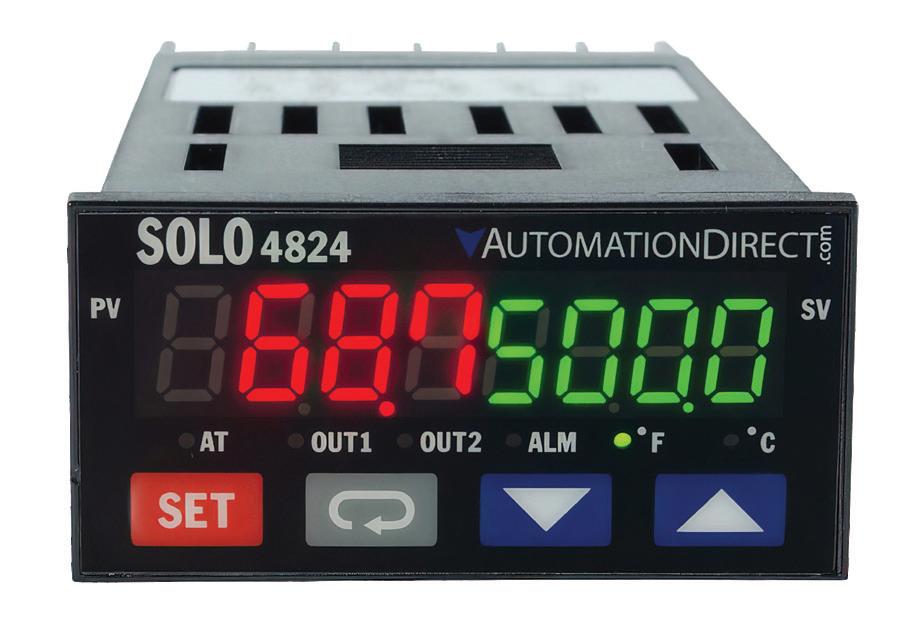

5 The AutomationDirect C-more CM5 Headless HMI Wins Silver in Control Engineering 2025 Product of the Year Awards
Readers demonstrate enthusiasm for the CM5-RHMI, a costeffective and flexible headless HMI with remote connectivity, advanced functionality, and a compact footprint. | INDUSTRY NEWS |

6 AutomationDirect Supports Student Robotics Teams (and you should too!)
TECH BRIEFS |
20 Dedicated Devices versus a PLC for PID Loop Control
Closed-loop PID control is indispensable for a myriad of automation applications, and designers need to know the options for implementing PID using either dedicated devices or automation controllers.
22 Automation of a Pilot-Scale Distillation Process
Applying large-scale automation concepts and technologies to a small-scale process operation.
26 Cooking Up a Partnership
A system integrator supports their food processing client, implementing industrial automation technologies for a mix of OEM equipment and systems throughout the facility.
CUSTOMER APPLICATION | 30 | NEW PRODUCTS |

The Smart Choice for Smart I/O
Smart sensors provide a wealth of data that can be used to make processes more efficient. Rather than just the measurement data gathered by a basic sensor (position, pressure, temperature, etc.), intelligent sensors can also send information about the sensor’s condition, its description, configured parameters, and operation. IO-Link devices from AutomationDirect make it easy and affordable to harness this data and use it to ensure your systems function properly and are optimized for peak performance.
Compatible Devices

Add rich data to sensed values w/ IO-Link:
• Flow meters include media temperature
• Proximity sensors include peak environmental variables
• Light sensors include signal degradation warnings



We’ve got the compatible I/O-Link devices you need to complete your system



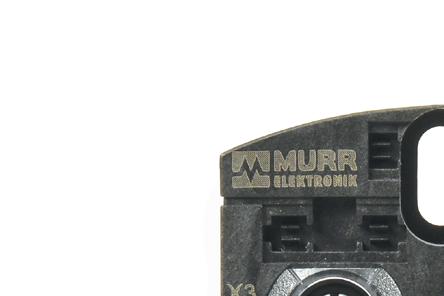

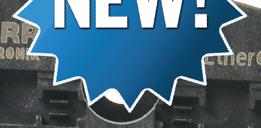


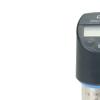
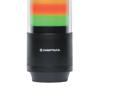
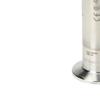
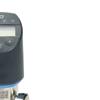
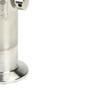
Signaling Devices Pressure Switches & Transmitters

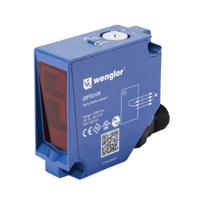
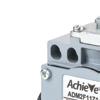
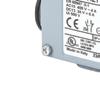
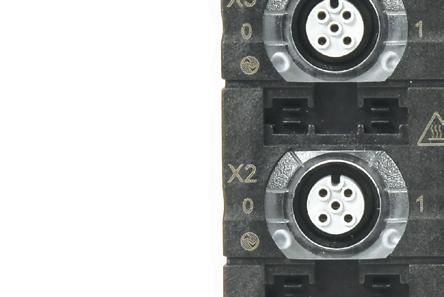
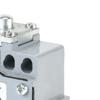
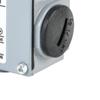
Photoelectric Sensors Limit Switches



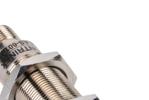
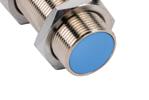
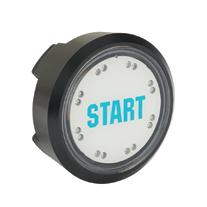
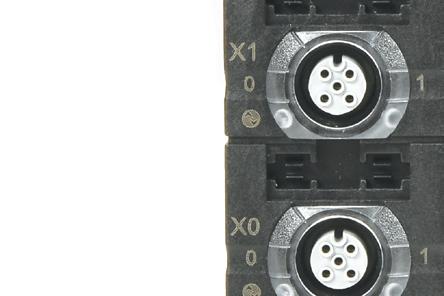
Proximity Sensors Capacitive Pushbutton Switches And many more...

IO-Link Master Modules starting at $290.00 (SIOL-EI8B)


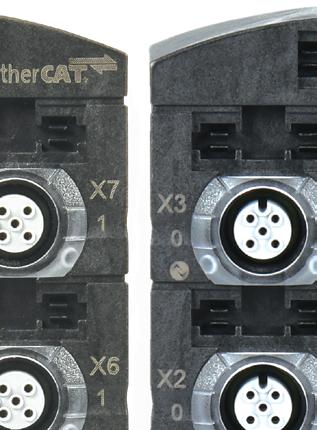


IO-Link Master Module Features
• Multiple connections for a wide variety of I/O
• Rugged IP65, IP67 rated housing (machine mountable)

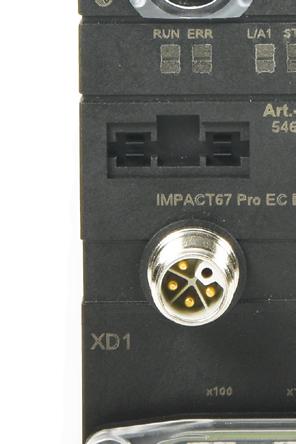

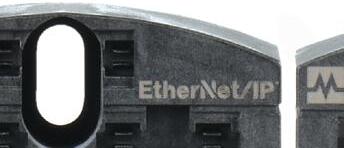
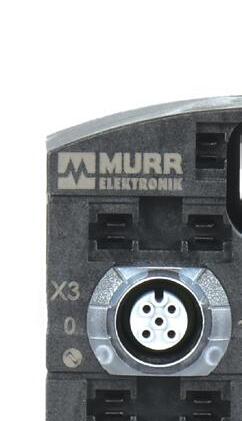
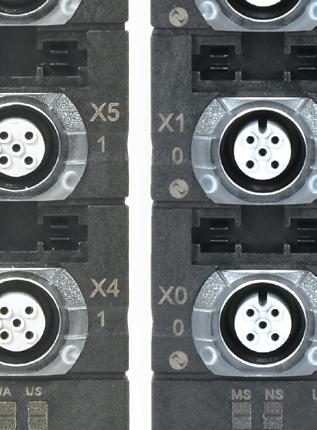
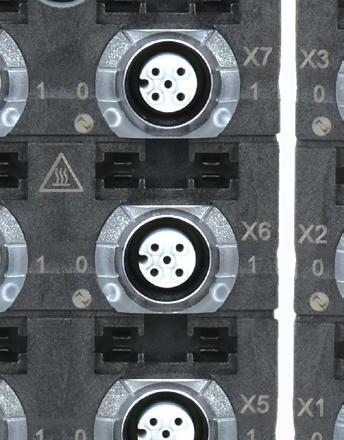


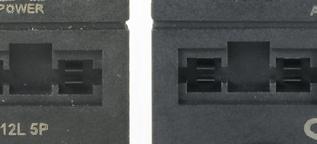
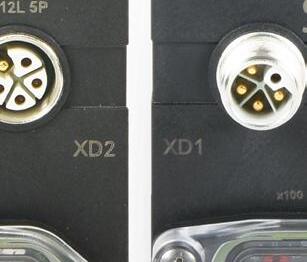
• Easy installation and networking with EtherCAT, EtherNet/IP, OPC UA, and/or MQTT, depending on model



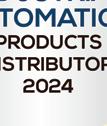




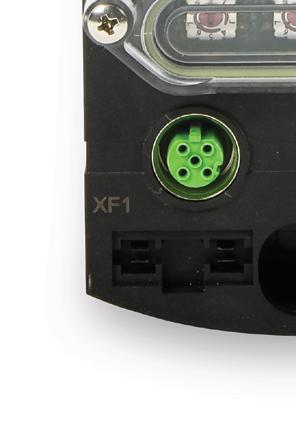

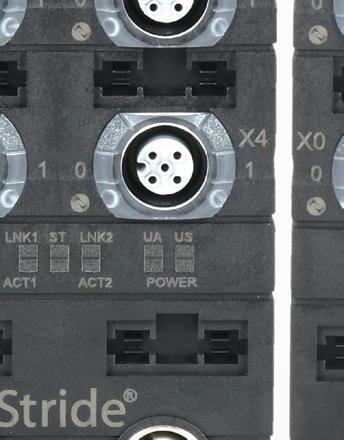
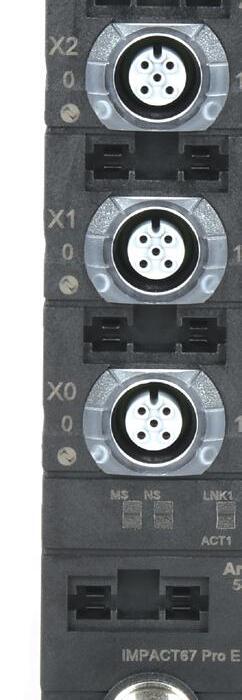
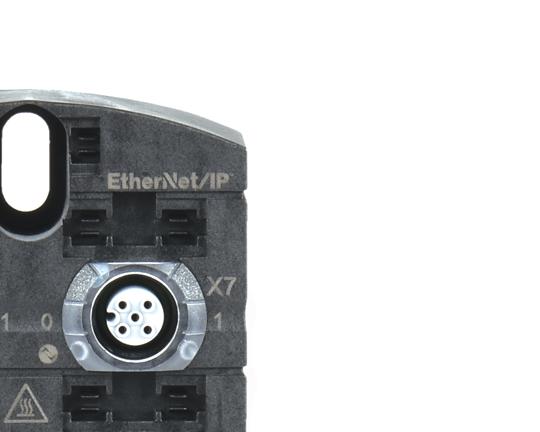
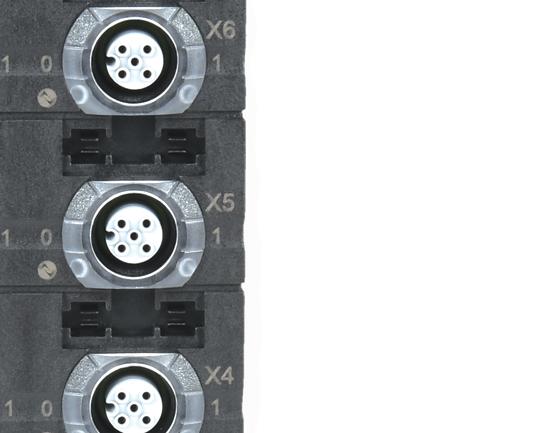
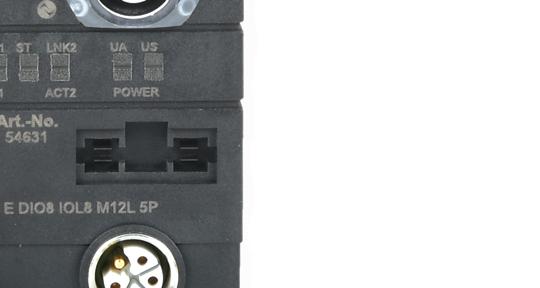
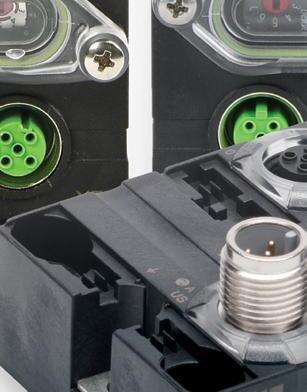
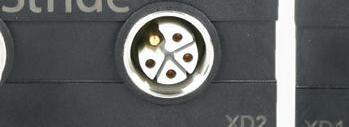
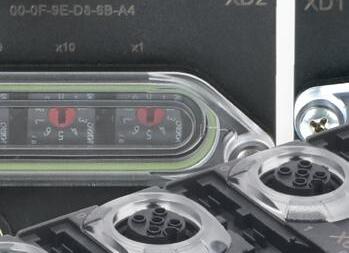
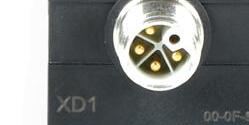
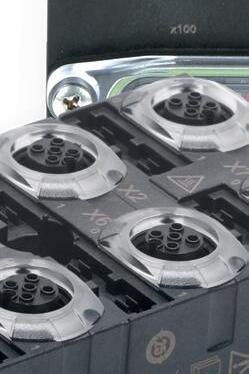
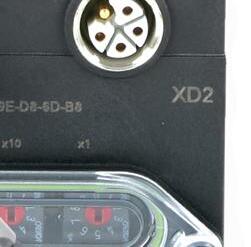








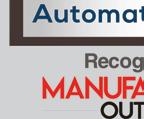








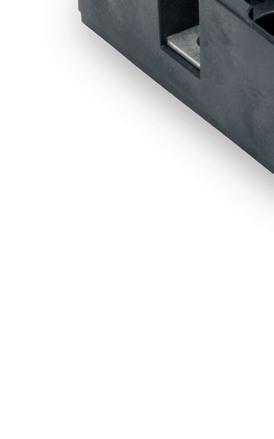

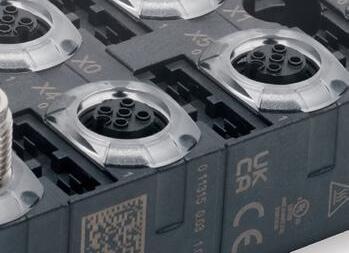


Hubs starting at $180.00 (59710)
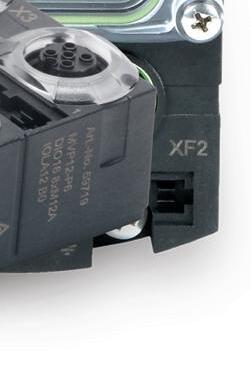
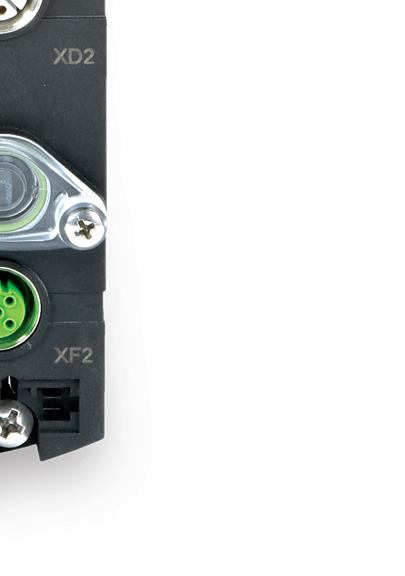







IO-Link hubs are also available to provide even more discrete and analog I/O connections, including current/voltage and RTD signals, and are great for consolidating I/O runs to isolated or hard-to-reach locations.



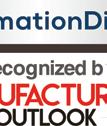


IO-Link
The AutomationDirect C-more CM5 Headless HMI Wins Silver in Control Engineering 2025 Product of the Year Awards
Readers demonstrate enthusiasm for the CM5RHMI, a cost-effective and flexible headless HMI with remote connectivity, advanced functionality, and a compact footprint.
AutomationDirect’s C-more CM5-RHMI has been announced as the 2025 Silver winner of Control Engineering’s Product of the Year program in the human-machine interface (HMI) category. Check out the award announcement at https://www.controleng. com/2025-control-engineering-productof-the-year-winners-announced/! Control Engineering subscribers determine the winners of this honor by voting on deserving products that demonstrate technological innovation, industry service, and market impact.
Most traditional HMIs incorporate embedded touchscreen displays, impacting their size, installation flexibility, and cost. That’s where the CM5-RHMI comes in — a headless HMI that eschews a built-in display in favor of a user-supplied external display or remote connectivity.
automation systems without breaking the bank. Thanks to its compact footprint, this device is easier to install and can fit into tighter spaces than comparable HMIs with an embedded display.
The CM5-RHMI can be easily connected to any HDMI-compatible display, including televisions, monitors, projectors, and more. This means users are no longer limited to specific display sizes or types, and they can easily change displays if needed. The display can even be located at a distance from the HMI, keeping personnel aware of critical events from lunchrooms, boardrooms, control rooms, or any other important location.
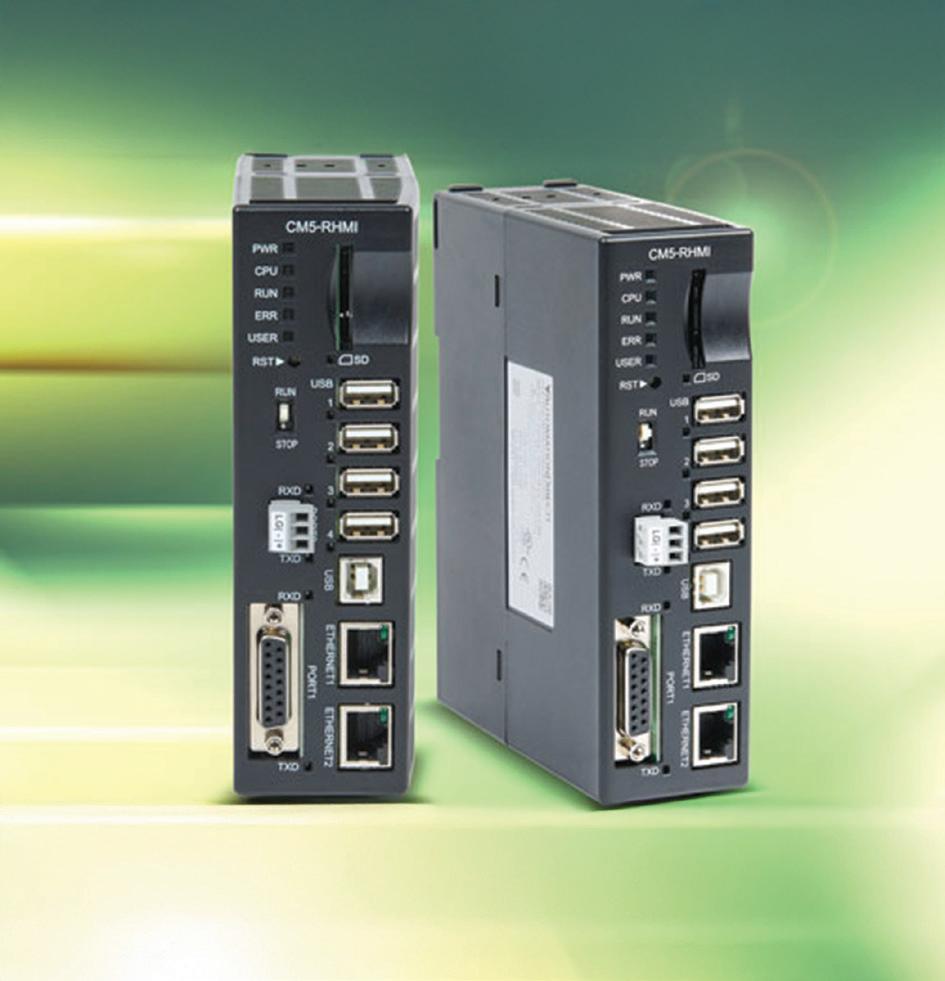
By forgoing an embedded display, the CM5-RHMI offers powerful functionality at a lower price point, making it an attractive option for businesses looking to upgrade their
Additionally, the CM5-RHMI allows for remote HMI access via web browser or mobile app, granting the freedom to monitor and control automation systems from anywhere, at any time, and allowing users to forgo a local display entirely if desired. Despite its compact size, the CM5-RHMI boasts a variety of standard and state-of-the-art features, including integrated USB ports,
serial ports, and Ethernet ports, as well as advanced trending, data storage, and communication capabilities.
The CM5 series, including the CM5-RHMI, is built on the foundation of the time-tested C-more family of HMIs. This means you can trust that your CM5-RHMI will deliver reliable, industryapproved performance, with powerful features like:
• Advanced trending and data analysis
• Faster communication and increased file type capabilities
• Support for all major communication protocols
• FREE programming software to aid in project creation and validation
The CM5-RHMI is a clear favorite of users seeking greater flexibility, functionality, and cost-effectiveness in their automation systems. Winning the Control Engineering Product of the Year Silver Award demonstrates a broad base of support from publication subscribers operating across the industry. End users everywhere are discovering that in many cases, breaking free from the restrictions of embedded displays is worthwhile — because sometimes, less truly is more.
Find out more about the innovative C-more CM5-RHMI at https://www. automationdirect.com/c-more/cm5/cm5headless-hmi

AutomationDirect Supports Student Robotics Teams
(and you should too!)
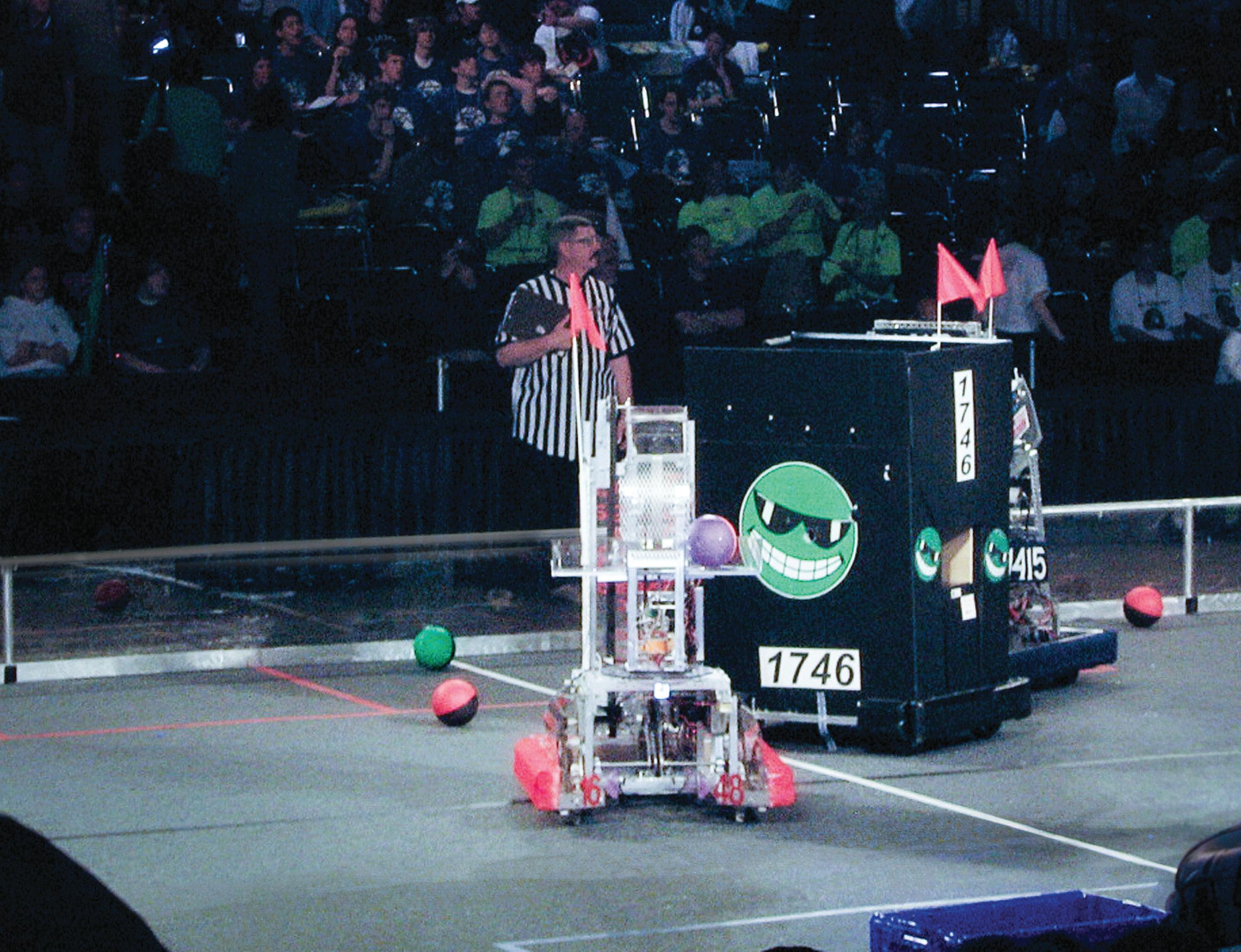
Building and Growing Robotics Teams
AutomationDirect started supporting student robotics efforts in 2005 by sponsoring a single high school robotics team, as part of the For Inspiration and Recognition of Science and Technology (FIRST) organization. FIRST Robotics Competition (FRC) Team 1746, also known as Team OTTO, began as a community team of students from several county high schools. During their second year of operation the team realized that they needed to build a “farm league” similar to the minor leagues supporting professional sports teams. With additional sponsorship from AutomationDirect, they started to seed and mentor robotics teams in the elementary and middle schools here in Forsyth County, GA. Their goal was to develop at least one robotics team in every school in the county. This plan was successful and began to supply a steady
stream of incoming freshmen to the high school program who had experience building and programming robots. Fast forward 20 years and this county-wide program continues to grow, exceeding even their wildest expectations. At last count there are 223 teams, in 40 public schools, with participation by over 1,350 students county-wide. In 2025, there were over 100 elementary school teams, 87 teams in the middle schools, and 34 high school teams, including 7 FRC teams which field the big 120-pound ‘bots. And this doesn’t count the scores of private teams that have sprung up throughout the county as demand has outstripped the public school’s ability to support the overall level of interest.
AutomationDirect is awed by the enthusiastic students, and the small army of teachers, mentors, coaches and parents who have made this all possible. The program has graduated thousands of students who are pursuing science,
technology, engineering and mathematics (STEM) careers, filling critical roles, and earning top salaries in technical jobs here in Forsyth County and far beyond.
If you are a technically minded professional who would like to give back to their community while helping students find a passion for STEM, we would urge you to find (or start) a robotics team in your area and volunteer to help.
Digital Animation Award
Back in 2005, there was a student that convinced his father and some fellow students to start that first team in Forsyth County. Chris Folea had heard about FIRST and persuaded his father Rick that they should attend the FIRST World
Check out this year’s winners and all the entries here: wtwh.me/animationaward

OTTO in action, on the playing field
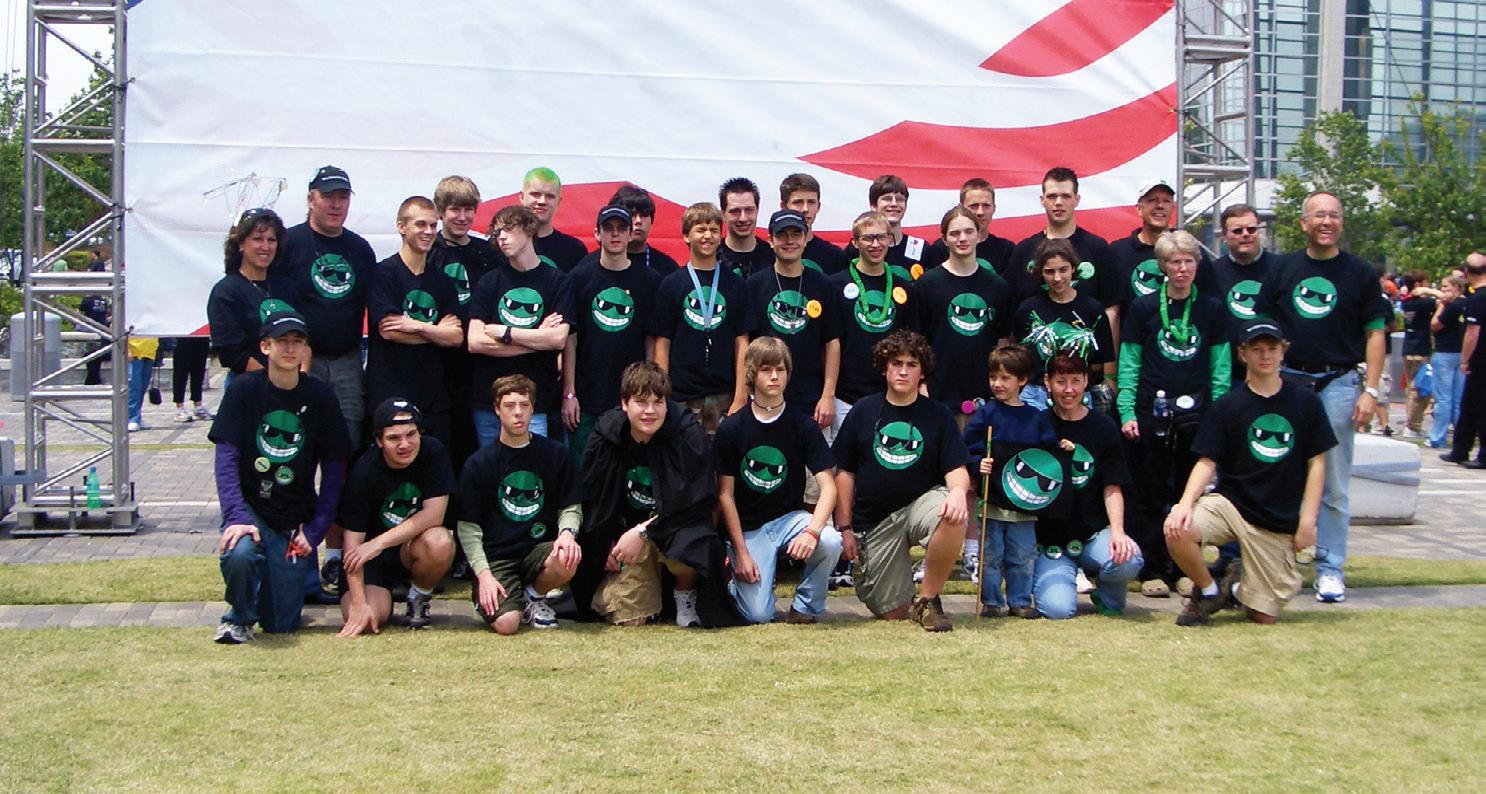

Championships (held in nearby Atlanta that year). The following year Rick and Chris had gotten Team OTTO off to a great start. But instead of helping to build the physical robot, Chris dove head-first into the world of CAD and 3D rendering. At that time Autodesk was sponsoring an animation contest within the FIRST community to publicize their 3D rendering product: 3D Studio (now called 3ds Max). Chris was hooked, becoming an expert in this technical artform. He was offered internships here at AutomationDirect every summer from high school through his college years. He even attended college on a scholarship earned via his knowledge and passion for rendering and animation. Chris is now the lead animation and rendering expert here and uses those skills every day to help us explain and promote the industrial automation products that we sell. After
seeing what an accomplished engineer Rick was, we hired him too! While working for AutomationDirect, Chris and Rick also collaborated with FIRST to create the official Game Animations that FIRST used for all the FRC games from 2016 to 2022. These game animations are critical for announcing the game each year, and explaining the objectives, rules and scoring opportunities.
Around 2017, Chris also realized that Autodesk was no longer holding that animation competition. With animation being so near and dear to his heart, Chris approached FIRST and proposed that AutomationDirect sponsor a new FRC contest, and thus the Digital Animation Award (DAA) was born. This is an official FIRST award, now open to all FIRST Robotics Challenge (FRC) and FIRST Tech Challenge (FTC) teams, with winners awarded at both levels.
Teams have from mid-November to mid-January to complete a 30-second animation based on a given theme (this year’s theme was Dive!). Different styles of animation are accepted and encouraged: 2D, 3D, stop-motion, you name it! And no specific software is required — teams are free to produce the animation any way they wish. Today Chris leads an independent team of professional animators from Theory Studios (www.theorystudios.com) who volunteer their time to judge and critique the entries each year. In 2025, there were
over 100 entries from FIRST teams all over the world. The awards and corresponding trophy are given to the winning teams at their regional or district robotics events — and a “reel” of the top entries is played at all FIRST events to inspire and encourage teams to compete. Chris’s story has truly come full circle as he works to pass along his love for his creative career choice.
Automated Trophies
GeorgiaFIRST Robotics is the state organizing body for FIRST events in Georgia, and in addition to all the official activities they also sponsor an off-season event affectionately known as GRITS (The Georgia Robotics Invitational Tournament and Showcase). This relaxed, fall event is one last chance for the FRC teams in Georgia to compete with their previous years’ robot, before the new game is announced in January.
Starting in 2013, AutomationDirect began to supply the trophies for this event. And these are not just any trophies; these highly coveted constructions combine visual elements from the current year’s game with some form of automation. From the pneumatic raising-and-lowering of a Frisbee, to a guitar amp that plays the sounds of the FRC game, these trophies spin, whirl, shuttle, and oscillate under the control of various pushbuttons, sensors, or even touchscreens. For 12 years, summer interns working at AutomationDirect have crafted enough trophies to reward the finalist and winning alliances (groups of three teams), as well as several judged awards at the GRITS event. It’s all in the spirit of promoting, inspiring and recognizing science and technology for the young people who will lead the way for a better future.

Team OTTO at the word championships in their first year!
A collage of images of the trophies from 2013 to 2024.
BY JEFF PAYNE, AUTOMATIONDIRECT
In process industries like oil and gas, chemical, paper, and water treatment, precision is everything. That’s why PLCs — once simple relay replacers — have evolved into powerful, real-time control hubs capable of enabling intelligent operations across increasingly connected systems. To explore how PLC technology is transforming process control, we spoke with Jeff Payne, Director of Business Development at AutomationDirect. With more than 25 years at the company and deep experience leading its PLC portfolio, including launching the CLICK and Productivity series, Jeff offers practical insight into how CPU
power, fieldbus connectivity, and IIoT integration are converging to help engineers solve today’s most complex automation challenges.
How has the role of PLCs in process control evolved over the past decade, particularly in industries like oil and gas, water treatment, and paper production?
The evolution has been dramatic. Ten to twenty years ago, PLCs were primarily used for discrete control — basic sequencing and on/ off decisions. But process industries are among the most demanding users of automation, and they’ve pushed PLCs to grow up fast.



(continued on page 11)


Affordable Motor Control now with more choices than ever
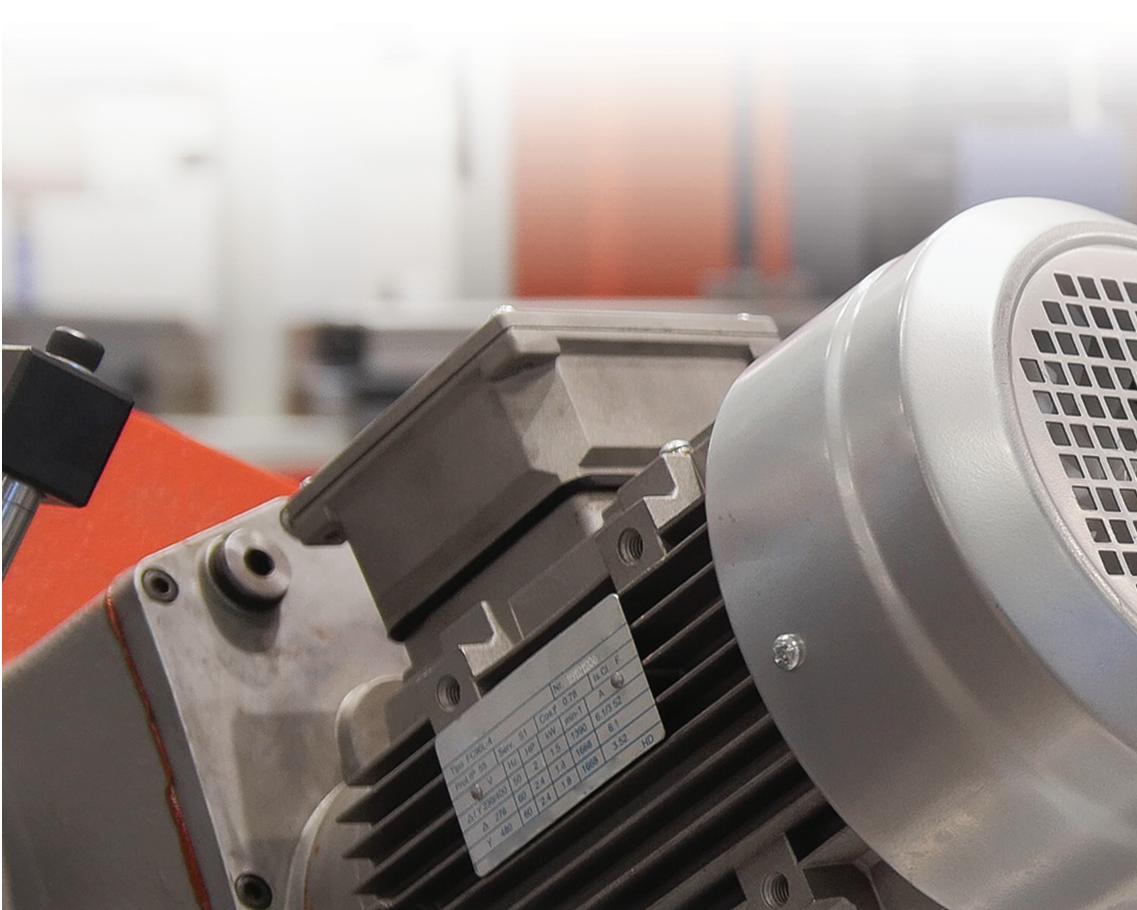
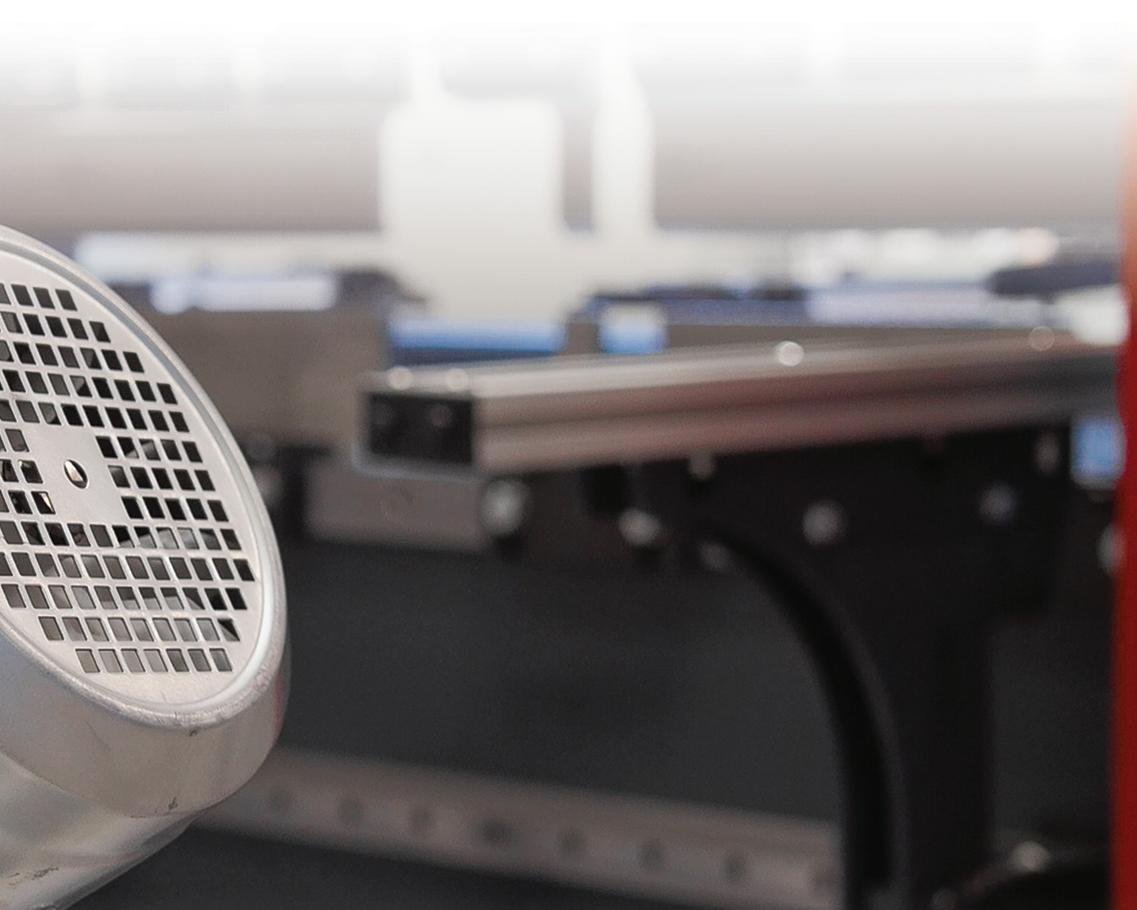

AutomationDirect has thousands of costeffective motor control products that can easily start, control, and protect your motors ... FOR LESS!
NEW! Schneider Electric Easy TeSys Motor Controls
Starting at $29.50 (DPE09G7)
The Schneider Electric Easy TeSys series offers compact, affordable IEC motor starters, contactors, and overload relays for common industrial applications. With a minimal set of essential parts to choose from, Easy TeSys motor controls are easy to spec, easy to use, and easy on your budget.
• Manual motor protectors up to 32A
• IEC contactors up to 38A
• Overload relays up to 32A
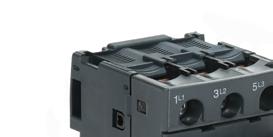
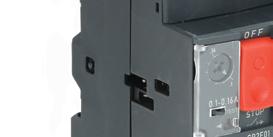

IronHorse Motor Controls
Starting at $18.50 (HMC-9B30-11-BS)
IronHorse series IEC contactors, overload relays, and manual motor protectors are available in ratings up to 300 hp at 480 VAC and offer reliable, cost-effective motor control solutions for a wide variety of industrial applications.
• Manual motor protectors up to 100A
• IEC contactors up to 400A
• Overload relays up to 400A
Bryant Pin and Sleeve Mechanical Interlocks
Starting at $513.00 (BRY420MI9W)
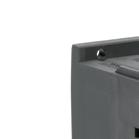
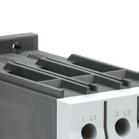
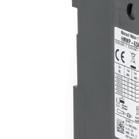
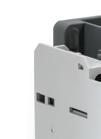



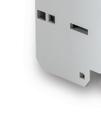
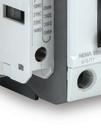
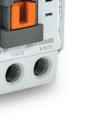
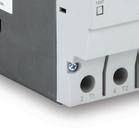
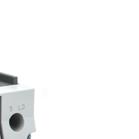
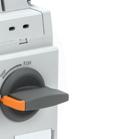
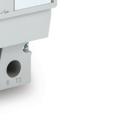



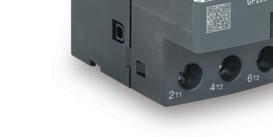

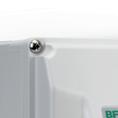
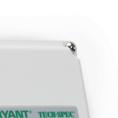











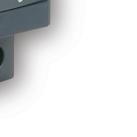







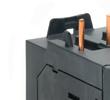
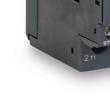


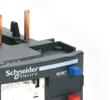
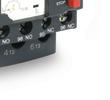

Interlocked motor disconnects use matching pin and sleeve connectors with keyways to conveniently connect and disconnect mobile equipment safely.
• Suitable for use as manual motor controllers
• Provides an OSHA lockout/tagout point
• Prevents the connection of devices with different voltage and current ratings
• Prevents the installation and removal of a plug when the switch is in the ON position
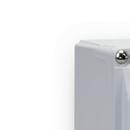
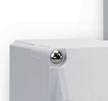


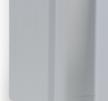
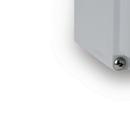

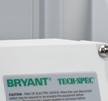


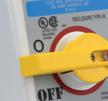
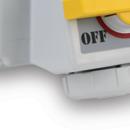



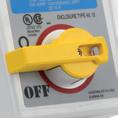

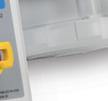
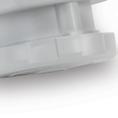
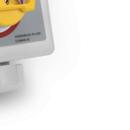

(continued from page 8) Today’s process control applications require rapid data acquisition, continuous monitoring, tight loop regulation, and increasingly, seamless connectivity to business-level systems.
That’s where modern PLCs shine. They now offer greater processing power, more memory, and built-in support for industrial communication protocols like MQTT and OPC UA. This makes it easier to feed process data into cloud platforms or enterprise analytics tools in near real time. Add to that smaller hardware footprints, better thermal performance, and competitive price points, and PLCs have become a flexible, powerful tool for process control across a broad range of industries — not just the traditional ones.
What key challenges do process control applications face today, and how do modern PLCs help address them?
At the heart of any successful process control system is real-time insight — knowing exactly what’s happening inside your system as it happens. That starts with tight feedback loops and reliable access to process variables like flow, pressure, or temperature. But many engineers still struggle with visibility — especially when legacy systems or disconnected devices make it hard to access and act on that data.
Modern PLCs are addressing this by becoming more open and connected. New platforms now integrate easily with IIoT tools and business systems, offering direct access to memory locations and real-time data exchange. Communication technologies like MQTT and OPC UA make it easier to bridge the gap between operations and IT, so engineers and decision-makers alike can view performance, predict maintenance needs, and adjust parameters on the fly. In effect, the PLC is no longer a black box. It’s an open book — and that’s a big shift.
AutomationDirect offers a wide range of PLCs. What are the key differences in how your various models handle process control applications?
All our PLC families — from CLICK to Productivity to BRX — can handle core process control tasks like digital I/O, analog signals, and PID loop control. Where they really differ is in processing power, memory, and communication capabilities — especially when it comes to integrating OT data into IT systems.
CHOOSING THE RIGHT PLC FROM AUTOMATIONDIRECT
AutomationDirect offers a full range of PLC platforms suited for process control — from compact systems for basic analog and PID tasks to advanced controllers with IIoT-ready capabilities. Here’s a quick look:
• CLICK PLC Series
Ideal for smaller-scale applications requiring basic analog I/O and PID control. CLICK PLUS models add Ethernet and Modbus TCP connectivity, while the C2-NRED module enables Node-RED integration for easy IIoT access and visualization.
• Productivity Series (P1000, P2000, P3000)
Offers scalable power for more complex process applications. These controllers feature high-speed I/O, built-in PID functions, and strong tag-based programming support. Productivity Suite software is free and packed with simulation and troubleshooting tools.
• BRX Series PLCs
Built for high-performance, high-connectivity environments. Designed and manufactured in the USA, BRX models include advanced features like MQTT, OPC UA, and HTML5 web server support — making them an excellent choice for cloudconnected, data-driven process systems.
Whether you’re managing a chemical blend, monitoring pump performance, or fine-tuning a recipe, AutomationDirect has a PLC platform built to fit the task.
“Sensors and I/O modules have come a long way in recent years — especially with the widespread adoption of IO-Link. What used to be simple binary devices are now rich sources of diagnostic and performance data.”
Take our BRX series, for example. It’s one of our most advanced platforms and includes built-in support for MQTT, OPC UA, and Node-RED. That makes it especially well-suited for process applications that demand real-time visibility, remote access, or cloud integration. On the other end of the spectrum, our CLICK series is ideal for smaller, cost-sensitive process systems that still need analog control but may not require all the bells and whistles.
We also offer free programming software and built-in simulators across all our platforms, so engineers can test code and functionality before committing to hardware. That’s a big help when choosing the right PLC for the job.
How has the transition from analog PID loops to digital PLC-based control improved precision and reliability? Traditional analog PID loops were effective but labor-intensive. >>
Need help finding the right part? Dozens of selectors and configurators
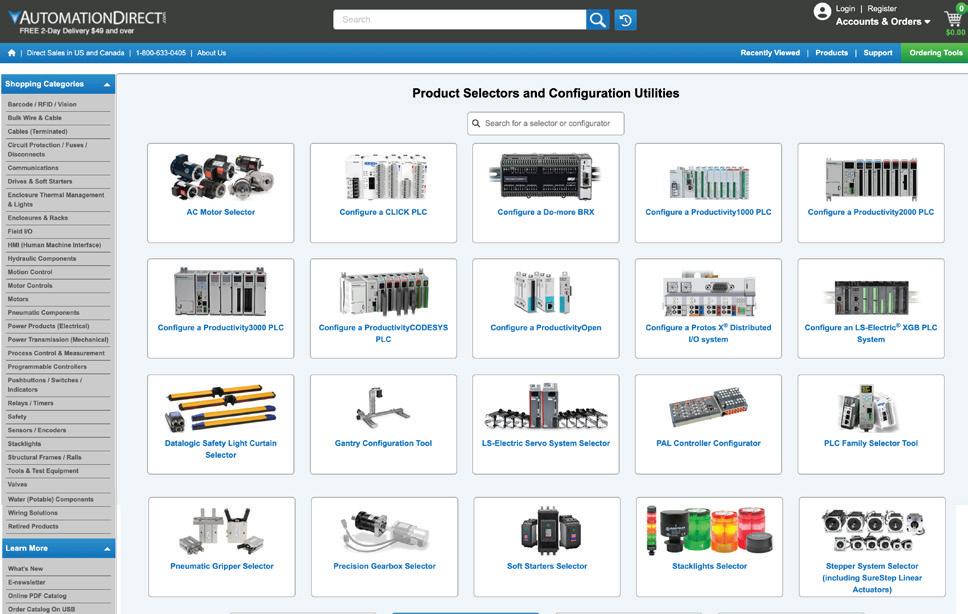
As an online supplier, we want to be sure you have the tools you need to find the right part for your application. We have several interactive configurators and selector tools available so you can easily build your system online and send all the parts to your cart with one click. Need to build an I/O rack for a PLC? Need to find the right pneumatic gripper? Looking for a servo system to match your specs? No problem, our selectors/configurators can help!
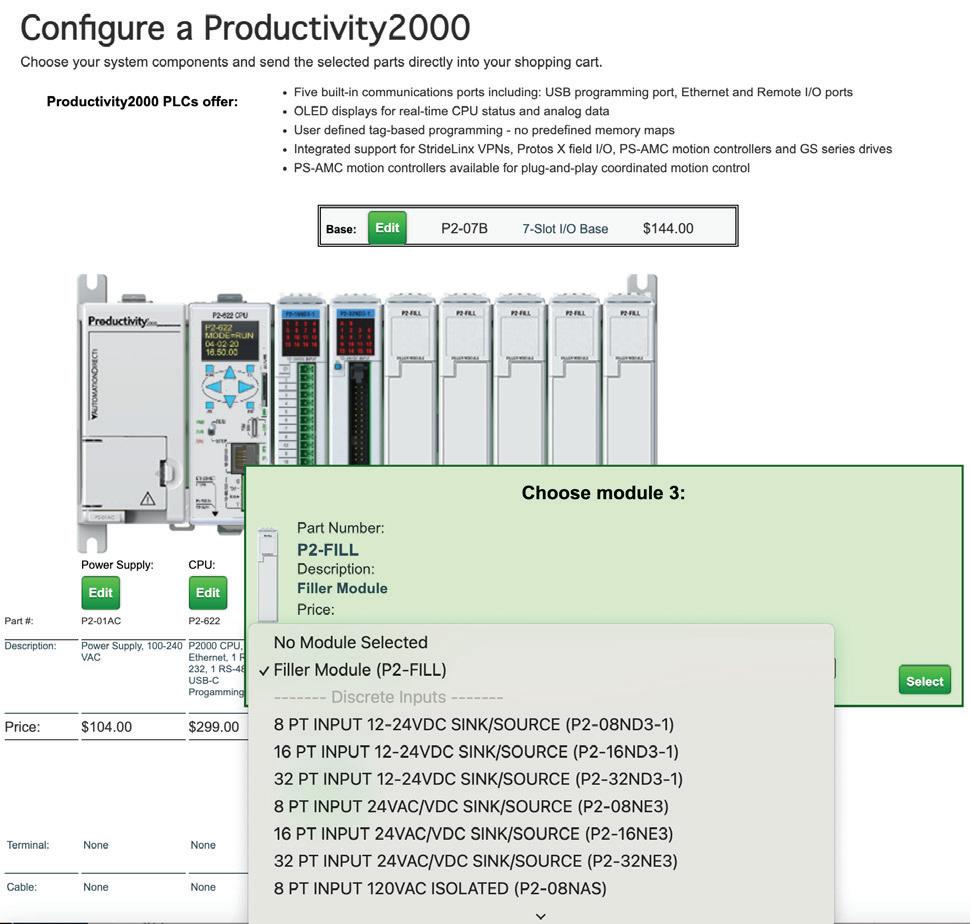
Engineers would often have to wait for a process batch to complete, gather quality assurance results, then manually tweak tuning parameters — a cycle that could take hours or even days. With digital PLC-based PID control, that feedback loop becomes much faster and more dynamic.
Modern PLCs can ingest process variable data in real time and adjust control parameters almost instantly. This responsiveness improves not just the precision of the control loop, but also its reliability — because you’re constantly monitoring actual conditions and adjusting accordingly. And when you pair that with cloud connectivity, engineers can now monitor, analyze, and even update control logic remotely.
The result is faster commissioning, more consistent product quality, and less downtime. Whether you’re mixing chemicals, managing wastewater, or producing food products with recipe-driven variations, the advantages of digital PID control are night and day compared to the old analog approach.
What advancements in PLC CPU processing power have had the greatest impact on real-time control and efficiency?
One of the biggest leaps forward has been the adoption of multi-core processors in PLCs. Early PLCs were basically state machines, executing everything sequentially. That structure still serves us well for ladder logic and deterministic control, but today’s systems also need to manage asynchronous tasks — like communications, motion control, or data logging — all at the same time.
Multi-core architectures allow us to split those tasks across different processor segments. You can dedicate one core to the control logic and others to handling communication protocols or background data processing. This makes the entire system exponentially more efficient. You’re no longer stacking up asynchronous tasks at the end of each scan cycle and slowing things down.
So, while scan-time consistency remains critical, modern PLCs can now do far more in parallel — without compromising the reliability or predictability that engineers expect. That’s a big reason PLCs remain the control platform of choice, even as industrial applications grow more complex.
How are modern sensors and I/O modules enhancing PLC functionality in process industries?
Sensors and I/O modules have come a long way in recent years — especially with the widespread adoption of IO-Link. What used to be simple binary devices are now rich sources of diagnostic and performance data. Instead of just knowing whether a sensor is on or off, engineers can now monitor signal strength, device health, internal temperature, and even maintenance schedules in real time.
This added intelligence helps improve both system uptime and troubleshooting. In a traditional setup, you might not know a sensor was failing until the process went off-spec. With IO-Link-enabled devices, you get early warning signs and actionable data long before a failure happens. That’s a huge boost for predictive maintenance strategies.
It also simplifies configuration. Instead of hard-coding sensor parameters, IO-Link lets you adjust settings directly
from the PLC. All of this translates to smarter, more flexible systems that are easier to manage and scale.
How does PLC integration with IIoT help optimize process control and predictive maintenance?
IIoT integration takes the power of PLCs and extends it well beyond the control panel. By connecting PLCs to cloud platforms or enterprise-level systems, you’re turning raw machine data into actionable insight — available in real time, from anywhere. That’s a major advantage for process applications where uptime, efficiency, and product consistency are all on the line.
It also enables predictive maintenance. When a PLC can share data about equipment status, environmental conditions, or performance trends, you can start to anticipate issues before they cause downtime. That’s a big step up from
reactive maintenance, which often comes too late and costs more.
But here’s the key: the technology is already there. Tools like MQTT, OPC UA, and Node-RED make it relatively easy to push data from the shop floor to the cloud. If an operation isn’t leveraging this kind of integration, it’s usually not because it’s impossible — it’s because they haven’t yet taken advantage of what modern PLCs make possible.
For engineers choosing a PLC for process applications, what are the most critical factors they should consider?
It starts with understanding the demands of your specific application. For process control, that often means prioritizing CPU performance, memory capacity, and communication capabilities. You need a platform that can handle continuous data collection and PID loop execution — while also managing asynchronous tasks
like network communications or remote diagnostics.
Engineers should also consider how easy it is to scale and maintain the system. Does the PLC support simulation tools for development? Does it offer native integration with IIoT protocols like MQTT or OPC UA? Can it work with intelligent I/O like IO-Link? These factors make a big difference over the lifecycle of the control system.
Finally, don’t underestimate the value of software. Free, intuitive programming environments — like what we offer at AutomationDirect — can save both time and cost. And when you combine that with flexible hardware platforms, you get a solution that’s not just powerful, but practical for real-world process environments.
Jeff Payne is Director of Business Development, at AutomationDirect.
AutomationDirect

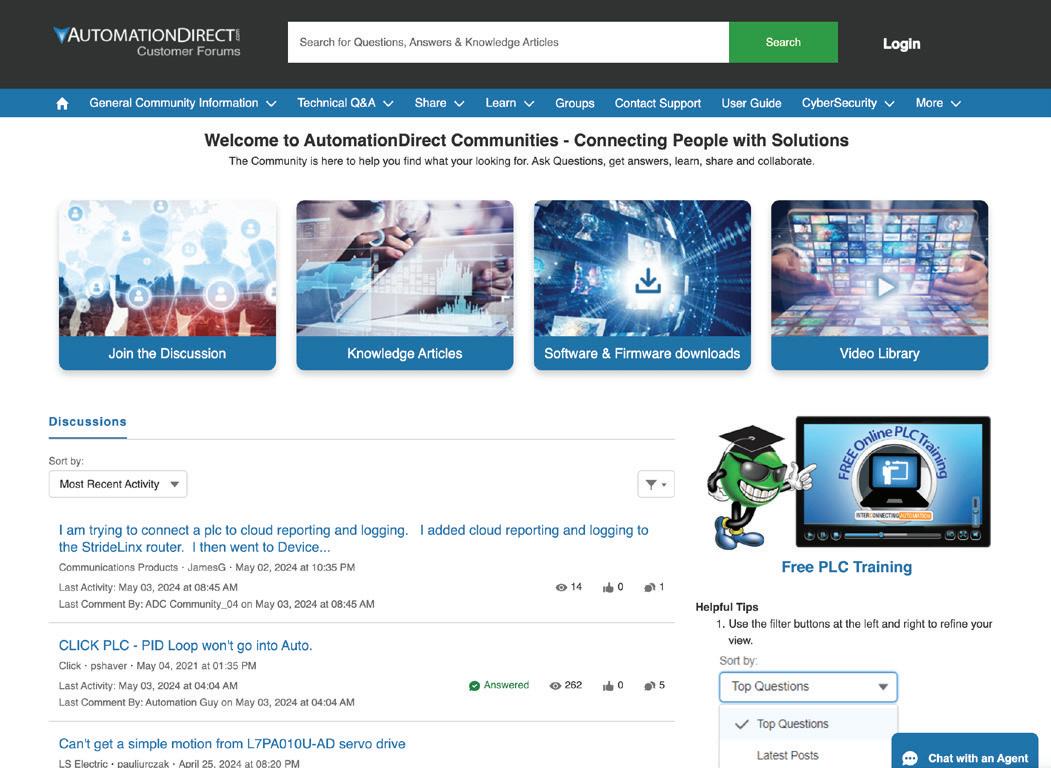
The AutomationDirect Community Forum is a valuable resource for exploring application ideas, sharing knowledge, and solving problems. Access to the forum is free and there is a wealth of information available on a wide range of topics, from PLC programming to motion integration and more.



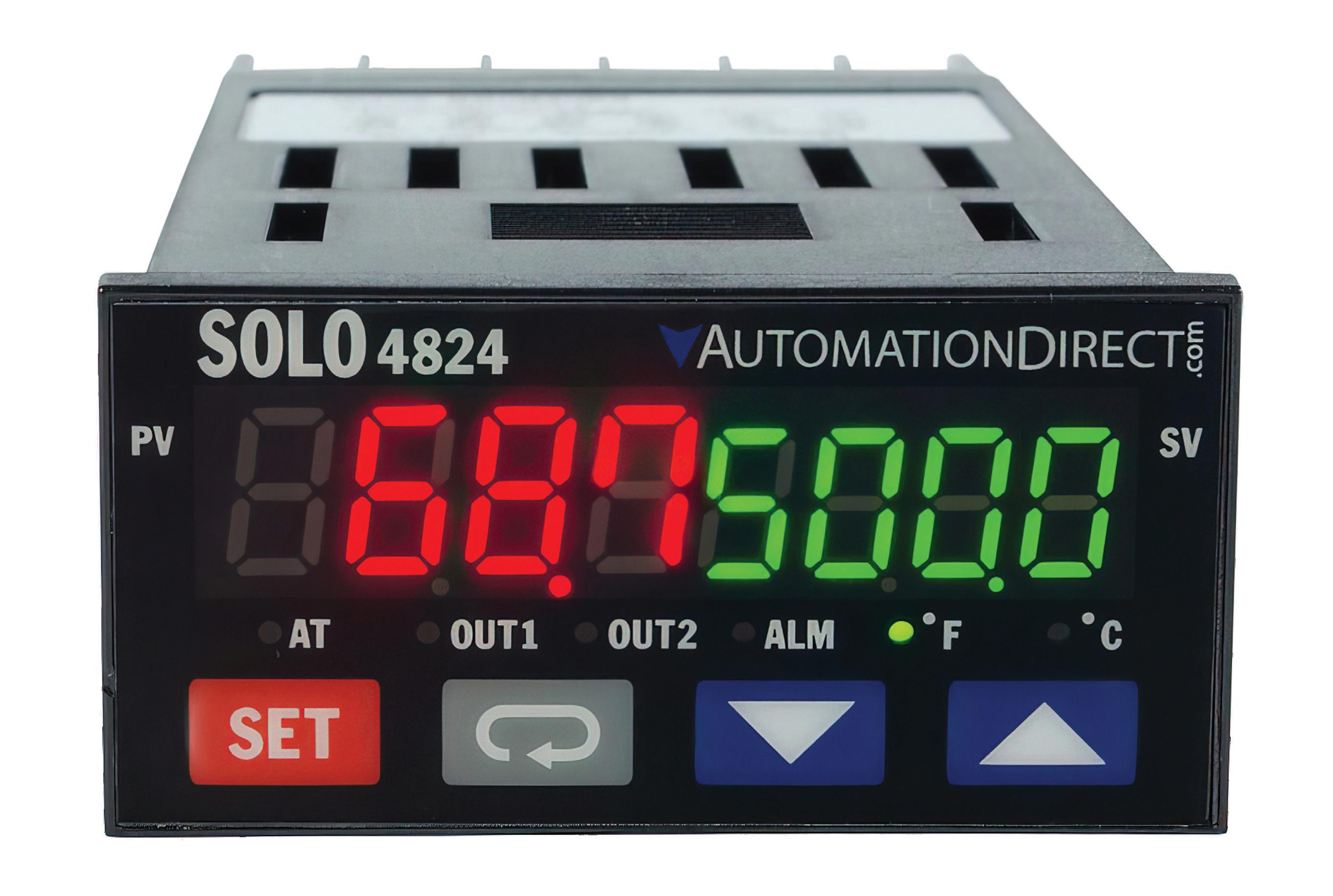
1: The AutomationDirect SOLO standard temperature controllers are easily configured using buttons or free PC software and are available in the most popular DIN sizes.
BY RIN IRVIN AND JOSH WATERS,
Figure
Optimized to control a single process variable in a standalone system, single-loop controllers are compact, economical, simple to use, and surprisingly function rich.
Introduction
It’s an engineering truth that there’s no such thing as a perfect solution, just the best solution for the project at hand. This principle remains true for process control applications. PLCs are powerful and comprehensive control solutions, but not every industrial process needs that level of functionality. For every complex, highly synchronized process, there are dozens more standalone processes that only require monitoring of a single variable such as temperature, pressure, flow rate, etc. For these types of systems and machines, a single-loop process controller can provide a simpler, more compact, less expensive, and more easily integrated solution than a
standard PLC (see Figure 1). Keep reading to discover how single-loop controllers can streamline your next project.
What are single-loop process controllers?
Single-loop process controllers are compact devices designed to monitor and control a single process variable. Logic built into the controller acts on a single input to generate multiple control and alarm outputs. Unlike PLCs, singleloop controllers do not require extensive programming and are easily configured using faceplate buttons or free PC software. The result is a solution that is fast and easy to integrate while minimizing the expertise needed to get the system up and running.
Within the class of single-loop process controllers, the levels of sophistication vary. Some offerings are purpose-built to control a specific characteristic, such as temperature. Others are more general process controllers equipped with logic that can be configured or customized to act on a variety of inputs.
Inputs
Single-loop controllers accept a variety of inputs such as thermocouples, resistance temperature detectors (RTDs), or analog current/voltage signals. These analog signals can be used to precisely monitor and control process variables such as pressure, pH, level, or flow rate.
(continued on page 17)










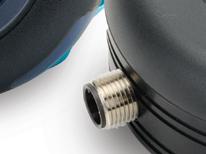








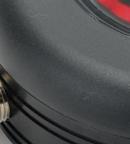
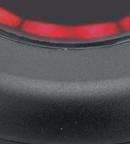
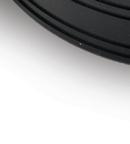

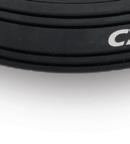


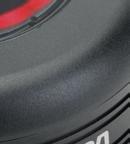
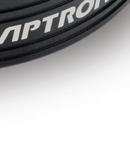





NEW! Caneo Series10 Capacitive Pushbutton Switches
Caneo Series10 additions include more standard and stainless-steel hygienic models with static or dynamic switch types and blank, power symbol, or RESET legends.
• Automatic or semi-automatic LED control modes
• Convenient 7.87in. (200mm) pigtail connection
• Hygienic models are EHEDG-certified for food and beverage applications
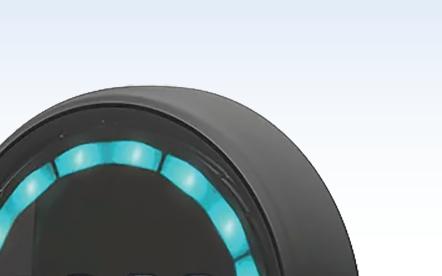



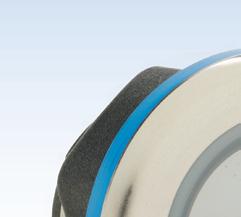
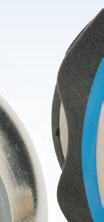
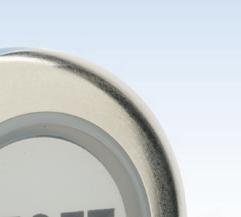




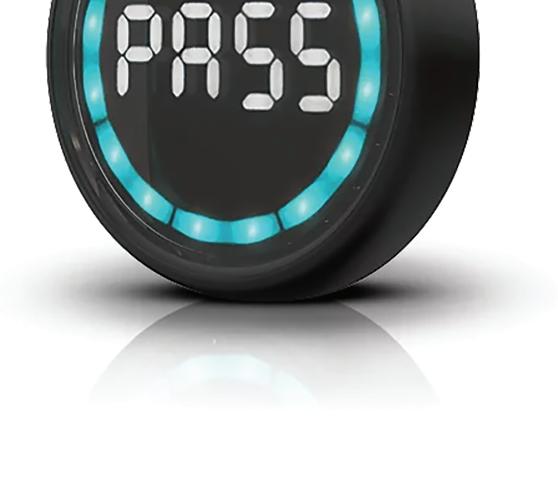


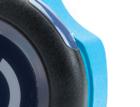
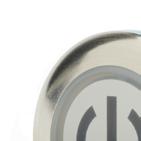
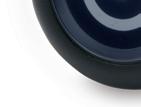
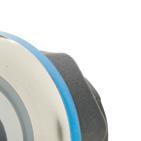

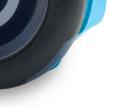

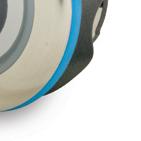

New Caneo Series40 puck-style standard and display type capacitive switches offer the same reliable performance as the Series41 in a compact, encapsulated polycarbonate housing.
• Standard 22mm mounting
• Low-cost solution to quickly and easily retrofit and modernize aging installations
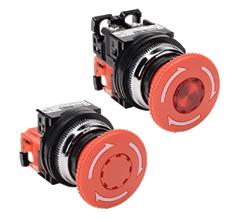



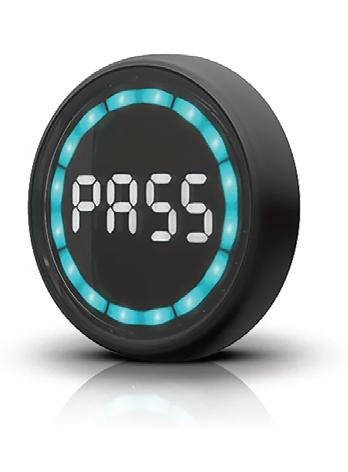
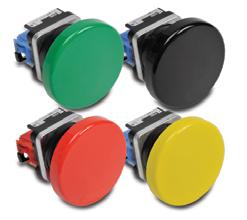
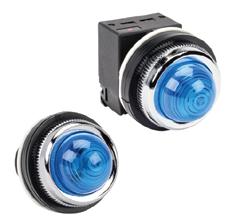



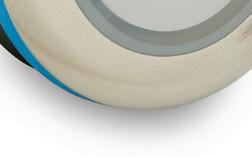


NEW! Caneo Series40 Puck-Style Capacitive Pushbutton Switches Captron Caneo Series41 solid display capacitive switches combine a flange-mount capacitive switch with a sturdy aluminum terminal base that can withstand the harshest of environments.
• Ergonomic design for ease of use
• Robust construction for long-lasting, reliable performance



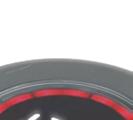
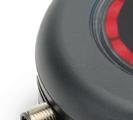
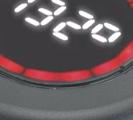

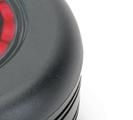
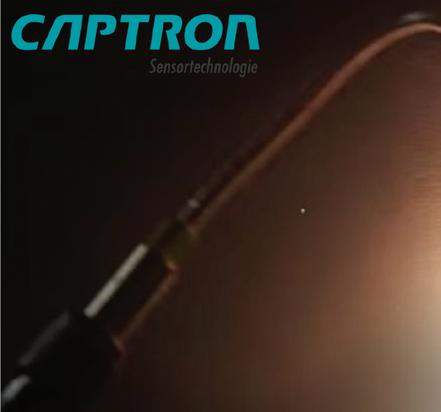











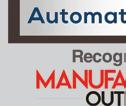
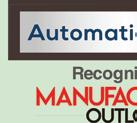
• Provide status, control signal, and 7-segment display in one compact device
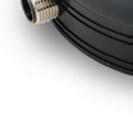

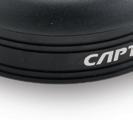

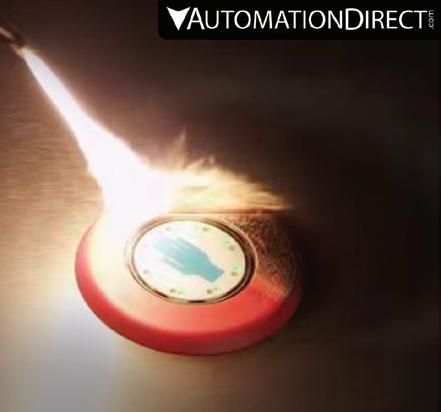
http://go2adc.com/captron-test





(continued from page 15)
Outputs
Single-loop controllers can support a variety of electrical outputs, including relays, voltage pulse, 4-20mA, 0-10 VDC, and input signal retransmission.
These outputs control devices like pumps, valves, or heaters. For example, voltage pulse is ideal for solid-state relays (SSRs), while analog output like 4-20 mA is best for driving power controllers or valves. Input signal retransmission can be used to send system data like process variables (PVs) or measured variables (MVs) to PLCs/data loggers.
Logic
Unlike PLCs, which can require extensive programming, single-loop controllers use built-in logic that is configured in a few steps. Even PID algorithms can be easily set up with the built-in autotune feature to manage simple or advanced control loops.
Depending on the controller, users may be able to choose from several different control modes, including PID, on/off, ramp/ soak, or manual. These modes enable single-loop controllers to support a variety of applications.
Figure 2: AutomationDirect’s
ProSense advanced process controller can accept a variety of inputs to monitor a wide range of process variables. This user-friendly 1/4-DIN unit offers a range of sophisticated features, including Ethernet communications (see sidebar).
Communications
Although single-loop controllers are designed for use in standalone equipment, many modern devices have built-in communications capabilities like Modbus RTU over RS-485 or even Modbus TCP and Modbus gateways via Ethernet (see Figure 2). This enables controllers to be daisy chained together to communicate with a PLC, HMI, or SCADA system.
Single-loop controllers in action
As a simple example, a single-loop temperature controller operated in PID mode could be used to maintain a constant fermentation temperature in a microbrewery. The devices can also make more complex applications simpler. A single-loop controller with ramp/soak mode provides a quick and easy solution for annealing. Rather than writing a program detailing each temperature change and hold in the process, a user could just configure the controller, either using the buttons on the faceplate or a PC application. The outputs control heating and cooling equipment and can include logic and alarming to prevent thermal runaway.
For some applications, it’s not even necessary to run the auto tune routine or select PID parameters. On/off control, which is nearly universal for single-loop controllers, works great for many simple/ slow applications.
Alternatively, single-loop controllers can be used as a group to support zone applications, such as in injection molding. One single-loop temperature controller could control the feed zone (rear zone), one could control the transition zone (middle zone), and a third could be used to control the metering zone (front zone). To support more zones, just add more controllers – this is where the reduced size, cost, and complexity come into play. Zone temperature control has a variety of use cases, from bakeries to kilns.
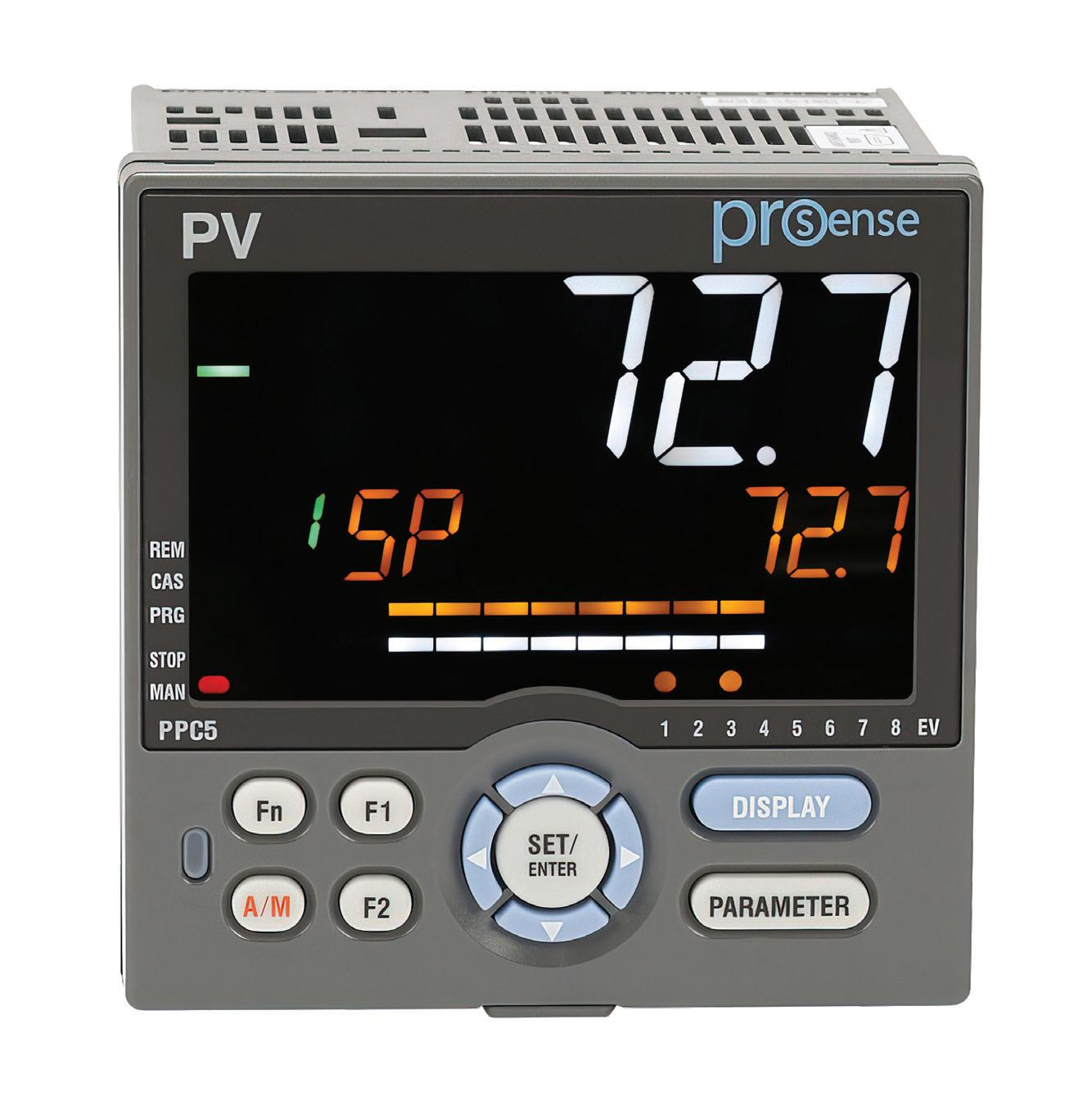
In another example, singleloop controllers are also very effective for monitoring and controlling tank levels. With a level sensor providing a 4-20-mA input signal, a controller could use an analog output to drive a valve actuator. Alternatively, it could control the speed of a pump by sending a control output to a variable frequency drive.
More benefits of single-loop process controllers
We’ve already mentioned the more obvious advantages, including small size and low cost, but let’s take a closer look at some others.
Ease of use
Installing a single-loop controller just involves connecting one input, one or more outputs, a power cable, and communications wiring, if using. Configure the device, run an autotune subroutine if required, typically using the buttons on the front face, and the process is ready to go.
In contrast, PLCs require significantly more setup and engineering, including wiring and programming, just to get started. More wiring increases cost, both in terms of capital outlay and also installation time. Less wiring decreases points of failure and reduces the chance of error.
While we’re on the topic of reducing errors, single-loop controllers are more standardized than PLCs. The emphasis on configuration rather than programming makes them inherently less subject to human error. True, they don’t offer as much flexibility as PLCs, but for the appropriate applications, this isn’t a concern. In addition, advanced single-loop process controllers offer a significant amount of freedom to configure units for different applications. Because logic is built in, organizations don’t need as much expertise to build or integrate the equipment. Nonrecurring engineering hours for programming (and troubleshooting) are reduced, which speeds build out and reduces costs. Some of the built-in logic could be difficult or time consuming to implement via programming. Ramp/soak control, for example, would require stepping through logic in a PLC program. With a temperature controller, the steps are just configured using parameters.
Integrated solutions
Some entry-level PLCs are available at very low cost but be sure to compare apples to apples. Single-loop process controllers are integrated solutions. They already incorporate the displays, the input, the software, etc. A comparable low-cost PLC would still need an input card for a thermocouple, for example, as well as a panel meter or HMI to display the PV, MVs, or SPs that a single-loop controller would include out of the box.
(continued on page 19)


We’re sensing big savings in your future… when you buy process sensors from AutomationDirect

Our process sensors give you high performance at prices that are easy on your budget.


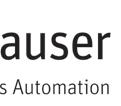

NEW! Soliphant® Series
Level Switches
Starting at $676.00 (FTM20-AM23A)
Endress+Hauser Soliphant® FTM20 vibration rod point level switches detect fine- or coarse-grained, non-fluidized bulk solids in silos, hoppers, and bins. They can even detect solids underwater, such as sediment buildup in a tank.
• 8.86in. insertion length
• PNP N.O./N.C. selectable or DPDT relay outputs
• 1-1/4in. or 1-1/2in. male NPT process connections
















• Select models offer CSA general purpose or FM hazardous location ratings
• IP66/67, NEMA 4X protection rating
Temperature Sensors
Starting at $23.00 (THMJ-B02L06-01)
Temperature sensors provide accurate and reliable feedback for temperature control and monitoring applications.
• Optris infrared pyrometers
• Temperature switches and transmitters




• Thermocouples, RTDs, and thermowells
• ProSense 10K3 series thermistors
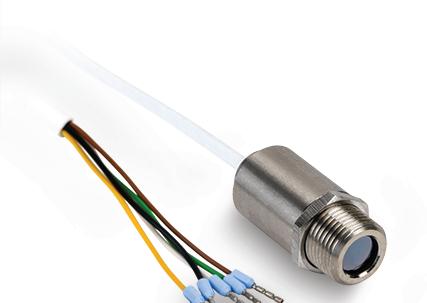

• Digital temperature switches/transmitters
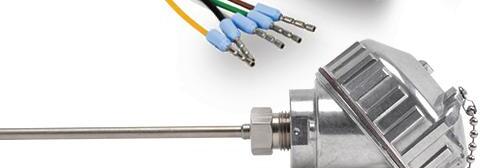
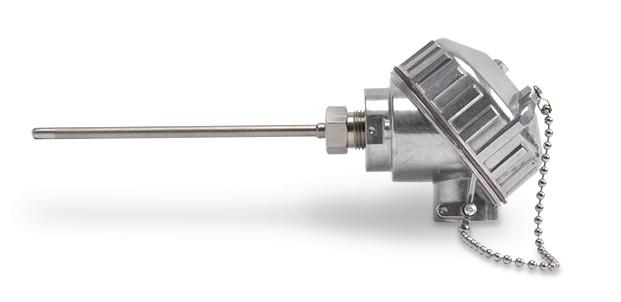
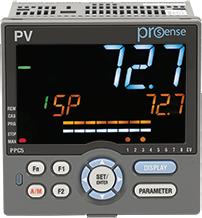
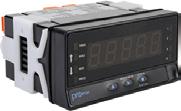
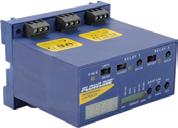
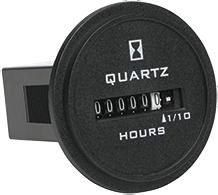



NEW! Tru o®TKM Series Paddle Wheel Flow Meters







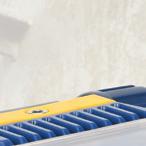









Starting at $944.00 (TKM-15-P)



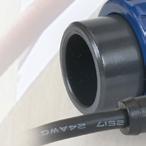
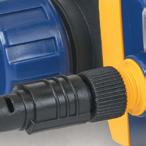
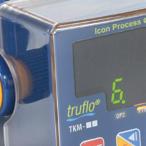
ICON Process Controls Truflo® TKM series paddle wheel liquid flow meters provide reliable, full-pipe liquid flow measurement with exceptional long-term performance. They deliver outstanding value and are constructed with a chemically resistant PVC body, ideal for corrosive liquid applications.
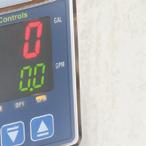












• Sensing ranges up to 357 GPM
• 4 to 20 mA and pulse outputs
• ShearPro® paddle wheel design features 78% less drag than older paddle designs
• ShearPro® through-pin design eliminates finger spread and lost paddles
• 1/2 to 2in. schedule 80 socket process connections
• NEMA 4X and IP66 protection rating
Pressure Sensors

Starting at $79.00 (LPPT25-20-0015H)
Rugged pressure switches and transmitters provide accurate and reliable feedback for pressure control and monitoring applications. Switches provide simple setpoint-tripped signals, while transmitters can provide gauge, absolute, or differential pressure analog readings. Hygienic models and models for potable water applications are also available.







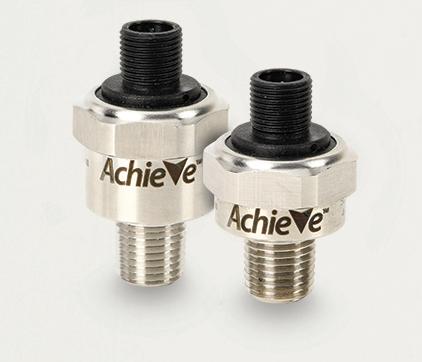
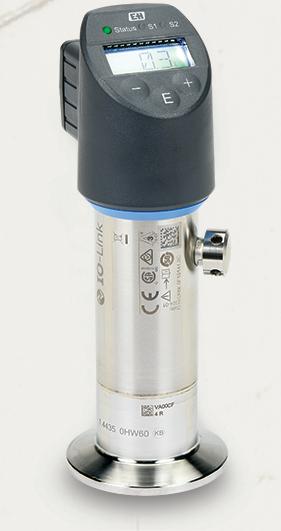
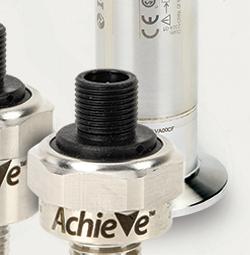

(continued from page 17)
Variety of form factors
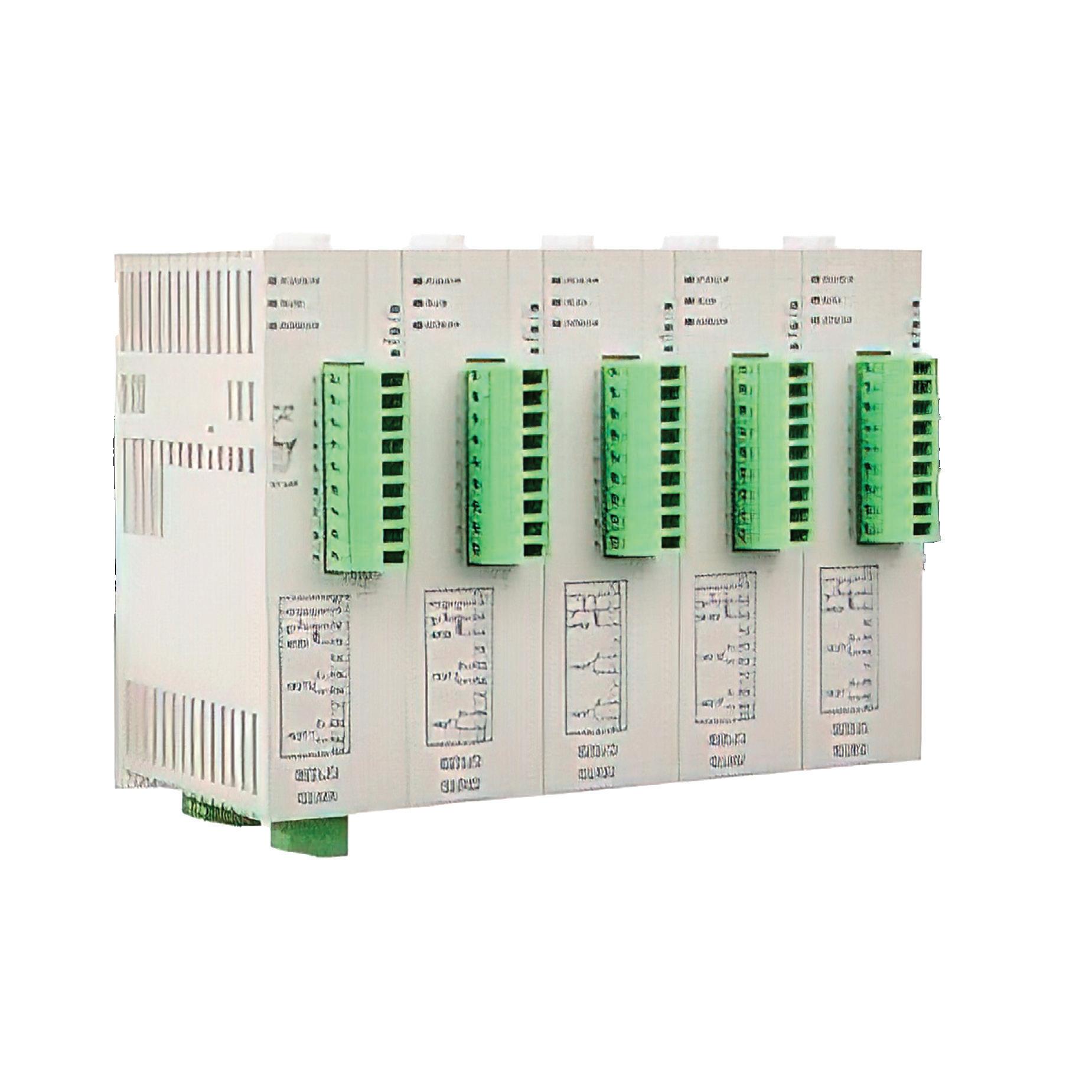
A choice of form factors makes singleloop controllers easy to integrate into equipment. Users can choose between panel-mount devices and DIN-rail units designed to fit into a cabinet where space is limited. Panel-mounted devices are available in standard DIN form factors, with buttons for configuration/auto tuning and displays to show SPs and PVs. DINrail-mount units do not have faceplates with displays or buttons, and must be configured by PC software (see Figure 3).
Conclusion
Single-loop process controllers are designed for monitoring single variables in standalone systems or machines. They provide local control and monitoring, although many can communicate with a PLC for remote control or to export data. For simple applications requiring the control of a single variable, singleloop controllers offer many advantages over PLCs. They’re integrated packages that require minimal effort to obtain maximum results. Many include builtin communications functionality. They don’t require advanced programming, just parameter configuration, saving time, lowering engineering costs, and reducing the possibility of error. Merely install, auto tune, and for most applications, the units are ready to go. Right size your engineering – consider whether a single-loop controller might be the best control solution for your process and your budget.
Figure 3: The DIN-rail mounted version of the AutomationDirect SOLO temperature controller features a control unit and up to seven expansion modules, enabling it to simultaneously control eight processes. Up to four of these units can be connected on an RS-485 network for control of up to 32 processes.
AutomationDirect offers two lines of single-loop controllers. Consider our SOLO product line of single-loop temperature controllers for standalone processes requiring tight thermal control. For processes with more sophisticated demands, our ProSense family of process controllers offers increased flexibility and capabilities.
Rin Irvin is product engineer and Josh Waters is product manager for AutomationDirect’s Process Control silo of products.

SPOTLIGHT ON AUTOMATIONDIRECT SOLO CONTROLLERS
Our SOLO controllers are single-loop temperature controllers with a number of features and options:
• Single input with dual control and alarm outputs
• Control modes: PID, on/off, ramp/soak control, or manual
• Built-in RS-485 interface with Modbus RTU (excluding entry-level SOLO Basic)
• With the addition of free software, communications-enabled units can support data logging
• Modular version (for in-cabinet use) available with control unit and up to seven expansion modules for control of eight processes simultaneously; can have up to 32 (four racks of eight units) connected to one RS-485 network
SPOTLIGHT ON AUTOMATIONDIRECT PROSENSE ADVANCED PROCESS CONTROLLERS
For more demanding applications, our ProSense single-loop process controllers offer a richer feature set:
• Accept a variety of inputs (thermocouples, RTDs, analog mA, mV, and V process inputs) to monitor single process variables such as temperature, pressure, level, flow rate, etc.
• Advanced functionality – highly configurable using keypad or PC software
• Models available with additional analog input for remote setpoint and up to four contact inputs with 17 selectable functions
• Extensive and highly configurable alarming options
• Variety of communications options, including Ethernet+RS-485 gateway with Modbus TCP/IP protocol
• Advanced features like super function, “fuzzy logic,” and cascade control
Dedicated Devices versus a PLC for PID Loop Control
Closed-loop PID control is indispensable for a myriad of automation applications, and designers need to know the options for implementing PID using either dedicated devices or automation controllers.
Automated regulatory control of characteristics like flow, level, pressure, temperature, and many other types of process parameters is essential for countless types of machinery, processing equipment, and commercial and industrial systems. The most common way to achieve this is with a proportionalintegral-derivative (PID) control loop. PID control monitors a process variable (PV) input, then commands a controlled output (CO), to achieve steady operation at the setpoint (SP). For more detail on closed-loop PID control, check out this link for “What is PID Control?” at wtwh.me/PIDcontrol The math behind PID control may seem intimidating, but the reality is that suppliers like AutomationDirect offer a wide variety of products to help users easily implement this high-performance control method.
Today’s designers have some choices about what types of PID controllers they select. The general choice is between relatively dedicated devices, or a more capable automation platform.
From analog to digital
The earliest PID controller devices were pneumatics-based, and they were often located in the field near the associated sensing and control device. The development of analog electronics provided an improved way to implement a PID controller, which would often be located in a control room panel. However, the greatest advancement in this area was the development of digital electronics, because microcontroller- and microprocessorbased PID controllers were smaller, cheaper, more reliable, and far more
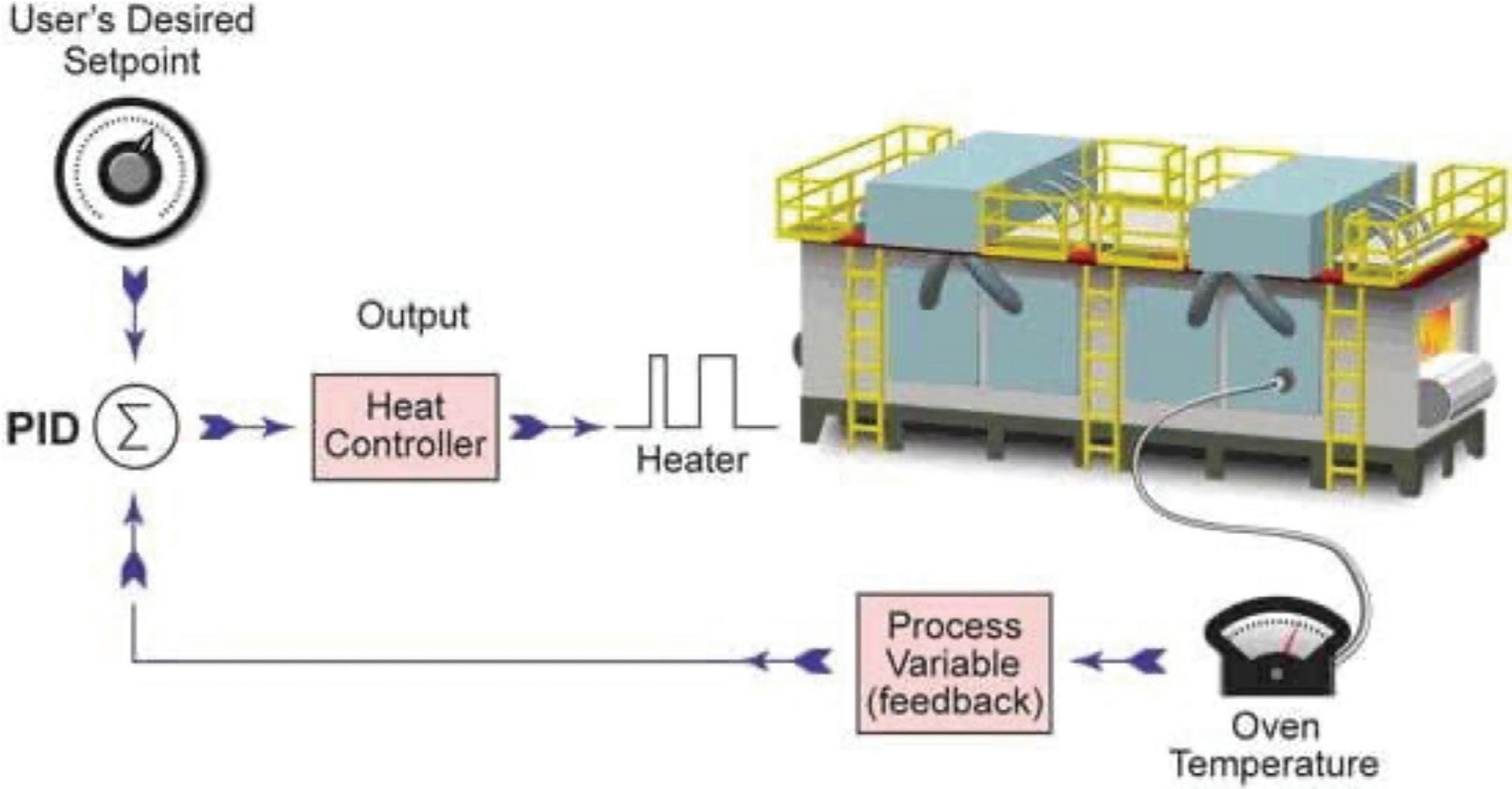
BY BILL DEHNER, AUTOMATIONDIRECT
capable than older technologies. While there may still be some limited applications for pneumatic PID controllers, almost all modern PID control is implemented with digital technologies.
Modern digital PID control can be accomplished with a dedicated PIDspecific hardware controller, within other intelligent devices like a variable frequency drive (VFD), or with an even more capable programmable logic controller (PLC).
Evaluate the application
Here are some basic questions to consider when specifying PID control:
• Is the application completely standalone or localized?
• Is there any need for local humanmachine interface (HMI)?
• What types of alarming and historical data capabilities are needed?
• Should the control be integrated or supervised by other automation?
• Will more complex forms of PID control be employed?
• Would autotuning be desirable?
Dedicated devices for PID control
In very general terms, if an application is quite localized and standalone, there is a strong case to use a modern digital PID temperature/process controller. These will provide reliable control, along with a local HMI so users can monitor operation, and change tuning parameters and the setpoint. These types of local controllers can be very cost-effective.
Many versions of AC VFDs also include on-board digital PID functionality.
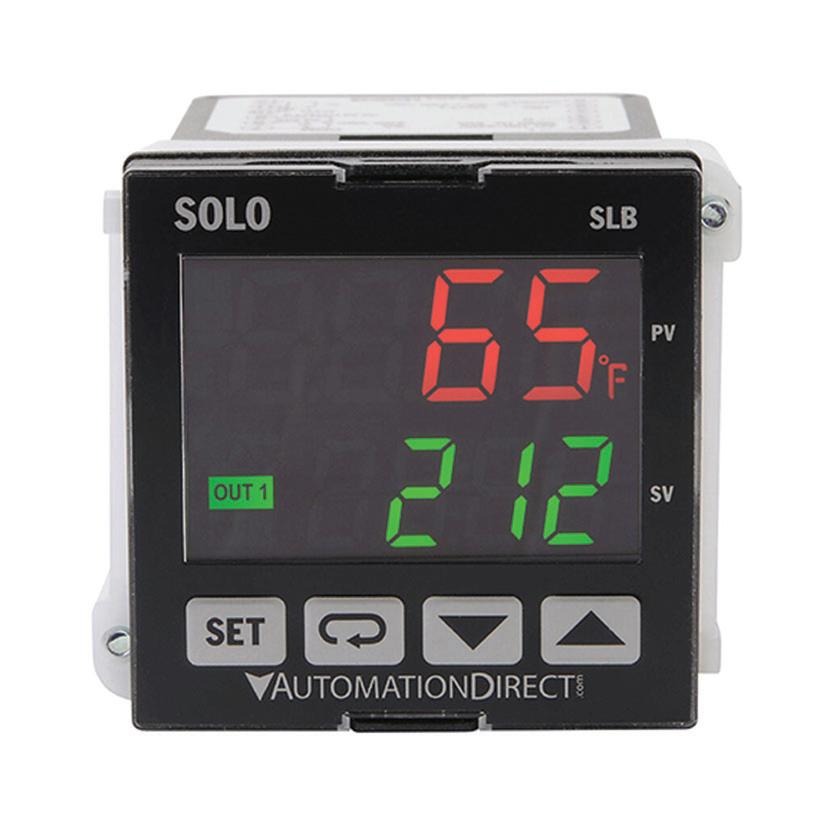
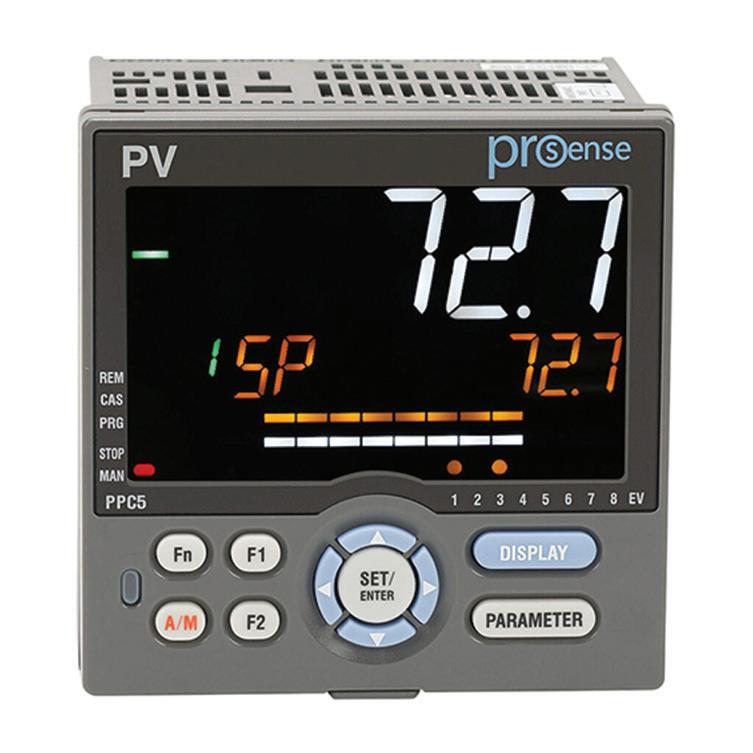

This is a great all-in-one solution because many applications use VFD-driven pumps, fans, or other electric motor devices as the control output to regulate their operation, increasing/decreasing the speed so that the PV remains close to the SP.
Furthermore, some dedicated devices have very advanced options. They can trigger alarm contacts, log data, and communicate with other devices using serial or Ethernet media and other common industrial communication protocols. Considering this, sometimes the right choice is to provide local PID control with a dedicated device, but then to integrate it into a supervisory system.
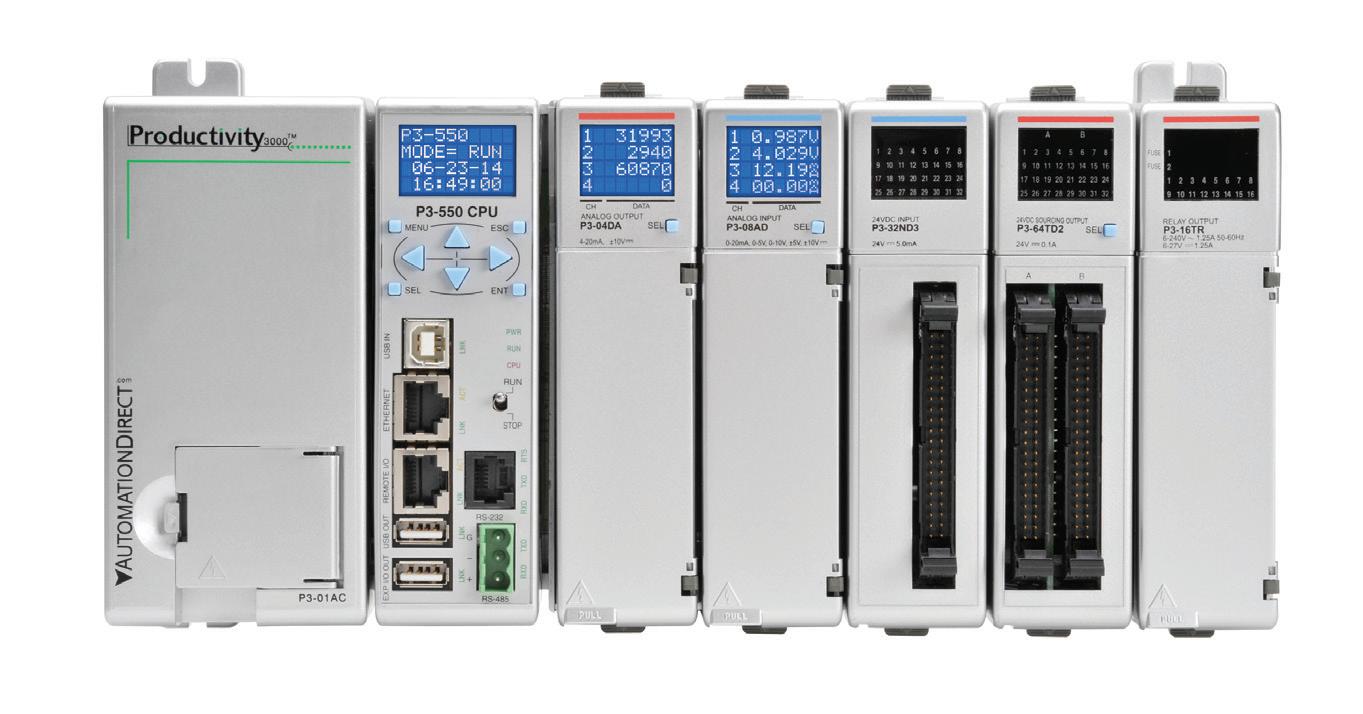
PLCs for PID control
On the other hand, once an application grows a bit in complexity, with multiple loops and other industrial automation requirements, a PLC is often the logical choice. PLCs can control a number of PID loops, and users have the programming flexibility to integrate PID loops with each other, and with the automation of other devices.
For example, a single PLC monitoring a flow meter could control a VFD-driven pump to achieve a target product flow rate through a heat exchanger, while modulating a steam valve to achieve a desired product outlet temperature based on a thermocouple input. The PLC with an associated HMI would allow users to easily start, stop, monitor, and adjust this type of system.
Almost every AutomationDirect PLC includes the capability for PID control, although the advanced models can do much more. Options include the CLICK PLUS micro modular, Productivity1000/2000/3000, BRX stackable micro brick, and more.
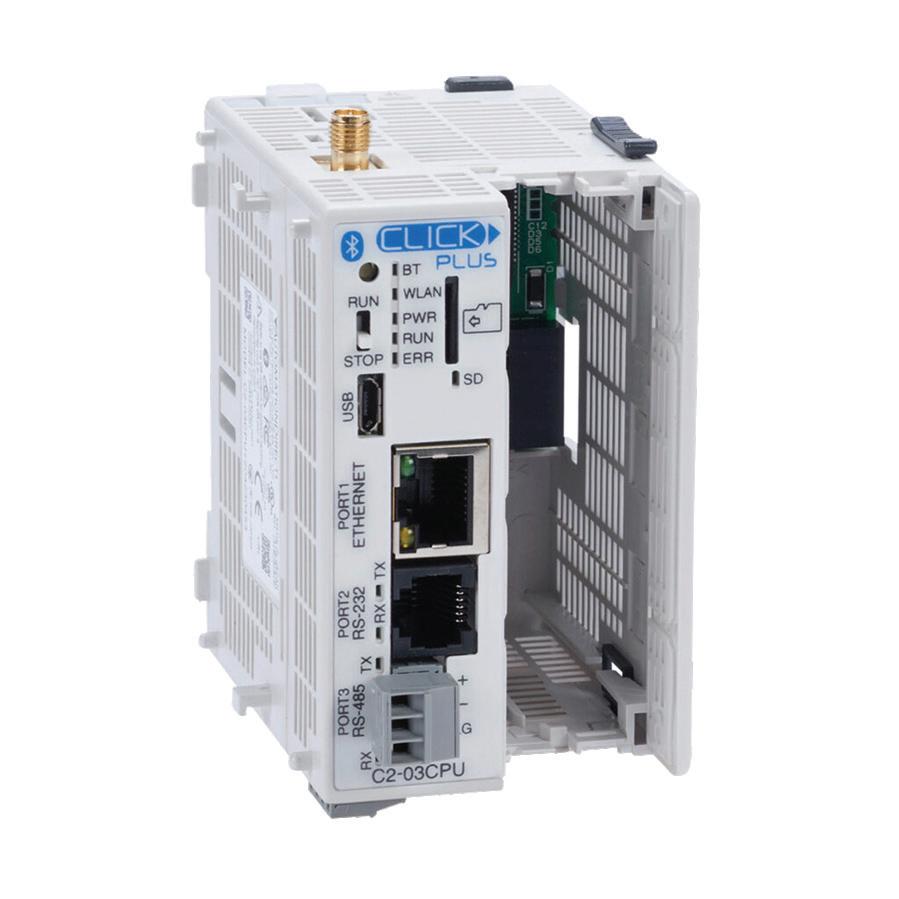
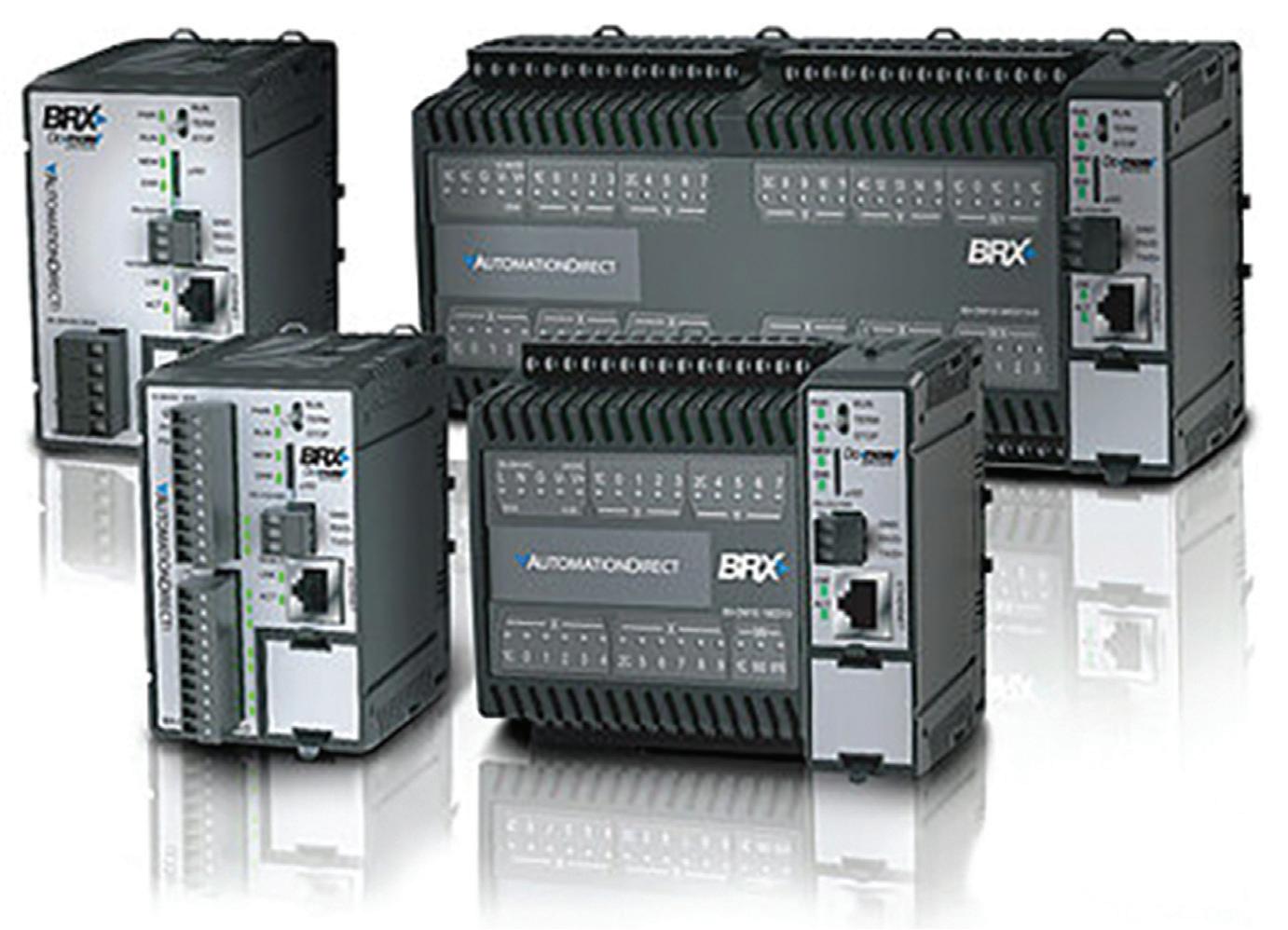
Get the information you need The AutomationDirect website offers a comprehensive selection of dedicated process control and measurement devices and capable PLCs, so designers can find the best fit for applications both small and large. The site also includes plenty of information resources, specifications, documents/drawings, and videos — and support staff are ready by phone and email to help you find the right products for your applications.

Bill Dehner has spent the majority of his seventeen-year engineering career designing and installing industrial control systems for the Oil and Gas, Power, and Package Handling industries. He holds a bachelor’s degree in Electrical Engineering with an associates in Avionics from the USAF and is currently working for AutomationDirect as a technical marketing engineer.
SOLO Temperature Controller
Productivity2000 PLC
CLICK PLUS PLC
BRX PLC Family of Controllers
ProSense Advanced Process Controller
DURApulse GS30 Drives

Automation of a Pilot-Scale Distillation Process
SApplying large-scale automation concepts and technologies to a small-scale process operation.
BY DOUG RENEKER
mall-scale distillation processes can take many forms because there are countless possible objectives, but the underlying principles reflect those used by large-scale companies to produce fuel, chemicals, and alcoholic beverages. Boutique and hobbyist practitioners creating products worthy of aging and imbibing generally work from fermented grain mash using corn, barley, rye, or others. They distill first in a “stripping run” using a pot still — where all steam passes directly into a condenser — and then a second time in a “spirit run” using a more selective process.
Our small team wanted to try applying big-industry practices to small-scale process applications. We would test using a cost-effective, yet capable, programmable logic controller (PLC), human-machine interface (HMI), various instrumentation, and control elements to operate a pilot still for increasing the strength of ethanol for beverage use. Such a “moonshining” application is legally confusing as there are many possible regulations. U.S. federal prohibitions largely remain in effect, although they have been challenged effectively in court. Individual states differ on the topic, and many countries have relaxed regulations. Anyone considering taking this up should research local legal restrictions. Safety is also important, with general hobbyist guidelines recommending against distilling a wash above 40% ethanol. The thought that a home distillation setup can compete on price with commercially available options simply isn’t practical, as is the case with home-brewed beer.
Extracting success
For those who insist on the hands-on approach, fermented grain mash typically contains about 10% ethanol. Heating this product as a batch in a pot still results in higher-concentration ethanol, and water. Since the mash ethanol content is highest at the start, boiling begins at about 92° C, and this temperature gradually increases as ethanol is cooked off. Distillate “low wines” from this stage are usually around 30% to 40% ethanol.
Performing a spirit run to transform this into higher proof distillate suitable for aging is where things become more complex. Some distillers simply use a pot still for the spirit run, but this results in a relatively low proof. Achieving higher efficiency may involve using scaled-down industrial processes with trays and bubble plates, easily capable of producing >90% concentrations. For making a neutral spirit (vodka) this is an excellent approach, although with costly equipment. Creating distillate retaining flavor from the mash (whiskey) calls for a lower final proof, but higher than is possible from a pot still.
Purifying the process
Since small-scale distillers often enjoy designing and building their own equipment, creating a column with accurately controllable efficiency is a basic challenge. One approach is a packed column, where steam moving through Raschig rings or copper mesh packing provides a higher degree of separation than a pot still, in an arrangement simpler than trays and bubble plates. Success depends on creating reflux, where some steam condenses in the column, allowing liquid and steam to flow counter-currently.
To generate reflux, a small condenser called a dephlegmator is placed at the column top such that the produced condensate falls back onto the packing. If carefully controlled, this approach can be highly effective. However, if the dephlegmator is too hot, most steam will pass through and there will be little or no reflux. If too cold, it can choke off steam flow entirely, with little or no distillate recovered. Ideally, the operator should determine what steam temperature, measured at the dephlegmator exit, provides the desired alcohol content. For example, creating alcohol at 80% calls for steam around 83° C, so this should be the dephlegmator exit temperature. Since alcohol concentration below 45% in the boiler below results in a boiling point >84° C, the dephlegmator must cool the steam, but by a specific amount, which means cooling water flow must be controlled.
Refining the control
The still setup illustrated (Figure 1) consists of a 10-gallon boiler sending steam through a 2-inch copper column packed with ceramic Raschig rings, then into a dephlegmator (Figure 2) using a small shell-and-tube configuration with four ½-inch tubes. For purposes of this demonstration, we’re distilling commercially produced vodka, diluted to 40%. A resistance temperature detector (RTD) is inserted at the exit to measure steam temperature. Since this value is only a proxy for alcohol percentage, we measure the actual percentage manually at the final delivery point via a proof hydrometer using a parrot (Figure 3). Unfortunately, this value can’t be input directly into the PLC. Conditions may call for adjusting the 83° C setpoint to maintain output at 80% or some other value as desired.
This process is generally stable: boiler temperature gradually increases as alcohol is depleted, so cooling water flow must increase gradually in response. Steam coming through the dephlegmator passes into the main condenser and is captured as liquid at the delivery end. >>
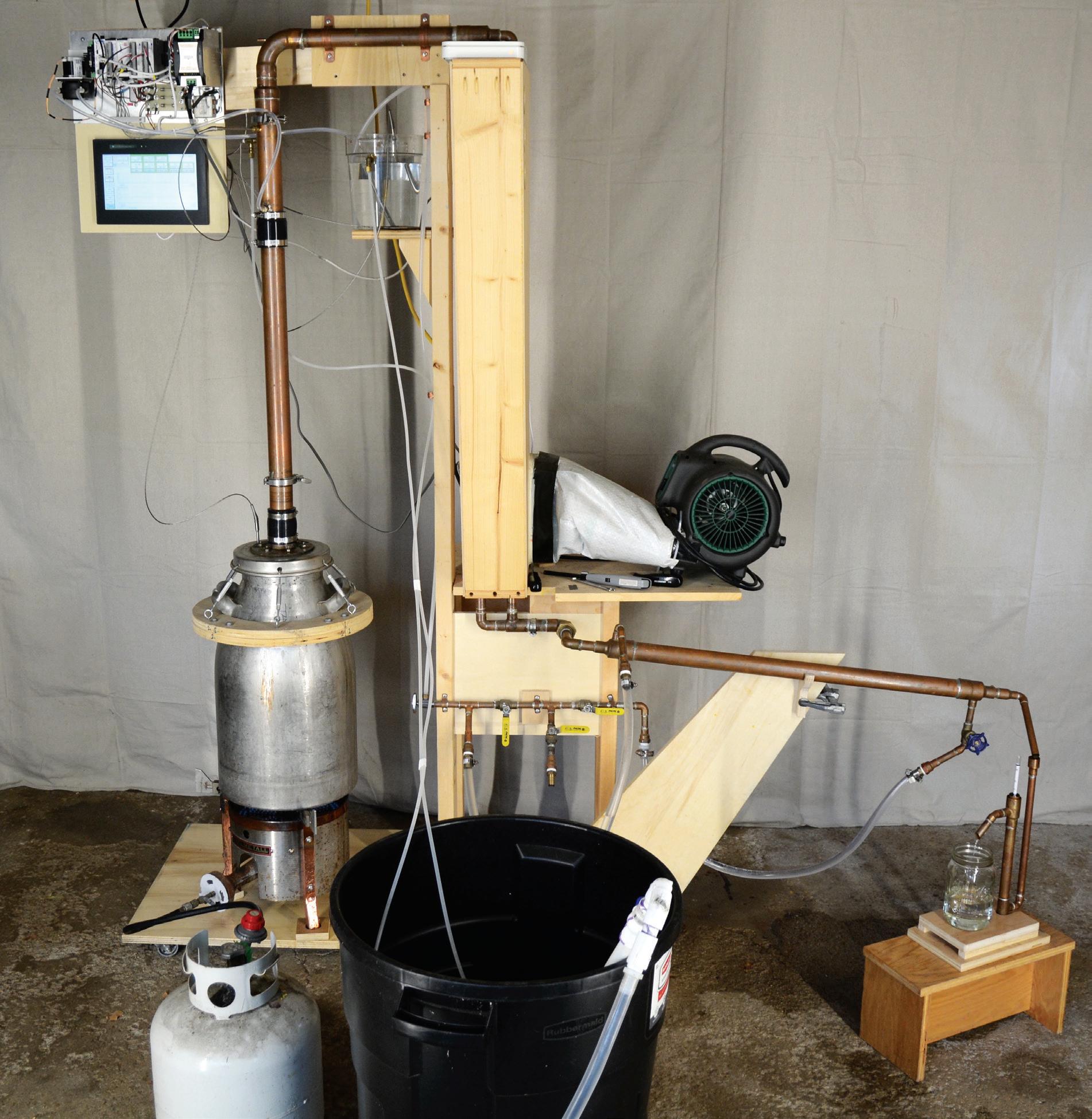
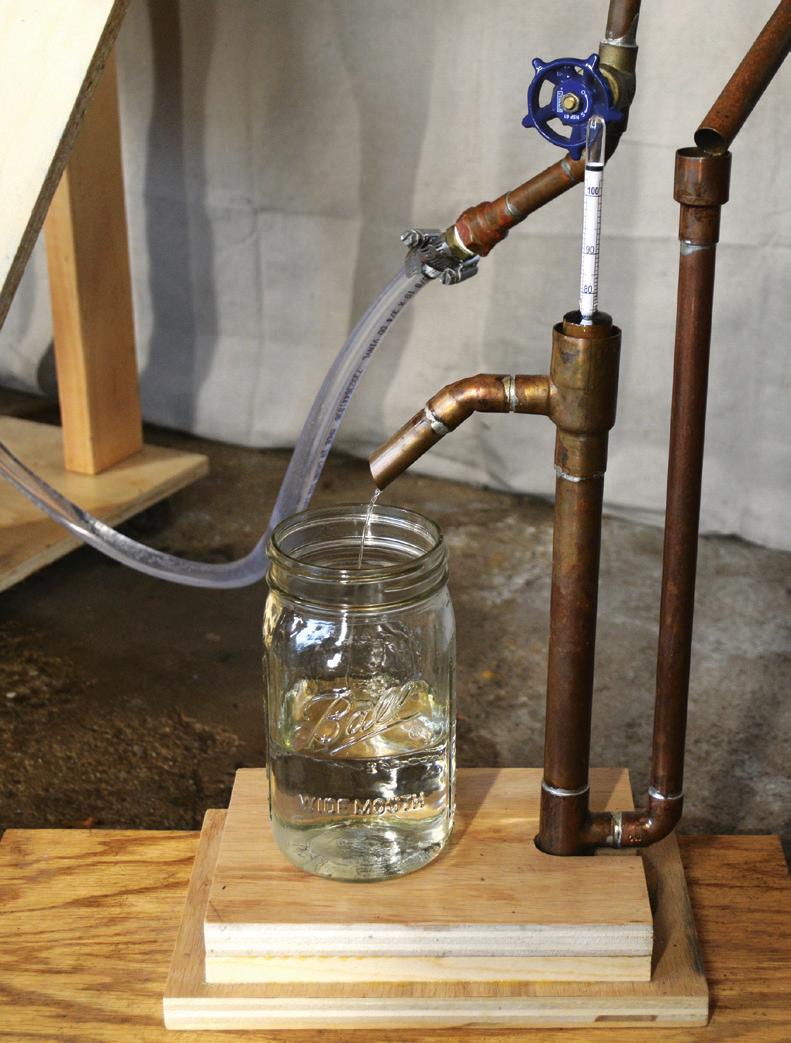
Figure 1: This distillation setup uses a 10-gallon boiler heated by a 72,000 BTU propane burner. After the dephlegmator, it has a twostage condenser, first using forced air in the vertical box, followed by a water-cooled Liebig condenser.
All images courtesy of Doug Reneker
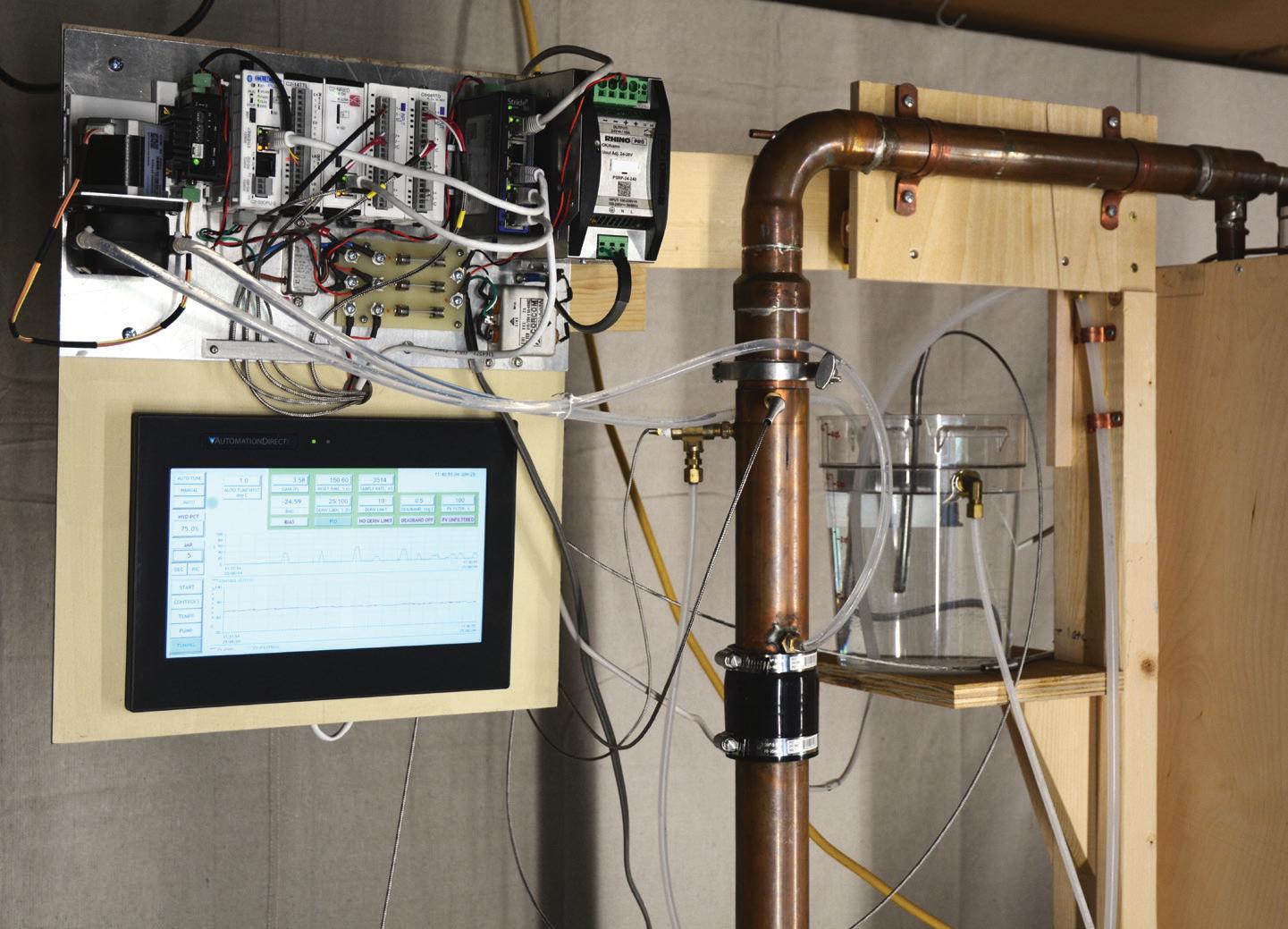
(RIGHT) Figure 2: The dephlegmator is at the top of a packed column (between the black sleeve and tri-clamp fitting) to create reflux. Water flow and the resulting cooling must be controlled by the PLC to maintain the ideal alcohol content setpoint.
(LEFT) Figure 3: A “parrot” uses a hydrometer to measure alcohol content as it comes out of the condenser.
Controlling cooling water flow has been the main challenge, with several approaches tried:
1. Using a needle valve from a pressurized supply. This works, but is highly sensitive to supply pressure and is difficult to control accurately. Regular tweaking is necessary.
2. Replacing the needle valve with a small peristaltic pump regulated via a manual speed control. This volumetric solution eliminates supply pressure problems, but still requires frequent adjustment.
3. Replacing the pump’s manual regulator with an Arduino capable of proportional-integral-derivative (PID) control to adjust pump motor speed to maintain the 83° C setpoint. Conceptually, this was a major advance, but still erratic and difficult to tune due to long process lag time.
These trials suggested a need for a PLC and HMI capable of measuring and visualizing multiple temperature points, and using these values to modulate pump speed with a stepper motor and PID control (Figure 4). Cloud connectivity via Node-RED allows data logging and monitoring from anywhere. The PLC/HMI/stepper solution provides exceptional control versatility and access to process data:
• Multiple temperature measurement points are trackable, including boiler/ steam; steam at dephlegmator exit; cold water supply to dephlegmator; heated water exiting dephlegmator; and ambient temperature.
• Pump speed/cooling water flow and temperature differential allow calculation of heat removal.
• Automatic PID tuning software resident in the PLC helps optimize control.
Additionally, the HMI allows manual inputs, such as indicating when jars are filled at delivery. Common spirit run practice uses small jars (e.g., quarts) and numbering them sequentially as output moves through stages called foreshots,
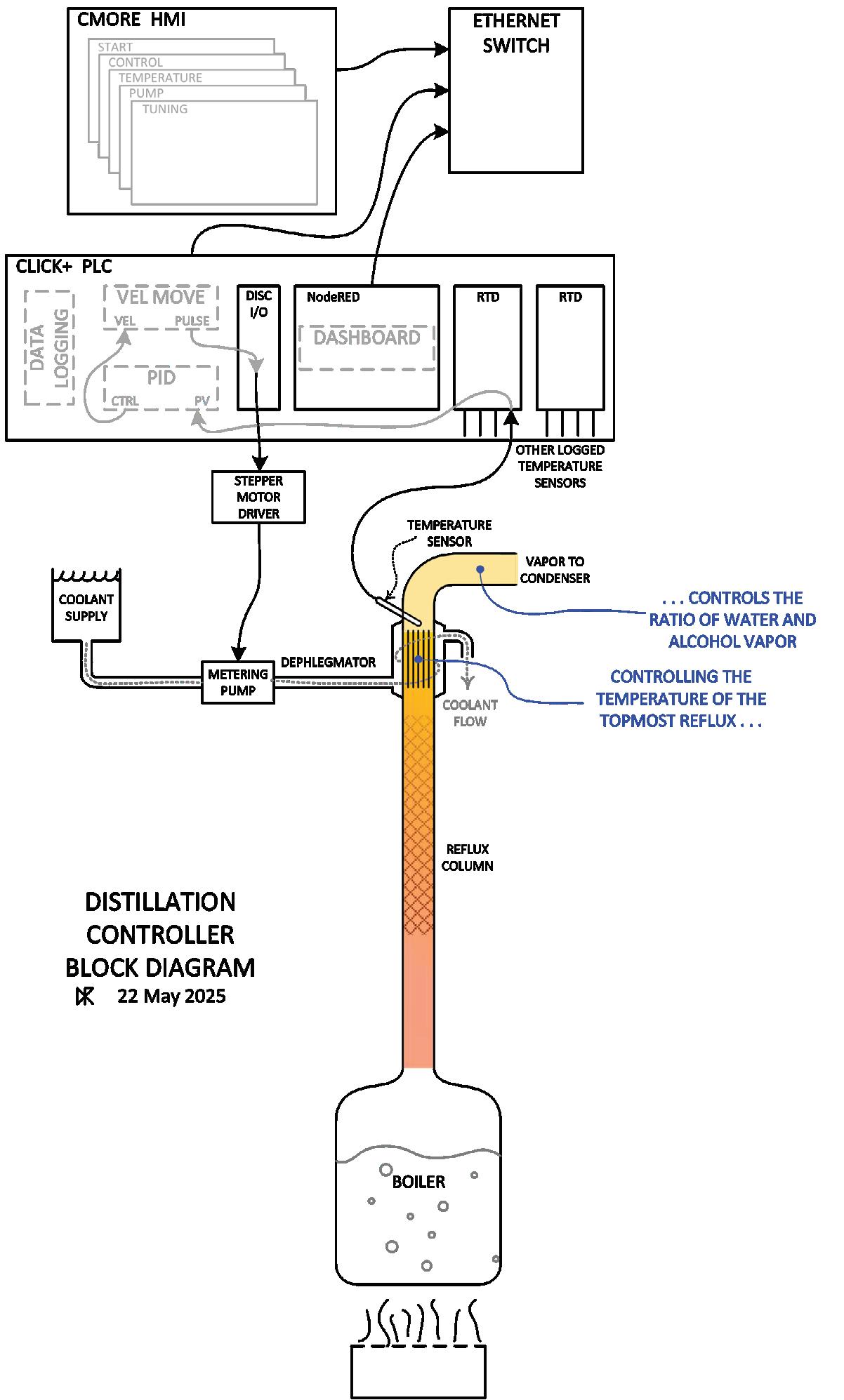
Figure 4, 5: Our pilot-scale distillation setup uses a CLICK PLUS PLC and I/O, Leadshine stepper drive, C-more CM5 HMI, and other components all sourced from AutomationDirect, to achieve closed-loop control, perform some general process automation, and provide data for analytics.
heads, hearts, and tails. As each jar fills, a tap on the touchscreen marks each point on the graphs, providing a record of output. Output slows during the run until it effectively stops.
Trial runs have shown great success with this approach. Commercial off-theshelf (COTS) hardware has been easy to implement using free configuration software, and barely a dozen rungs of ladder logic were needed due to the builtin PID and math capabilities. An upcoming story will provide more implementation details and results — stay tuned!

Doug Reneker is a retired electrical engineer and circuit designer who worked for Bell Labs, Recon/Optical, and Arris. He has a BS and MS in electrical engineering from Iowa State University. Contact him at reneker@ieee.org .
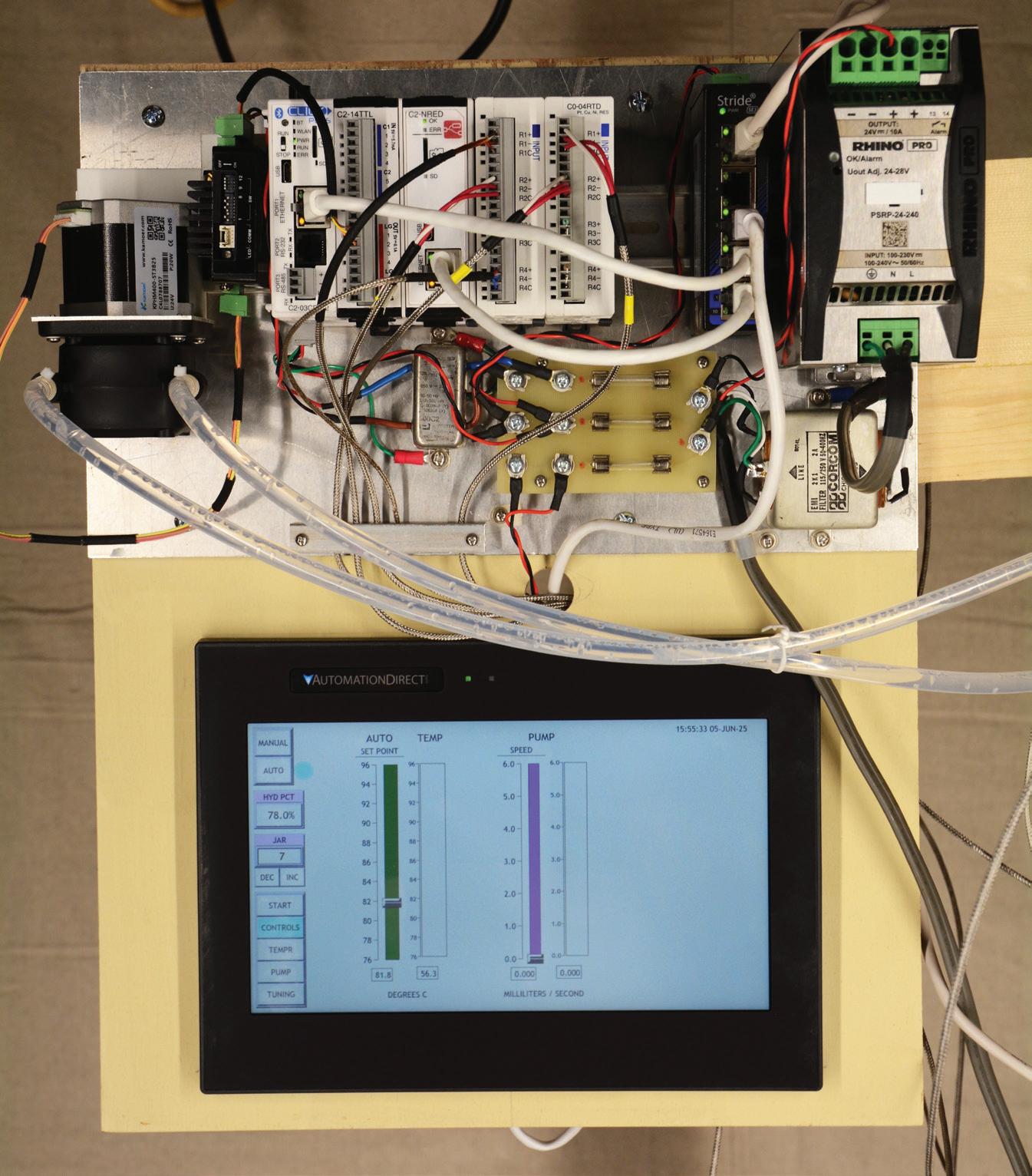



Modular Process Valves







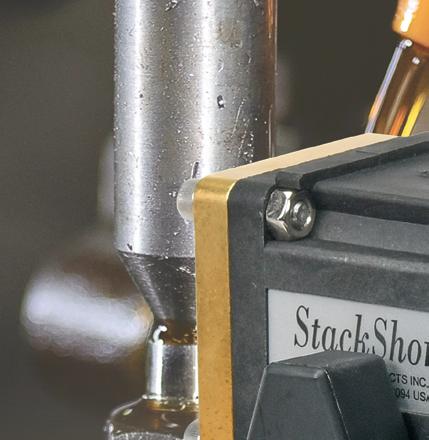


CITO MODULAR PROCESS VALVES STARTING AT $29.00 (SP-1000-BR)
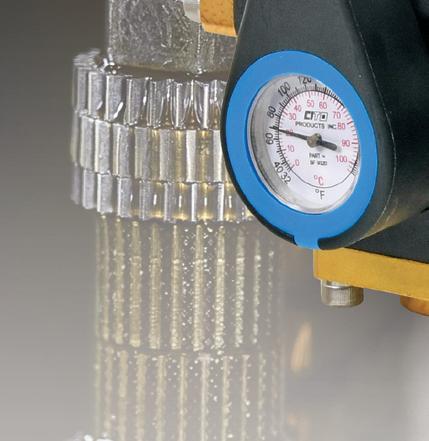
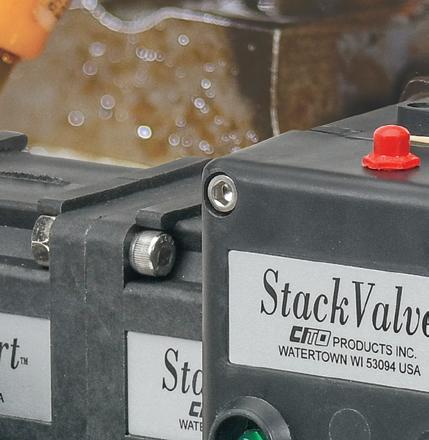
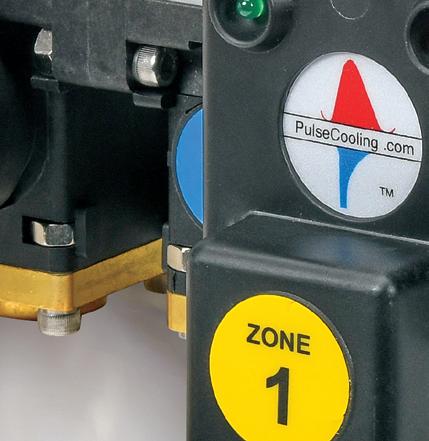
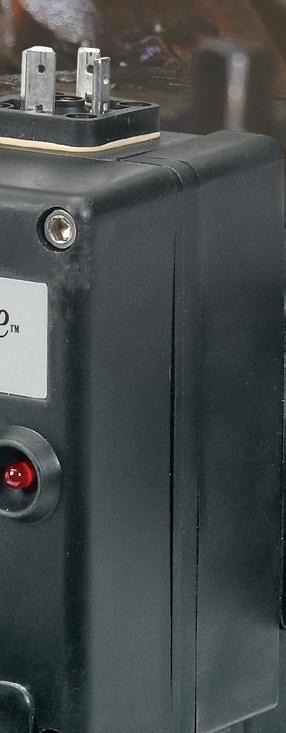
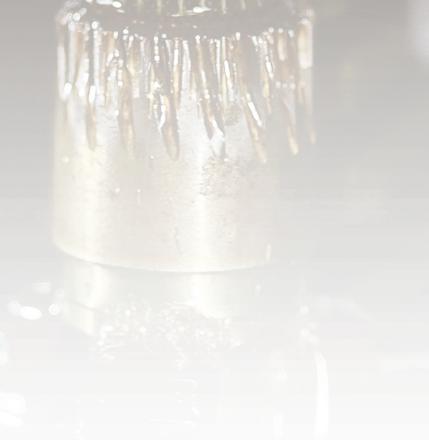
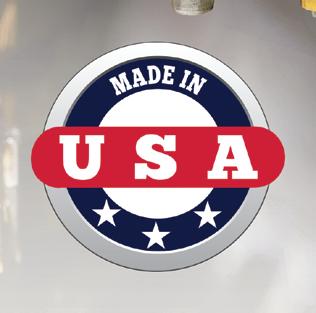
CITO Modular Process Valves


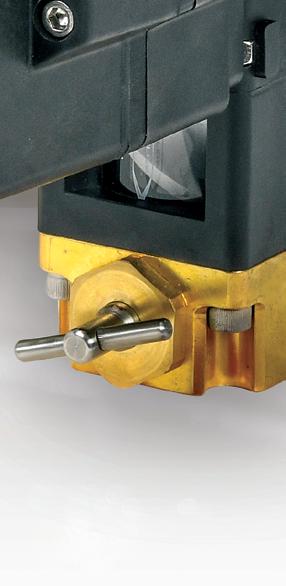
CITO™ StackFlow™ series valves are a durable series of modular process valves that can stack together to form a valve bank assembly. Each module includes common inlets at each end and an outlet discharge at the bottom. Manual and solenoid valves are available, as well as distribution blocks that can all be included in the same assembly. All components are proudly made in the USA.

CITO StackFlow series manual ball or diaphragm process valves offer a high flow coefficient. These valve assemblies save space and allow for an easy-to-maintain system. Inlet and outlet port adapters are sold separately.
• Pressure rating: 5 to 100 psi (minimum pressure for manual valves 0 psi)
• Temperature rating: 20 to 160°F [-6 to 71°C]
• 24 VDC valve has an electrical override button
Also Available
General-Purpose Process Valves
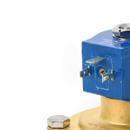
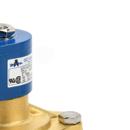
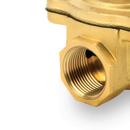
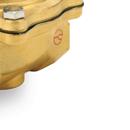
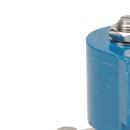
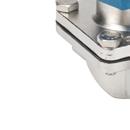


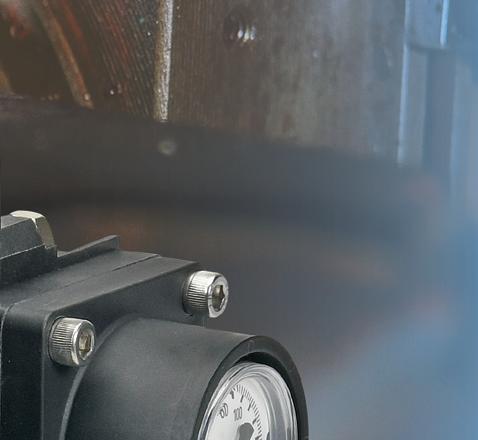
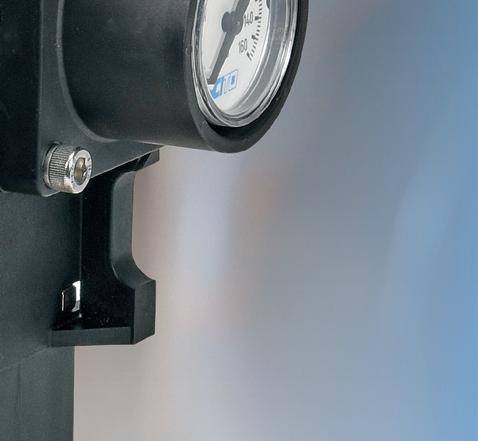



Other components available include:
• End caps (blank or with integral temperature or pressure gauge)
• Inlet and outlet port adapters
• Outlet flow controls
• Check valves
• Flow indicators

Stacking/Manifold Process Valves NSF Potable Water Valves
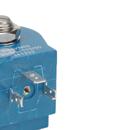
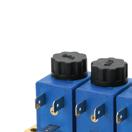
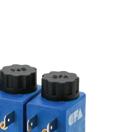
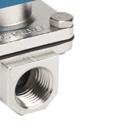
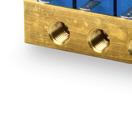
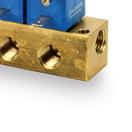



Cooking Up a Partnership
BY JORDAN HULSEY, CALDWELL ELECTRICAL CONTRACTORS, INC.
A system integrator supports their food processing client, implementing industrial automation technologies for a mix of OEM equipment and systems throughout the facility.
With busy lives and schedules often bursting at the seams, ready-to-eat (RTE) food has become a convenience that many indulge in — and some may even rely on. RTE meal providers highlight the taste, quality, and nutrition of their offerings, emphasizing premium ingredients and careful preparation as key selling points. However, an often-overlooked factor is the advanced automation operating behind the scenes in the kitchen to help create first-rate products. By automating processes like ingredient handling, cooking, and packaging, providers can ensure each meal is prepared safely, reliably, and cost-effectively.
RTE kitchens supply restaurants, convenience stores, hospitals, schools, and cafeterias with fully prepared and cooked food products that simply need to be reheated. When a leading RTE kitchen specializing in a variety of meat and specialty products decided to expand to a new location, they turned to Caldwell Electrical Contractors, a trusted partner and member of the AutomationDirect SIDirect program.
SIDirect is a network of systems integrators (SIs) and panel shops that have demonstrated exceptional product knowledge and application expertise with automation products, a dependable tool for end user companies of all sizes to match their automation outsourcing needs with trusted providers. The Caldwell team has nearly 40 years of experience providing
electrical and SI services for a variety of industries. Not only does Caldwell internally maintain core competencies, but they also work with other local technical specialists — such as Nick Bell of Interconnecting Automation — to flexibly extend their capabilities. Throughout the course of this project, Caldwell and Bell developed a state-of-the-art turnkey automation solution for the new facility, which not only leveraged best practices from the client’s two existing sites but also incorporated the latest technological advancements (Figure 1).
Based on the construction schedule, work began with some of the utilities and then progressed sequentially into the processing and packaging areas.
Beginning at the end
To maintain sanitary conditions for food processing, the work areas and equipment in contact with food are frequently washed down and thoroughly cleaned. During these sanitation procedures, the water runoff — which also contains ingredients, cleaning solutions, and other byproducts — is commonly collected for additional treatment until it can be properly disposed of by transferring it to the local wastewater agency.
The wastewater flows from the production area through a network of pipes and into the wastewater holding tanks, known as equalization (EQ) basins. These EQ basins are equipped with level
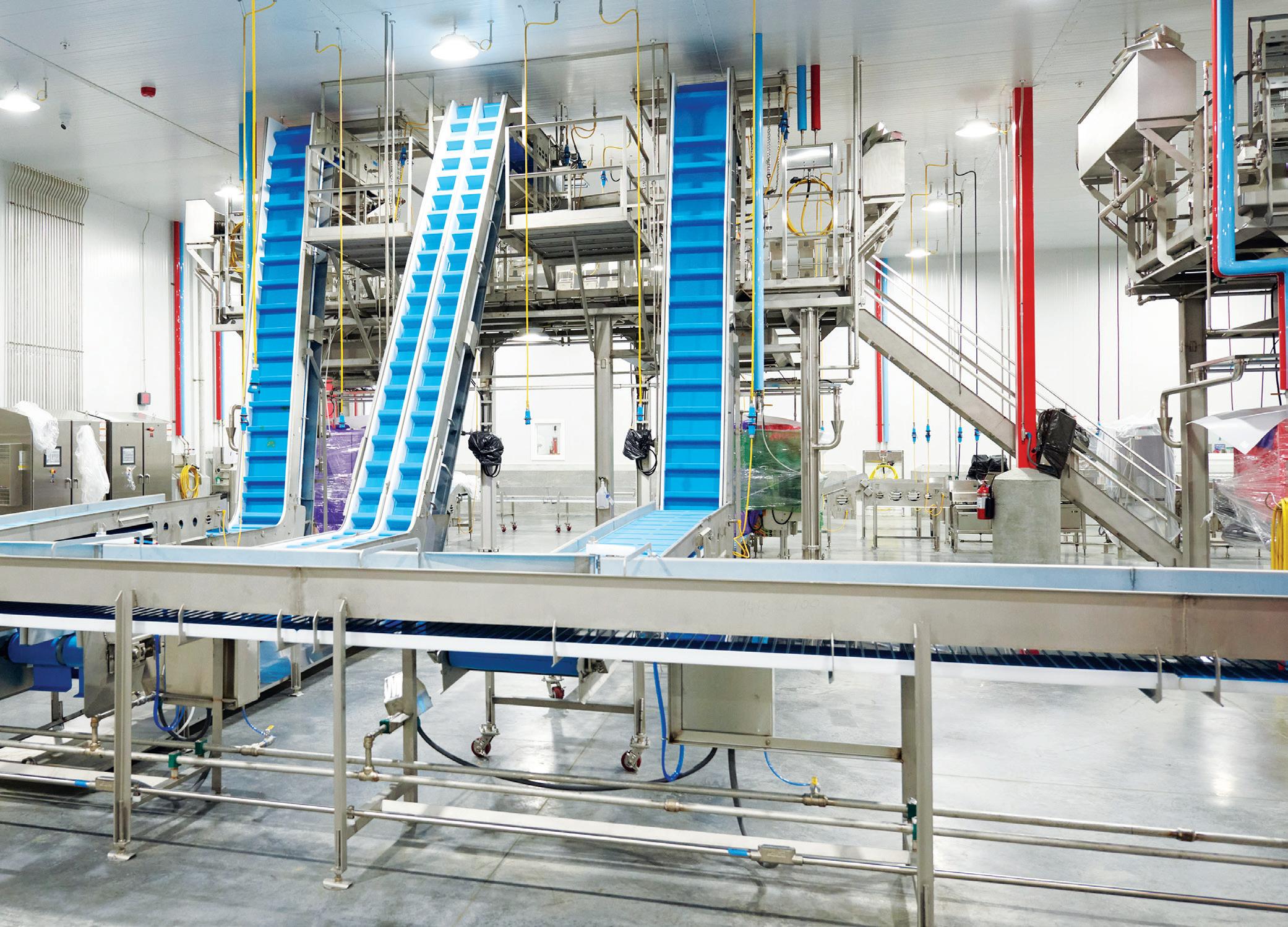
sensors to continuously monitor water levels, and also include blowers to aid in agitation and ensure the water remains well-mixed. The EQ basins store the wastewater until it is ready to be processed through a sophisticated system using pumps and treatment procedures. This system is designed to monitor and adjust the pH levels, while also removing any solids present in the water.
For this client, Caldwell equipped the wastewater handling system with an AutomationDirect Productivity2000 micro-modular programmable logic controller (PLC) to locally control this area, and provide connectivity with the larger plant-wide automation network. The PLC monitors and controls the level and pH, operating pumps and valves as needed to transfer the liquid and adjust the pH using caustic or acid. The system also provides event and data logging, and alarm generation, so the operations and maintenance team can respond quickly if any disruptions occur.
Keeping
things moving
Many food and other manufacturing facilities are arranged into an upstream area where raw ingredients are stored, a midstream area where the products are combined, cooked and otherwise produced, and a downstream area where they are packaged. For this facility, a sophisticated series of conveyors are used to ensure ingredients and food products move efficiently throughout the facility and
are safely packaged. Caldwell was tasked with integrating specialty conveyors from multiple original equipment manufacturers (OEMs) into a single control system optimized for seamless operation, with some localized controls.
A total of 40 mobile conveyors — capable of being easily adjusted and moved between workspaces — required local control panels with variable speed drives (VFDs). Caldwell designed and built selfcontained VFD enclosures with flexibility in mind, allowing the mobile conveyors and their controls to be relocated or installed
Figure 1: A turnkey automation solution in the food processing industry includes sophisticated controls and sanitary, washdown-resistant designs for cooking equipment, product conveyors and associated utilities such as air exhaust and wet well systems.
All figures courtesy of Caldwell Electrical
at different points throughout the facility without significant infrastructure changes. The standalone VFD enclosures provide protection from moisture and chemicals during harsh washdown conditions. Caldwell used slope-top stainless steel enclosures to keep electronics inside dry and prevent water from pooling on exterior surfaces. Low-profile Schmersal pushbuttons stay cleaner than more traditional industrial options, are water and oil proof (IP69K), shock resistant, and compatible with gloves worn by employees in the food processing areas. >>
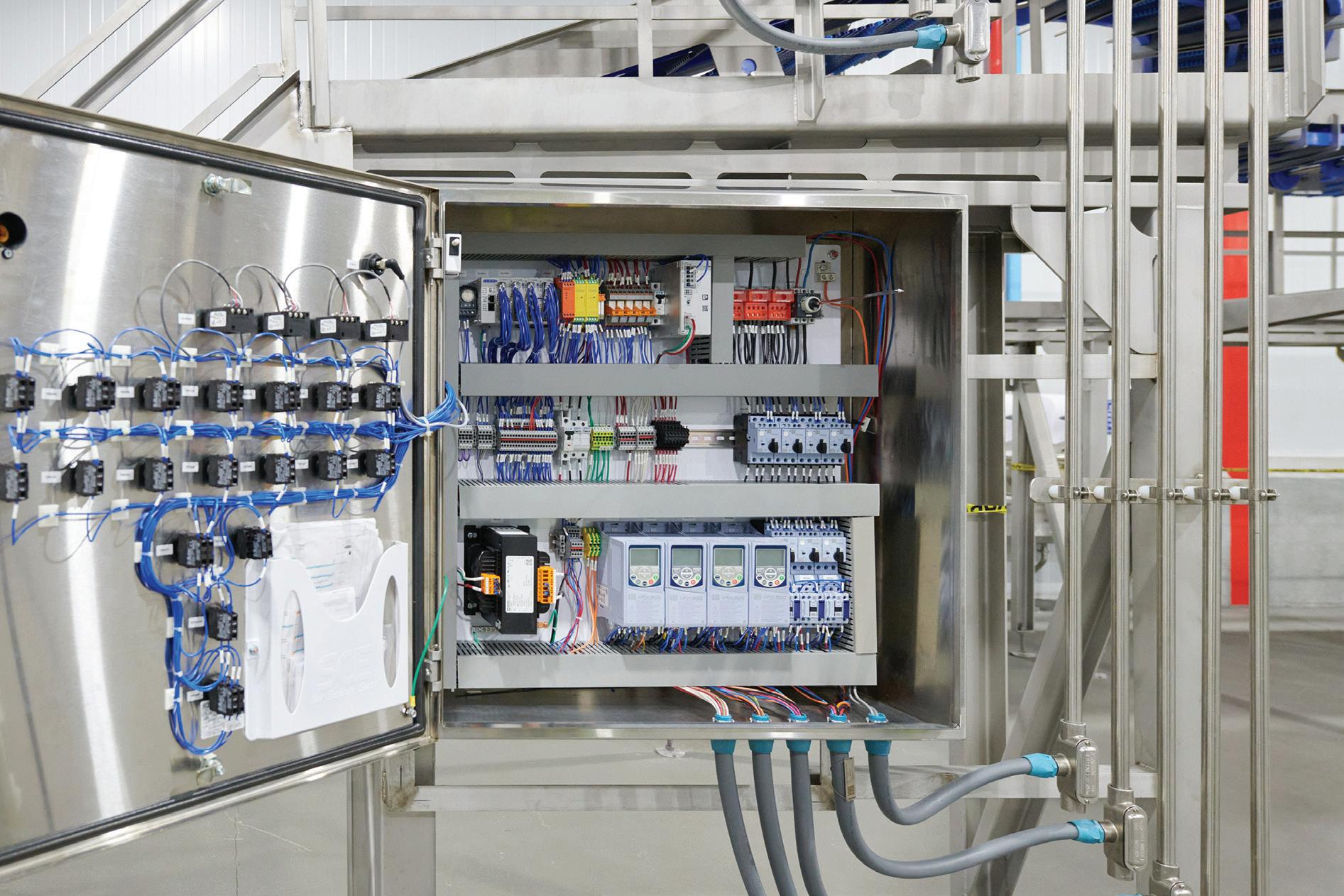
Figure 2: A VFD enclosure with CLICK PLC automation is designed for cleanliness and to protect the controls.
Contractors, Inc.
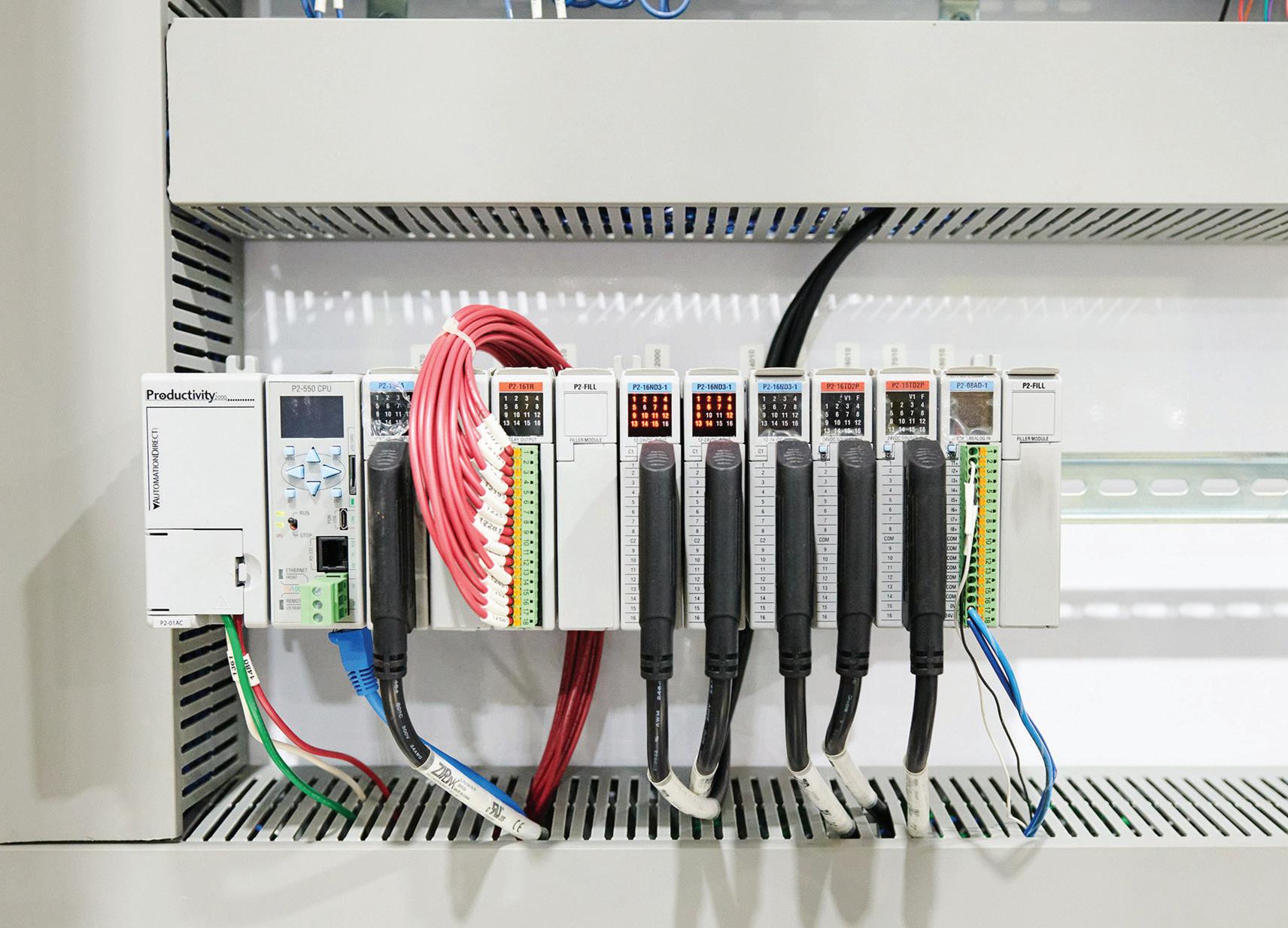
For other operational areas, more expansive control panels were needed (Figure 2). The CLICK PLC, a compact and reliable micro brick controller, is ideal for carrying out many logic and automation tasks. It can also readily be interconnected with the industrial automation Ethernet network, if needed.
Three electrical enclosures support continuous in-motion scaling, and three more operate the packout system controls. When a cooking operation begins, raw ingredients are transported from freezers via conveyors into the processing line. Continuous in-motion scaling helps maintain an uninterrupted flow of items while carefully measuring the throughput for streamlined and consistent performance. The packout conveyors complete the system, transporting and portioning cooked products into the final packaging and subsequent shipping process.
Exhaustive Options
Maintaining clean air throughout the facility is a must, especially when the barbecue ovens are operating. The exhaust system for cooking fumes and airflow is managed by a series of automated air handling fans working together to maintain precise levels of positive, negative, or neutral air pressure in specific rooms throughout the facility at any given time, depending on process needs. In addition to the fans, the exhaust/supply system consists of 67 Ethernet-enabled VFDs and 12 PLCs that work together to keep the system within the desired specifications. Several of the VFDs are equipped with motor lead filters to reduce noise and voltage
spikes, especially in cases where the motor is located far from the enclosure. This is important since the exhaust system controls are housed in three climate-controlled enclosures outside the washdown zone, away from the production ovens.
To meet the processing demands of the advanced exhaust, scaling, and packing systems, the AutomationDirect Productivity2000 PLC was selected. Productivity2000 is a micro-modular expandable platform, with robust communication and extensive processing power able to accommodate a wide range of discrete, analog, and motion I/O modules utilized throughout the facility. The intuitive and free ProductivitySuite PLC programming software is straightforward to use for both developers and maintenance staff. The PLC is designed to seamlessly connect with a wide range of products from AutomationDirect as well as other manufacturers.
Figure 3: Productivity2000 micro-modular PLC supports over 4,000 I/O points. The ZIPLink cabling solution offers an easy and cost-effective way to manage I/O with pre-wired connectors, saving significant panel space and time while also reducing wiring errors.
Selecting the ZIPLink wiring solution was an easy choice to manage the extensive I/O going to and from the PLCs. ZIPLink cables and connectors are a pre-wired solution for PLC I/O modules (Figure 3) and provide simplified panel fabrication while taking up significantly less space than traditional terminal blocks. This streamlined solution not only saves time and money during installation, but also provides longterm benefits, as the design helps minimize wiring errors and makes traceability easier, enabling faster troubleshooting and more efficient maintenance.
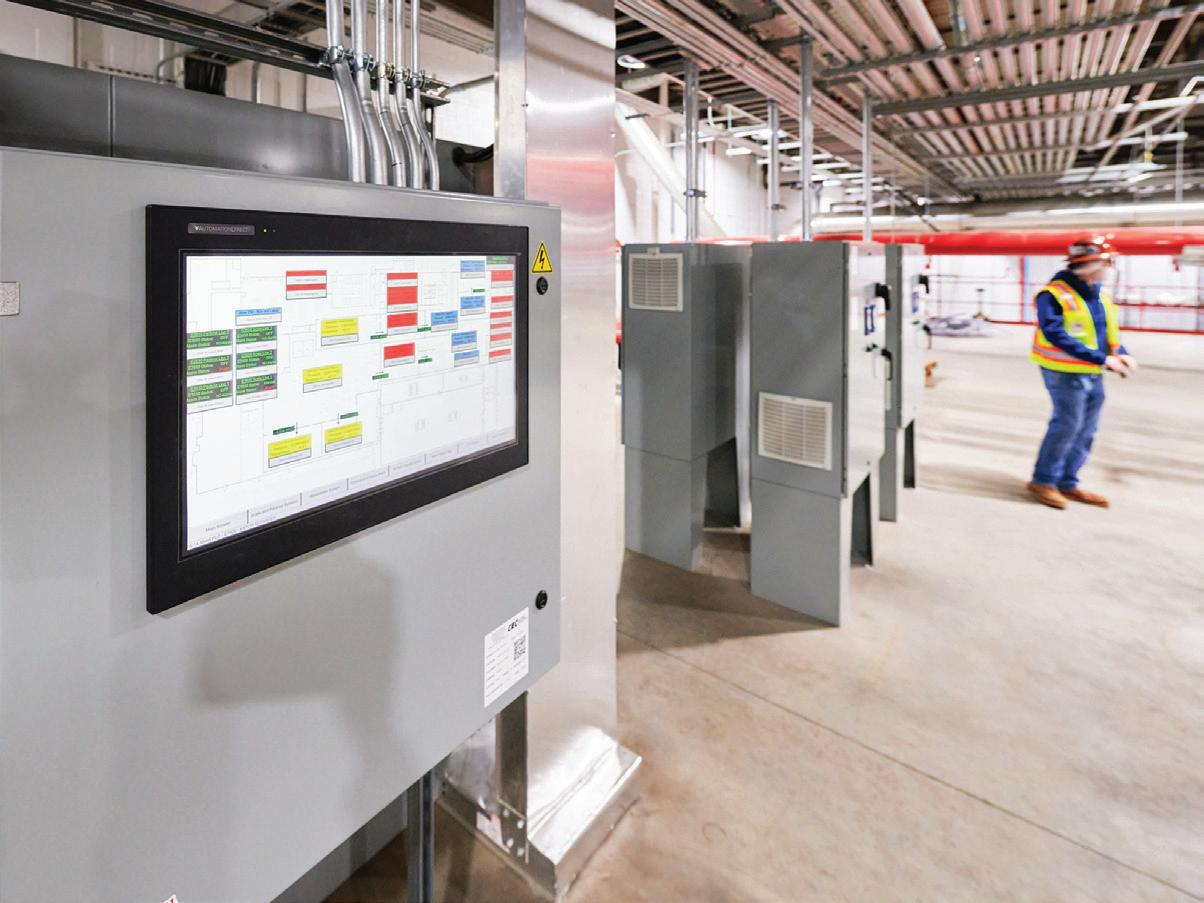
Figure 4: Local controls (L) in the washdown zone are housed in stainless steel enclosures, while remote HMIs (R) allow production staff to interact with equipment outside of the washdown zone. The large color, graphical C-more displays make it easy to see system status at a glance.
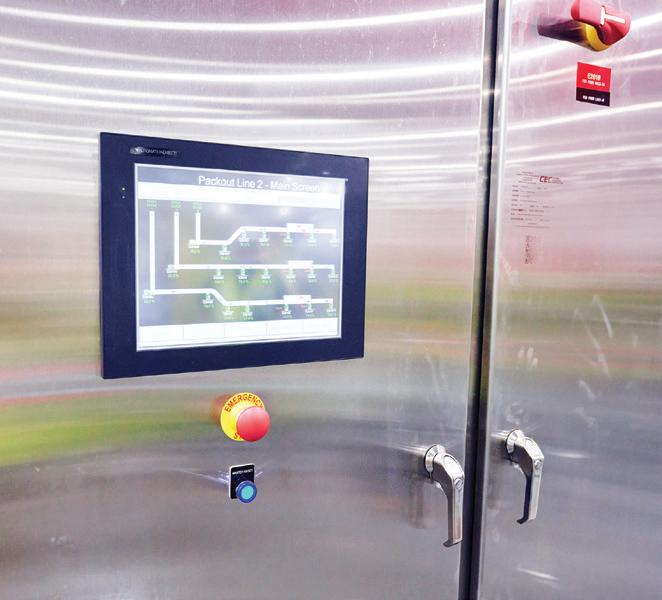
Throughout a series of projects, Caldwell has installed over 10 Productivity2000 systems, and about six CLICK systems.
Seeing the big picture
Overall operations are visualized and provide operator control options with numerous human-machine interfaces (HMIs) (Figure 4). To protect the local controls from the washdown environment, C-more HMI panels are housed in sloped stainless steel enclosures. An additional ten remote HMIs are installed strategically throughout the facility, allowing staff to monitor and interact with processes throughout the production areas, away from the physical equipment. For added convenience, remote access is provided through Caldwell’s branded Wise ViewPoint mobile app remote access solution, which is based on the StrideLinx industrial VPN hardware and secure, cloudbased platform.
To enhance functionality, facility monitoring is incorporated into the industrial automation system. Rather than using a separate platform for building monitoring, these features are easily managed within the industrial automation system. With the Wise Viewpoint mobile app, real-time process data as well as facility status can be visualized graphically on smartphones and tablets. This system allows users to remotely monitor the fryer oil inventory, room pressurization control, conveyors operation, wastewater status, PID control loop information, and fault conditions.
Conclusion
Automation is a key element to ensure product consistency while maintaining sanitary, efficient, and reliable operations. As a member of the SIDirect program, Caldwell is well-equipped for success, and their clients benefit from proven experience. Caldwell cooked up a turnkey automation solution
for their RTE kitchen client — ranging from automation of smaller localized equipment, larger systems, OEM integration, and facilities monitoring, with remote access — featuring AutomationDirect products. The excellent results and support were so impressive that it led to a long-term contract for ongoing service. A foundation built on trust has led to a profitable and successful collaboration for all parties involved.
Jordan Hulsey, Director of Service and Automation at Caldwell Electrical Contractors, Inc., brings nearly two decades of experience delivering exceptional service to industrial clients. Hulsey has progressed from his early work in field service, to supervising a UL Panel Shop and performing project management, and he now oversees a wide range of automation services. With expertise spanning design, build, and ongoing support, his team is well-equipped to handle virtually any automation project.
1500+ Industrial Control Videos available for FREE
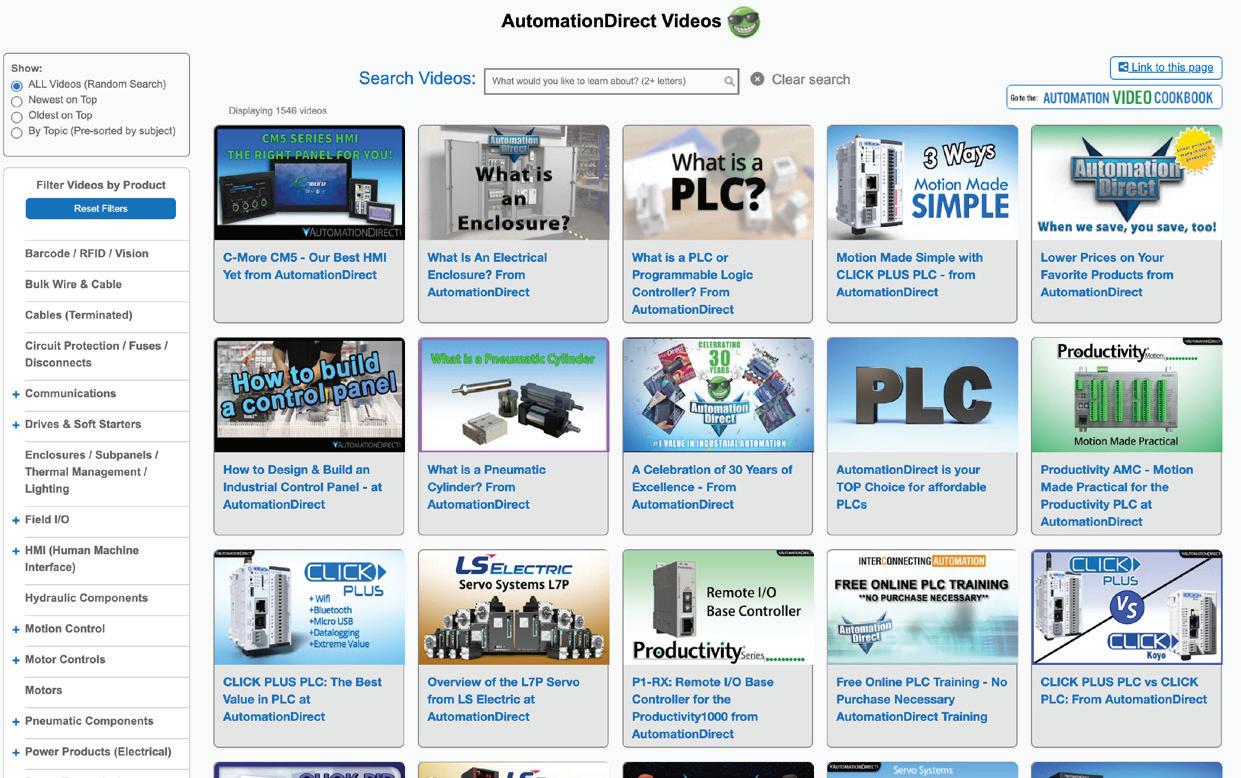
Whether you’re looking for help programming a PLC, help deciding which pneumatic component you need, help selecting a sensor, or you’re just looking for some new-found knowledge, look no further than AutomationDirect’s video library. This video library is easily accessed from AutomationDirect’s home page and has thousands of videos at your fingertips. All 100% free to watch, so watch when you want as many times as you want.
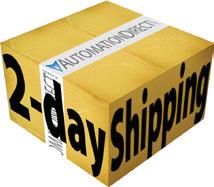

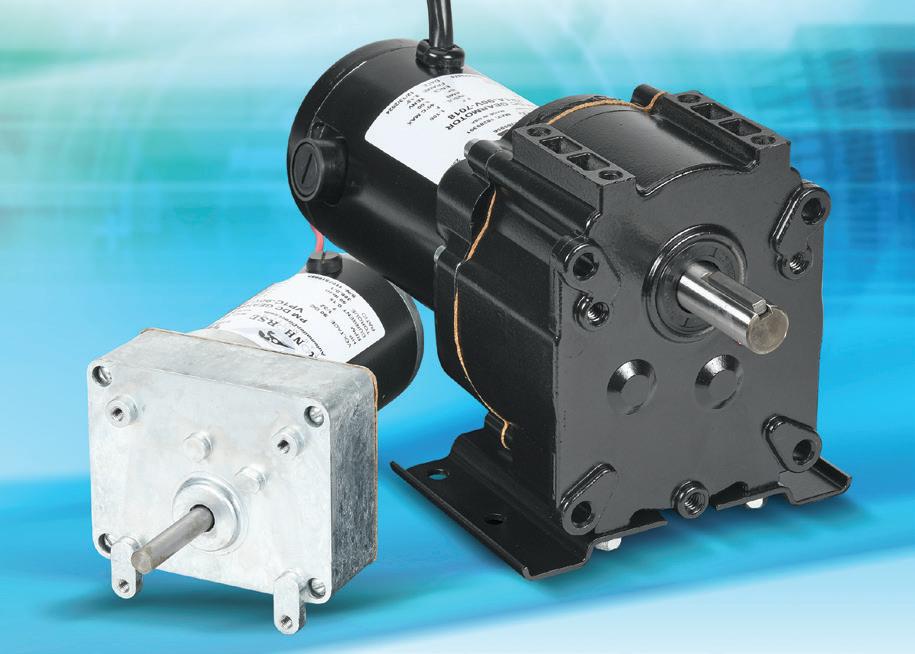
Ironhorse VP1 Series DC Gearmotors
AutomationDirect has added IronHorse VP1 series DC gearmotors that are designed to power high-torque mechanical loads at lower speeds with a compact motor. They are powered by 90 VDC and are designed for use with unfiltered SCR or PWM waveforms generated by a DC drive. They can also be used in across-the-line applications. They all come in a rugged die-cast aluminum frame and are offered in three frame sizes. These gearmotors can provide torque up to 280 in-lbs, with a maximum speed of 165 rpm. Wiring is a simple two-lead connection and brushes are externally replaceable for easy maintenance. VP1 series DC gearmotors are manufactured in the USA and come with a 1-year warranty.
The new IronHorse VP1 series DC gearmotors start at $230.00 (VP1C90V-1007).
Learn more by visiting: https://www. automationdirect.com/dc-gearmotors
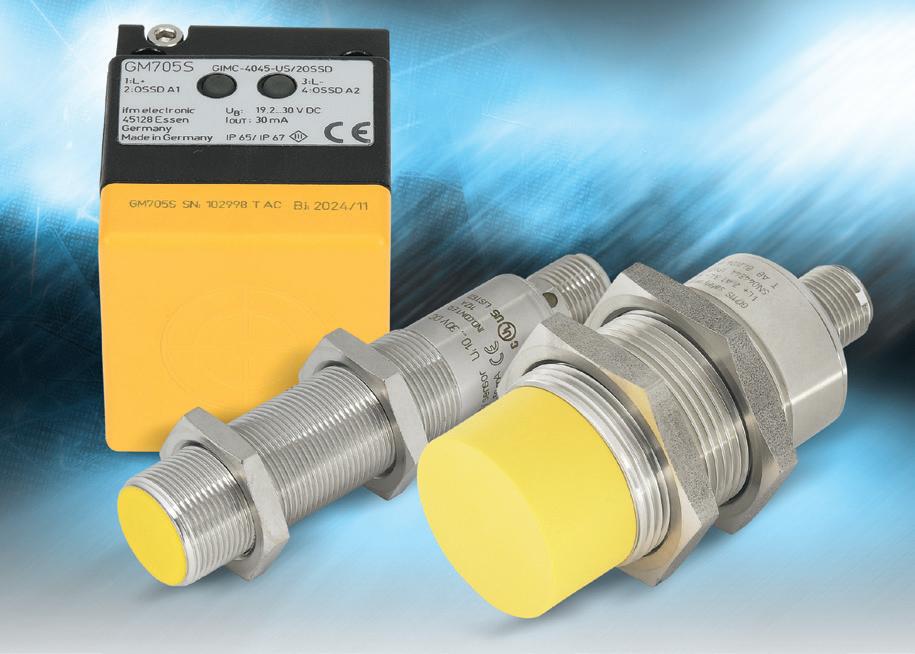
ifm Fail-safe Inductive Sensors
AutomationDirect has added ifm fail-safe inductive sensors featuring (2) OSSD outputs that can be connected to a safety relay for safety applications requiring the detection of metal objects. These sensors are designed to trigger a safe state (like stopping a machine) if the sensor fails, reducing the risk of injury to personnel or damage to equipment.
The ifm inductive sensors are available in 12mm, 18mm, and 30mm tubular and 40 x 40mm cube styles and are constructed of stainless steel or bronze-plated brass. Flush mount and non-flush mount models offer installation flexibility. All models come with a 4-pin M12 quick-disconnect, environmental ratings of IP65/IP67/IP68 or IP68/IP69K, and a 5-year warranty.
The new ifm fail-safe inductive sensors at $125.00 (GF854S).
Learn more by visiting: https:// www.automationdirect.com/fail-safeinductive-sensors
WAGO Single-Channel Electronic Circuit Breakers and Eco2 Series Power Supplies
AutomationDirect has added WAGO 787-3861 series single-channel electronic circuit breakers that offer a lower cost option and a compact 6mm form factor to provide safe and reliable supplementary protection for 24 VDC control circuits.
These electronic circuit breakers offer remote monitoring and control, clear LED indicators, and fast response to overloads and short circuits, minimizing downtime. They are designed for demanding environments and enhance system reliability with robust protection and easily understood diagnostics.
Distribution modules are also offered and allow expansion of 787-3861 series
electronic circuit breakers terminals. Models are available for Vout, GND, or both and are rated up to 20A.
In addition, a new 60W model has been added to the WACO Eco2 series power supply lineup, which is valuepriced and UL approved for Class 1, Div 2 hazardous locations.
WAGO 787-3861 series single-channel electronic circuit breakers and Eco2 series power supply are UL Listed, CE and UKCA marked, and offer 2-year warranties.
The new WAGO electronic circuit breaker components start at $10.00, and the Eco2 power supply is priced at $86.00.
Learn more by visiting: https://www. automationdirect.com/io-link
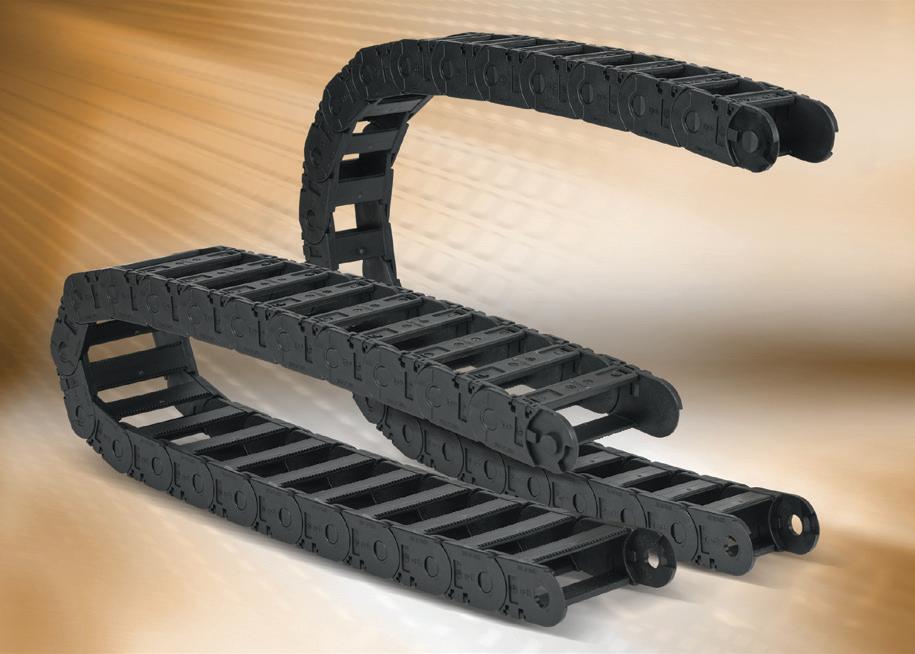
igus 2500 Series Drag Chains and Accessories
AutomationDirect has added additional drag chain options to route cables/hoses to moving components and help extend cable/hose life. The igus 2500 series cable/ hose drag chains feature a snap-open mechanism along the chain’s outer radius to allow convenient access to the chain’s channel after installation. The hinged crossbar can be swiveled by more than 180° on both sides, which allows for lightningfast closure by hand and a secure fit without additional locking devices. These drag chains are constructed of rugged igumid® G material and support cables up to 23mm [0.91in] in diameter. The 2500 series can be designed into systems requiring 2.2m [7.4ft] of unsupported spans and is capable of extending up to 100m [328ft] in a gliding configuration. End brackets provide a secure mounting point for chains and have cable tie strain relief tabs for securing cables and hoses. igus drag chain is packaged in chain lengths of 1m [3.2ft] (22 connected links) and may be shortened or extended by one or more links to fit the application.
The new igus 2500 series cable/ hose drag chains start at $59.00 (2500-03-055).
Learn more by visiting: https://www. automationdirect.com/drag-chains
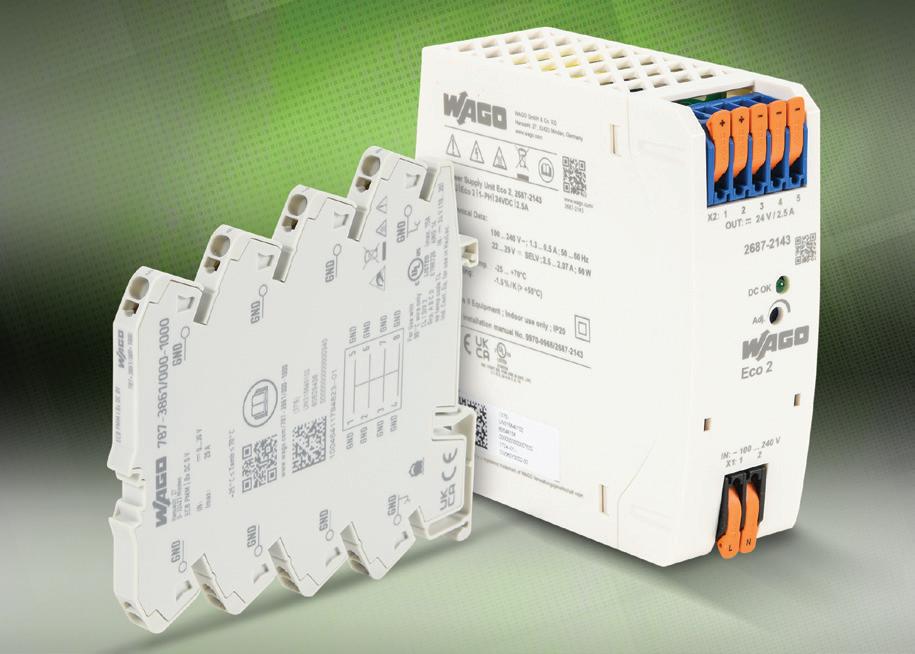
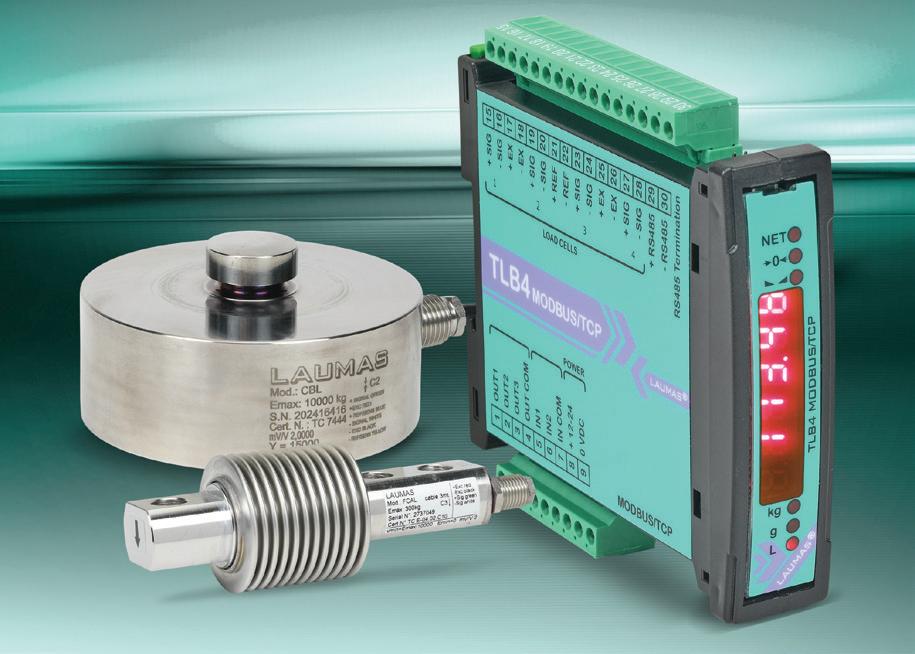
Laumas Load Cells & Electronics
AutomationDirect has added Laumas precision-engineered load cells, transmitters, and accessories that deliver reliable performance in industrial weighing and force measurement applications. The FCAL series high-precision bending beam load cells are ideal for low- to mid-capacity systems. CTL series load cells are designed for both tension and compression, with excellent linearity. The CBL series lowprofile compression load cells are perfect for space-limited applications.
Laumas load cell transmitters provide reliable signal conversion for precise monitoring and control. Single-channel models offer a 4–20 mA output and support Modbus RTU. Multi-channel models provide I/O for functions such as batching, taring, and alarming, and support Modbus TCP, EtherNet/IP, or a built-in web server for remote access. The Laumas Instrument Manager software optimizes multi-channel transmitters by enabling PC-based setup, real-time monitoring, and calibration, simplifying installation and reducing downtime.
Mounting accessories are engineered to protect load cells, maintain accuracy under dynamic loads, and extend equipment life. Equalization junction boxes ensure consistent readings across multi-cell systems.
All Laumas products deliver excellent value and are backed by a oneyear warranty.
Load cells start at $295.00 (FCAL50), transmitters start at $210.00 (TLE), the equalization board is priced at $89.00 (CE41N), and mounting accessories start at $49.00 (ANTIV45)
Learn more by visiting: https://www. automationdirect.com/weight-forcesensors
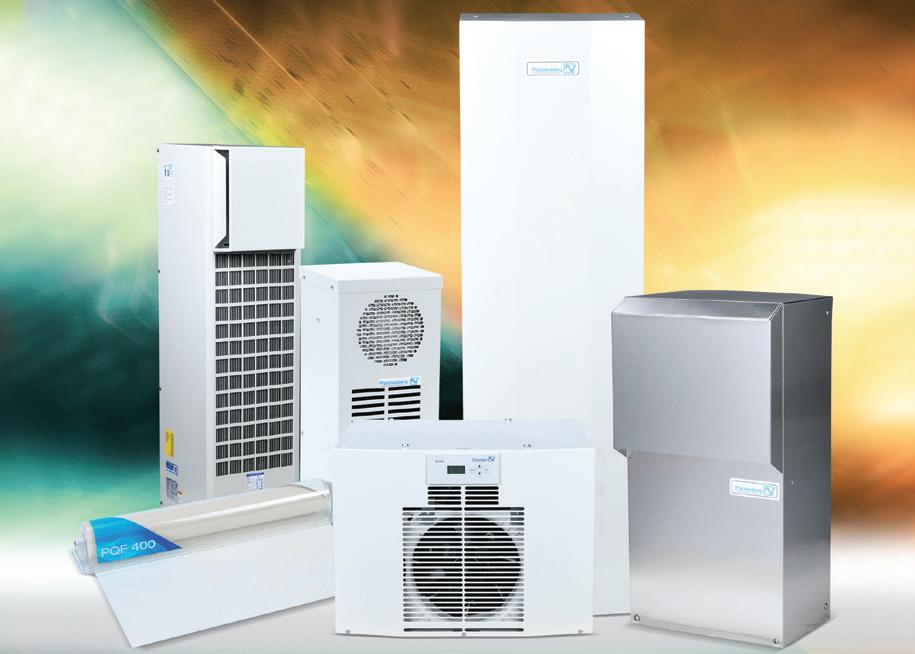
Pfannenberg Air Conditioners, Air-to-Water Heat Exchangers, and Premium Quick Filters
AutomationDirect has added Pfannenberg DTT 6000 series topmounted air conditioners which are 100% condensate safe, provide up to 14,000 BTU/H, and are ideal for space-saving installation on the top of a NEMA 12 control enclosure. Pfannenberg’s DTS series 3000 air conditioners are made in the USA, offer cooling capacities up to 25,000 BTU/H, and can be used with NEMA/UL Type 3R, 4, 4X, and 12 enclosures. They offer several frame sizes, filter-free operation, and feature compressor and fan motors outfitted with integral temperature switches.
Pfannenberg air-to-water heat exchangers are ideal for applications where a tempered water source is readily available and in any environment where ambient air temperature is high and the atmosphere is corrosive. Air-to-water heat exchangers have a high cooling capacity, are extremely energy efficient, and require less maintenance once established.
Premium quick filter rolls from Pfannenberg provide a low-cost, singleuse filter option. These premium quick filters are affixed externally, acting as the first line of defense for critical equipment and eliminating the need for tools and maintenance downtime when a filter change is needed. 60 filter sheets per roll allow for more than a year’s worth of fast weekly changes.
The new Pfannenberg air-to-water heat exchangers start at $1,536.00, air conditioners start at $2,698.50, and PQF rolls start at $119.00.
Learn more by visiting: https://www. automationdirect.com/enclosure-climatecontrol

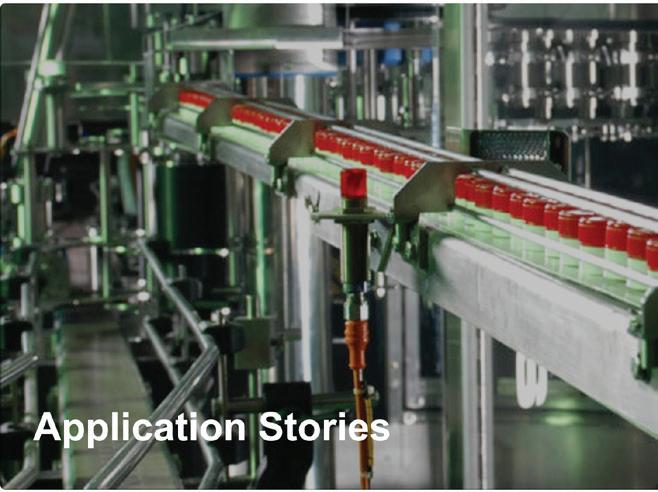


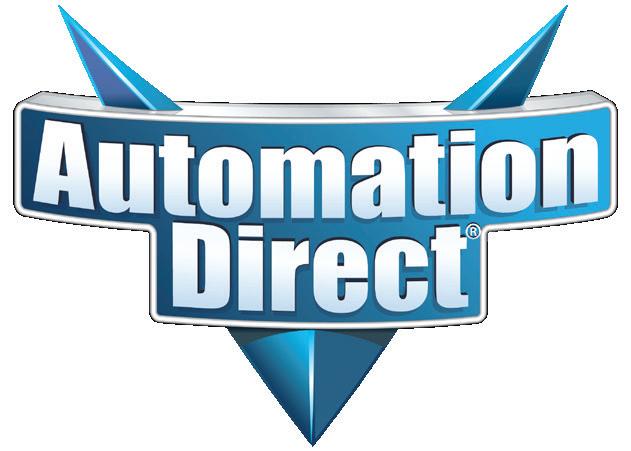
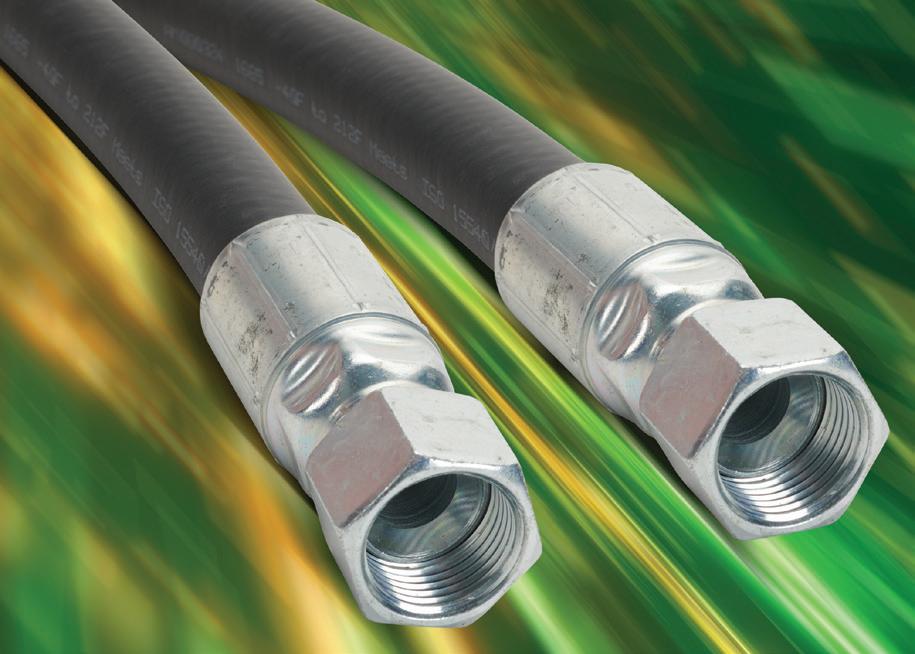
Royal Brass Hydraulic Hose & Adapters
AutomationDirect has added new Gates hydraulic hose assemblies from Royal Brass & Hose. These hose assemblies eliminate the need to cut and terminate hydraulic hoses on-site and are offered in the ProFlex or MXT series. The ProFlex series features a compact construction with a smaller outer diameter, allowing them to flex with less force. This series is perfect for variable pressure applications or when cost is a concern.
The MXT series provides a light, flexible hose assembly with exceptional durability and strong construction for a longer life. This series is ideal for harsh environments. Both MXT and ProFlex hose assemblies are offered in pre-cut lengths up to 10 feet and are terminated with a Gates MegaCrimp coupling, which is stronger and more durable than a traditional fitting.
HY-TECH adapters are made from plated steel and are available in many connection styles, allowing for the final connections to be made between hoses and valves, actuators, or manifolds. All products meet SAE J514 & 6149-3 and come with a 1-year warranty.
The new Gates hydraulic hose assemblies start at $29.00 (1/4PFX-24INFJXEE), and HY-TECH adapters start at $3.75/2pk (4MJ-4MB).
Learn more by visiting: www. automationdirect.com/hydrauliccomponents
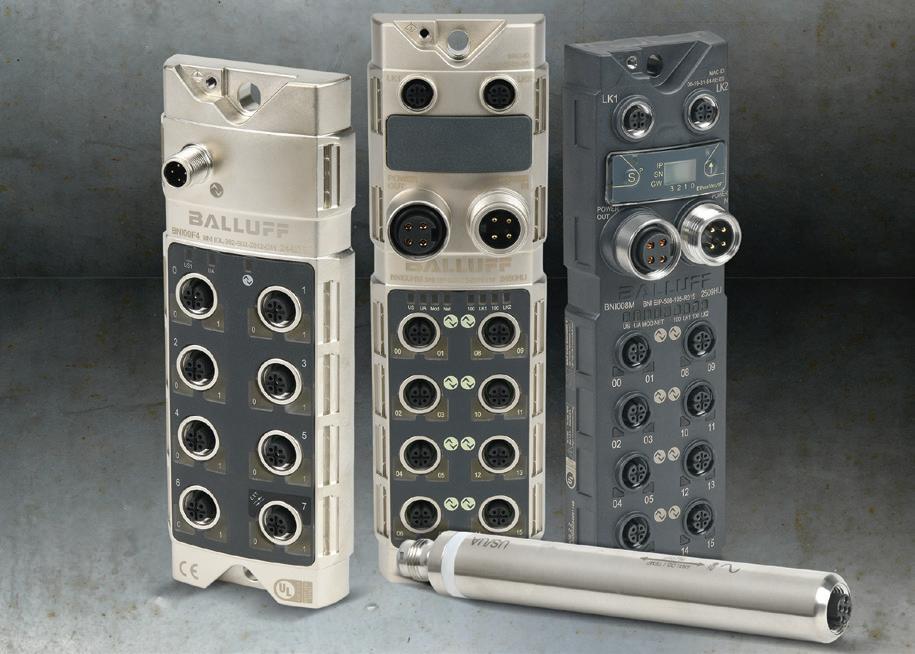
Balluff EtherNet/IP IO-Link Master Modules, Hubs, and Analog Converter
AutomationDirect has added Balluff EtherNet/IP IO-Link master modules that provide EtherNet/IP communication for IO-Link systems, with a REST API and/or MQTT support depending on model. They are available in a rugged IP67 die-cast zinc nickel-plated housing for harsher environments or in a weldproof potted plastic format. Select models include built-in screen interface for easy IP, subnet mask, and gateway configuration.
Balluff IO-Link hubs allow several sensors and actuators to be easily connected to an IO-Link master via a standard sensor cable and are housed in die-cast zinc nickel-plated housings to withstand extreme conditions. These hubs transmit standard field I/O signals, including analog and temperature data. Both masters and hubs are machine mountable and do not require enclosures.
Also available is a Balluff IO-Link analog converter, which provides a low-cost solution to convert various analog I/O signals into a single I/O-Link connection.
The Balluff EtherNet/IP IO-Link master modules start at $549.00, the new IO-Link hubs start at $291.00, and the IOLink analog converter is priced at $249.00.
Learn more by visiting: https://www. automationdirect.com/io-link
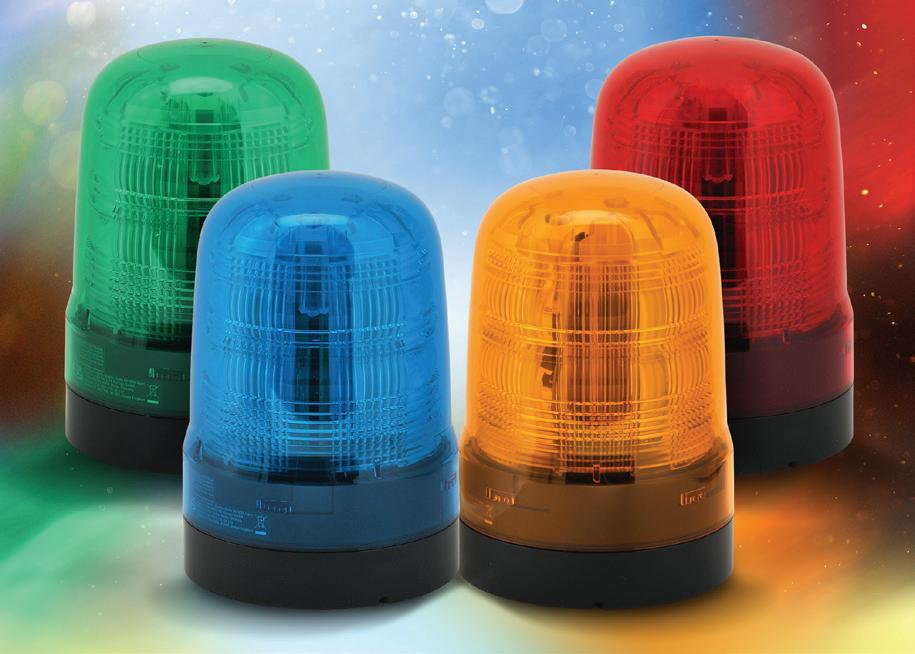
Patlite Visual and Audible-Visual Industrial Signal Beacons
AutomationDirect has added Patlite industrial signal beacons, which provide a clear and unambiguous visual indication, ensuring quick and easy detection by floor personnel. These beacons are available in three series with various monocolor options and a Fresnel lens that distributes ambient, uniform light from all globe surfaces, including the top. All series are IP23 rated and can reach the IP65 rating by using the optional gasket.
The SF series is a multifunction unit that offers 22 selectable light patterns, including simulated rotation, flashing, and pulsing. The SK series has a 120 rpm rotating reflector mounted on steel ball bearings for reduced wear and long-lasting operation. The SL series has a wider light-emitting surface with over 5 times the luminous intensity of competing products and includes a selectable continuous blinking or triple flash lighting pattern.
Patlite audible-visual monocolor industrial signal beacons are identical to the visual series above, but each series adds an 86- or 88-dB audible signal for increased indication awareness.
Patlite visual industrial beacons start at $89.00 (SKS-M1J-B), and the audiblevisual industrial beacons start at $112.00 (SL08-M1KTB-B).
Learn more by visiting: https://www. automationdirect.com/signal-devices








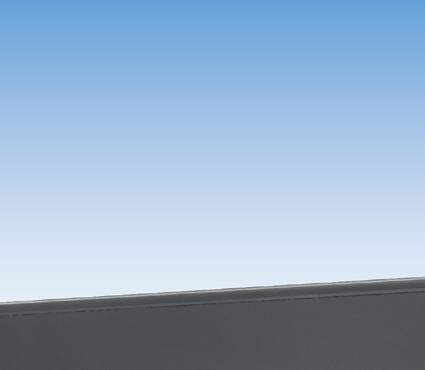
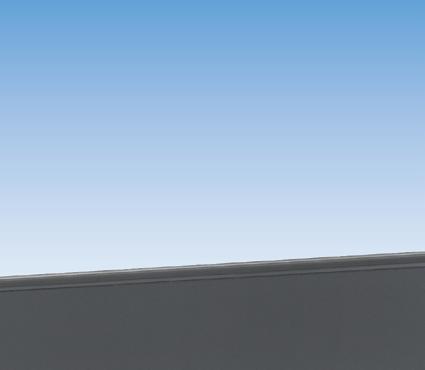



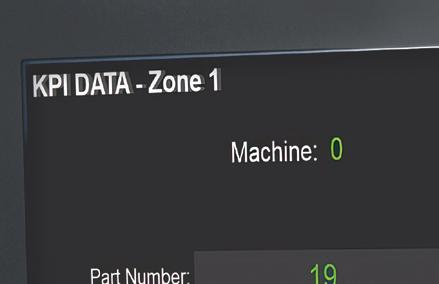
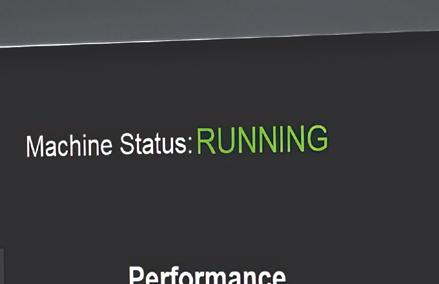
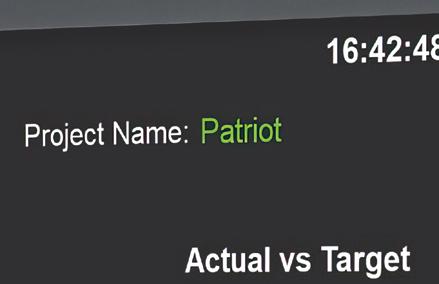

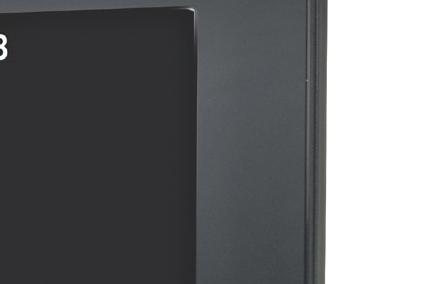

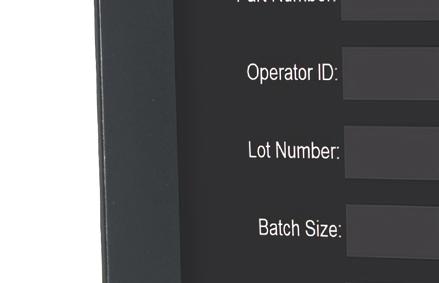
FREE CONFIGURATION SOFTWARE


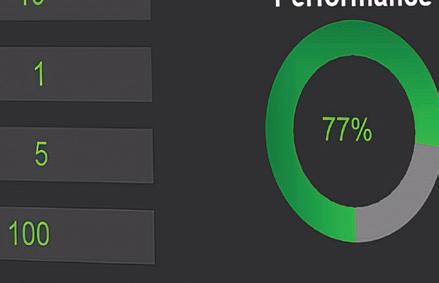
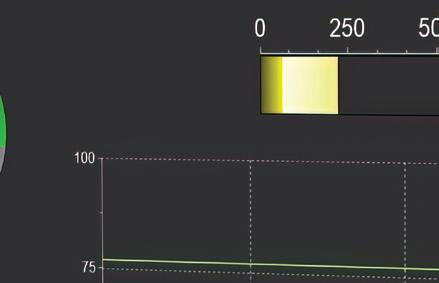

with thousands of ready-to-use objects
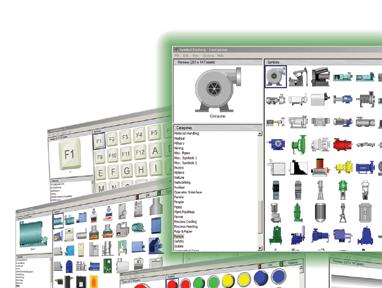


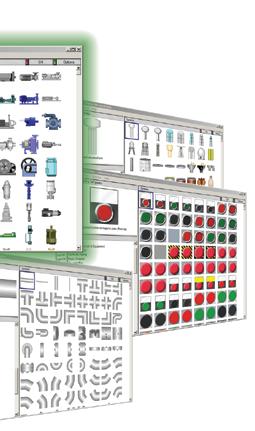
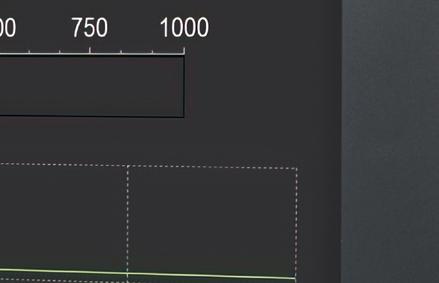
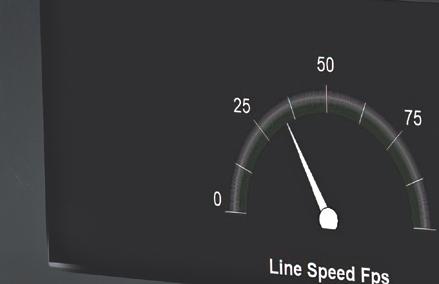



CM5 Series High-performance HMIs

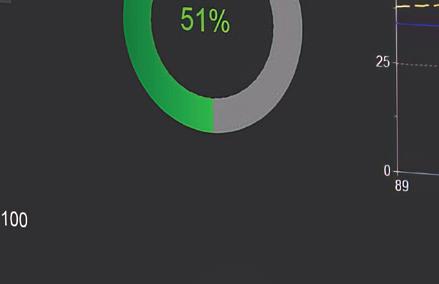
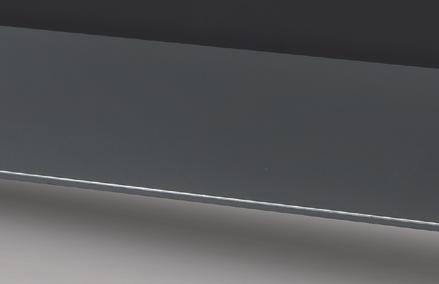

The C-more CM5 HMI series o ers low-cost, high-performance HMIs in sizes from 4 inches (only $340.00) to an impressive 22 inches (only $2,299.00). With an amazing 1.6 GHz processor in the larger units (10” and above) and 90 Mbytes of memory, these HMIs provide better trending, extra data storage, faster communication, improved le types, and 16.7 million screen/object color options.


All CM5 panels have serial and Ethernet ports (dual Ethernet ports on 10” or larger models) that support many of the most popular industry protocols, including EtherNet/IP, MQTT, and Modbus. The included USB ports provide in-an-instant connections for keyboards, barcode scanners, memory storage, etc. and the embedded SD-card slot provides easy project transfers or up to an additional 2TB of data storage (depending on model) for important log les.

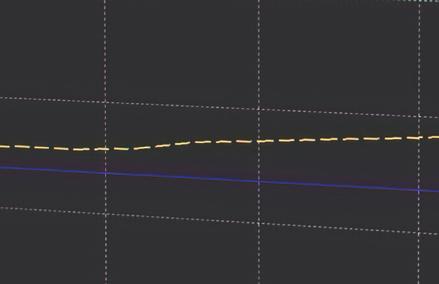
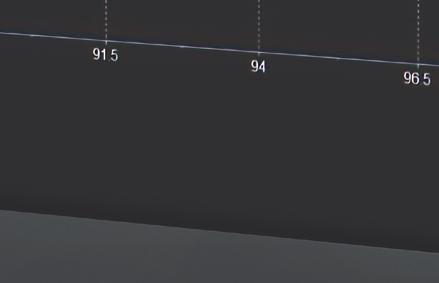
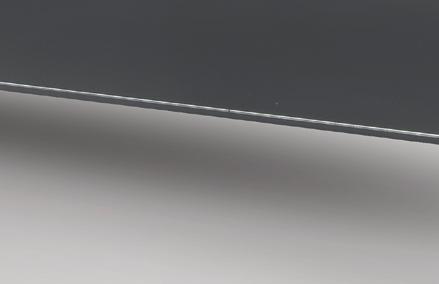
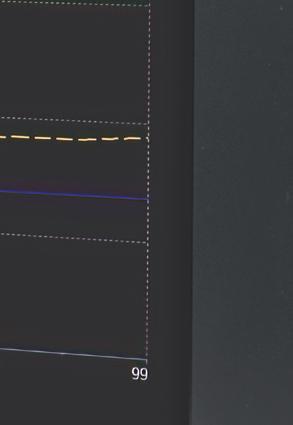




Plus, all C-more HMIs come with FREE, powerful, easy-to-use programming software and FREE technical support!

















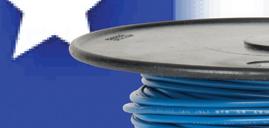





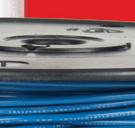
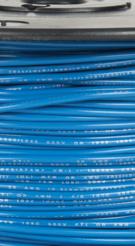
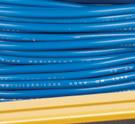




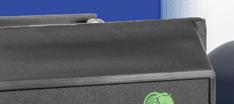





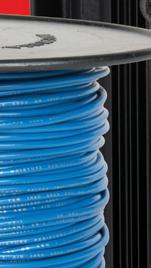

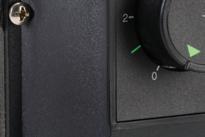
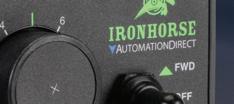


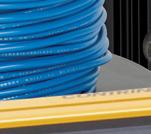
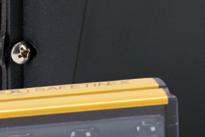
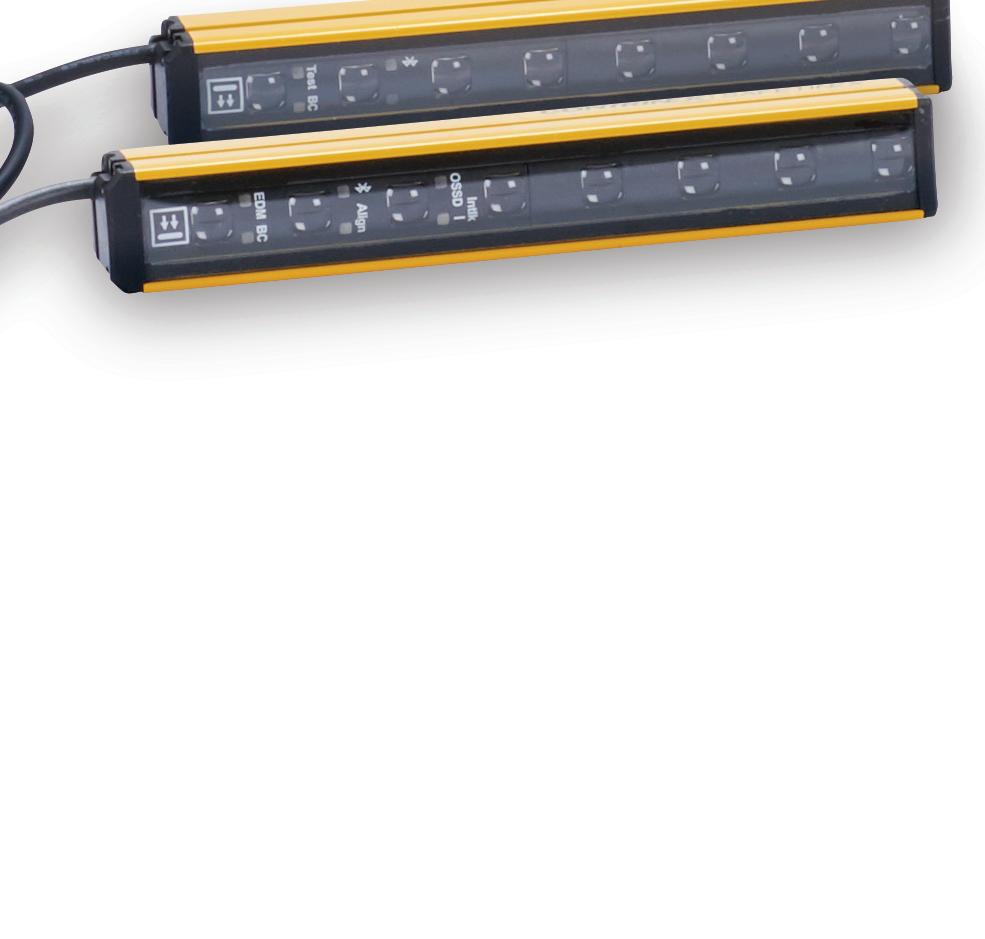

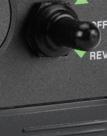
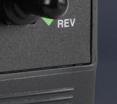
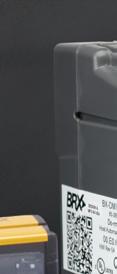


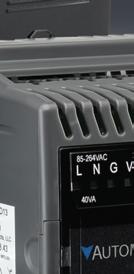

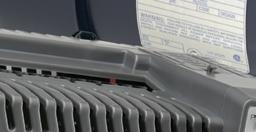
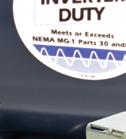
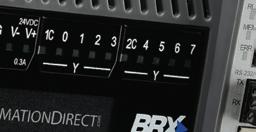






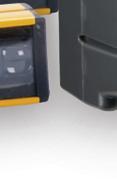

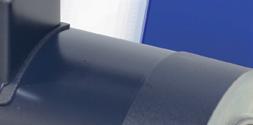


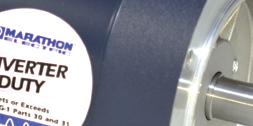
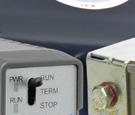
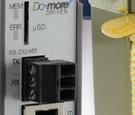

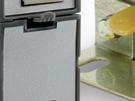
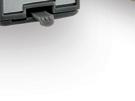
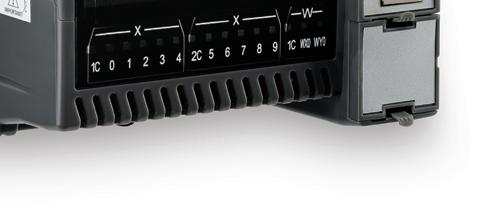
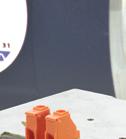
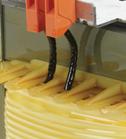



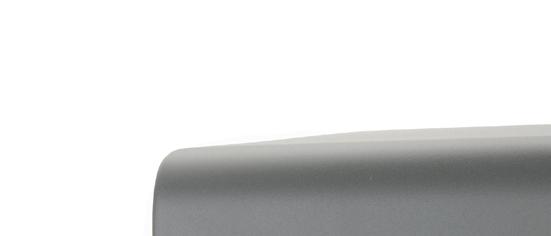

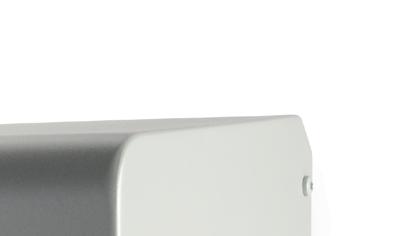

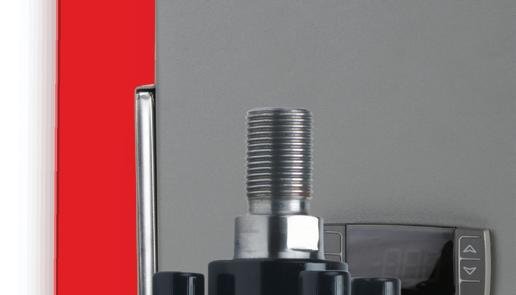

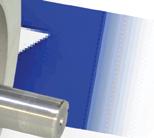



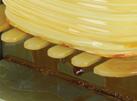

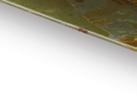






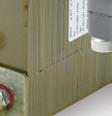
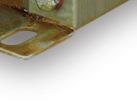

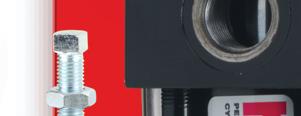

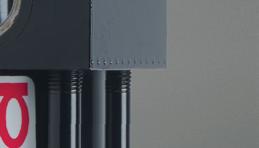


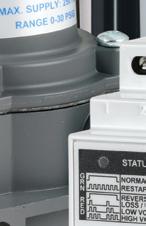

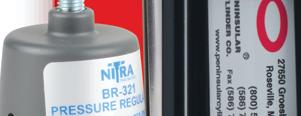


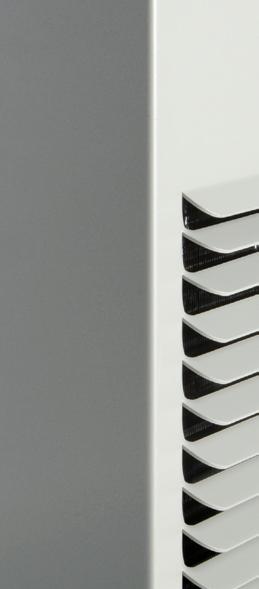
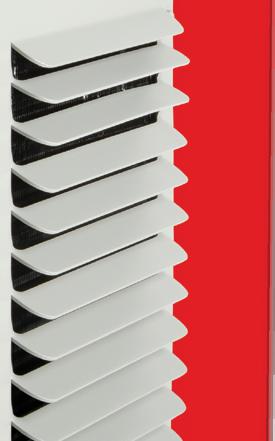

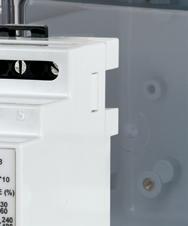
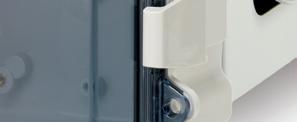
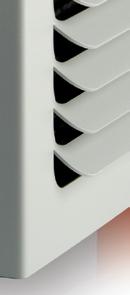
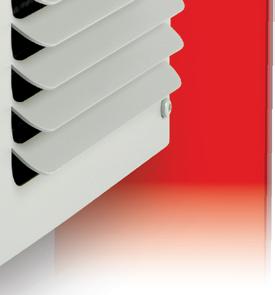
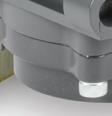


















AutomationDirect has a vast array of affordable automation products sourced from all over the world including an extensive selection of components manufactured right here at home. From PLCs, to wire, and beyond, if you need American quality at great prices, then you need AutomationDirect!


